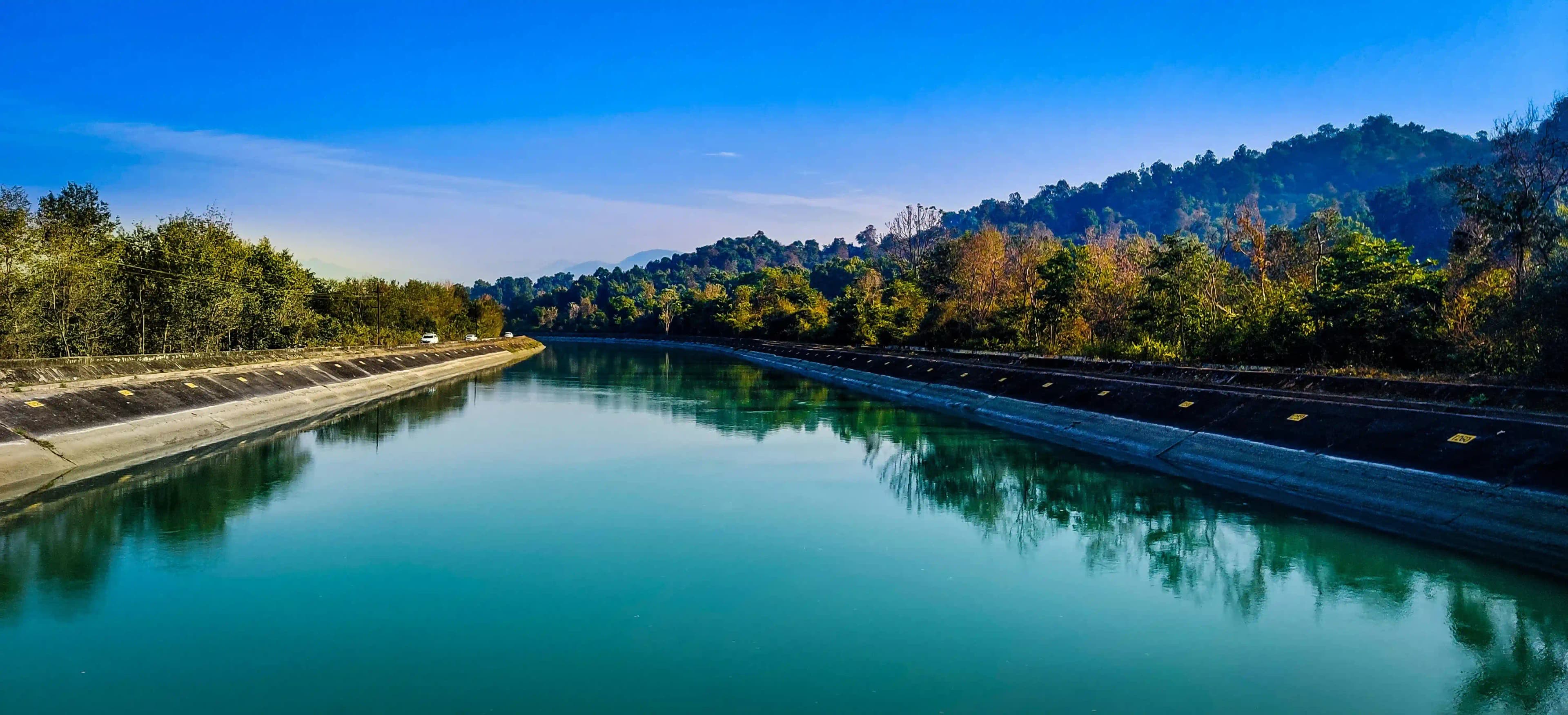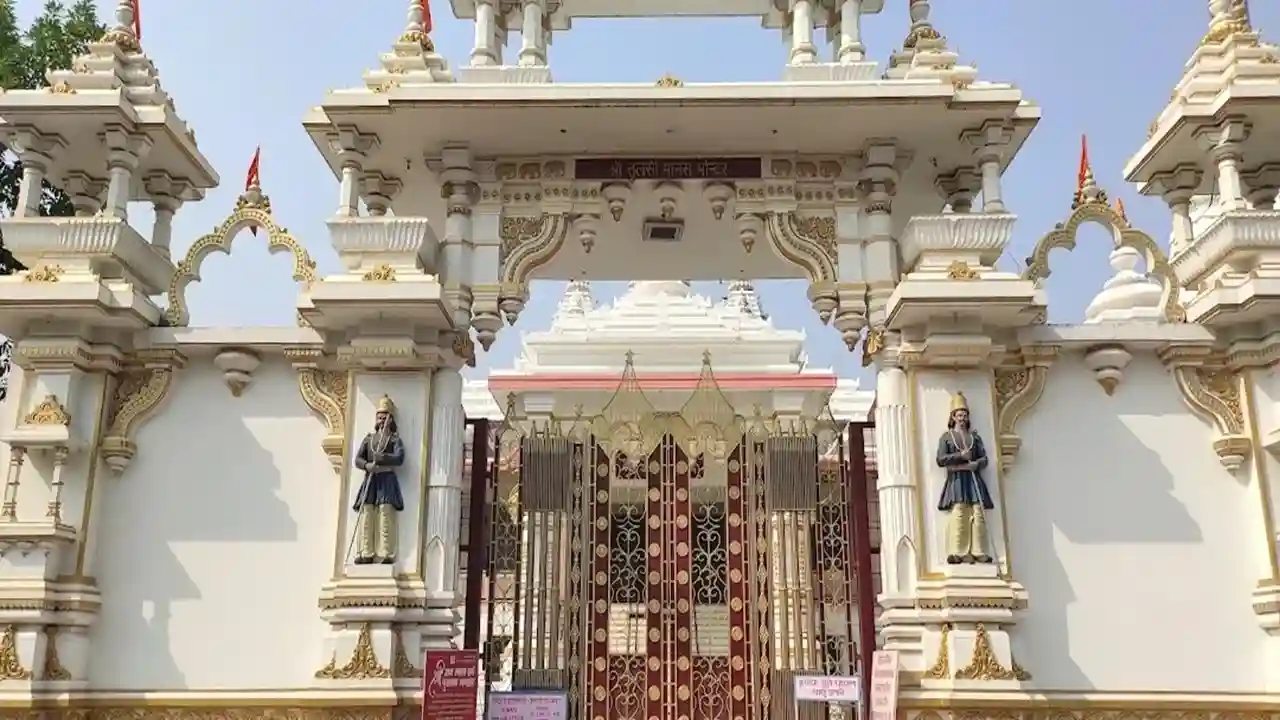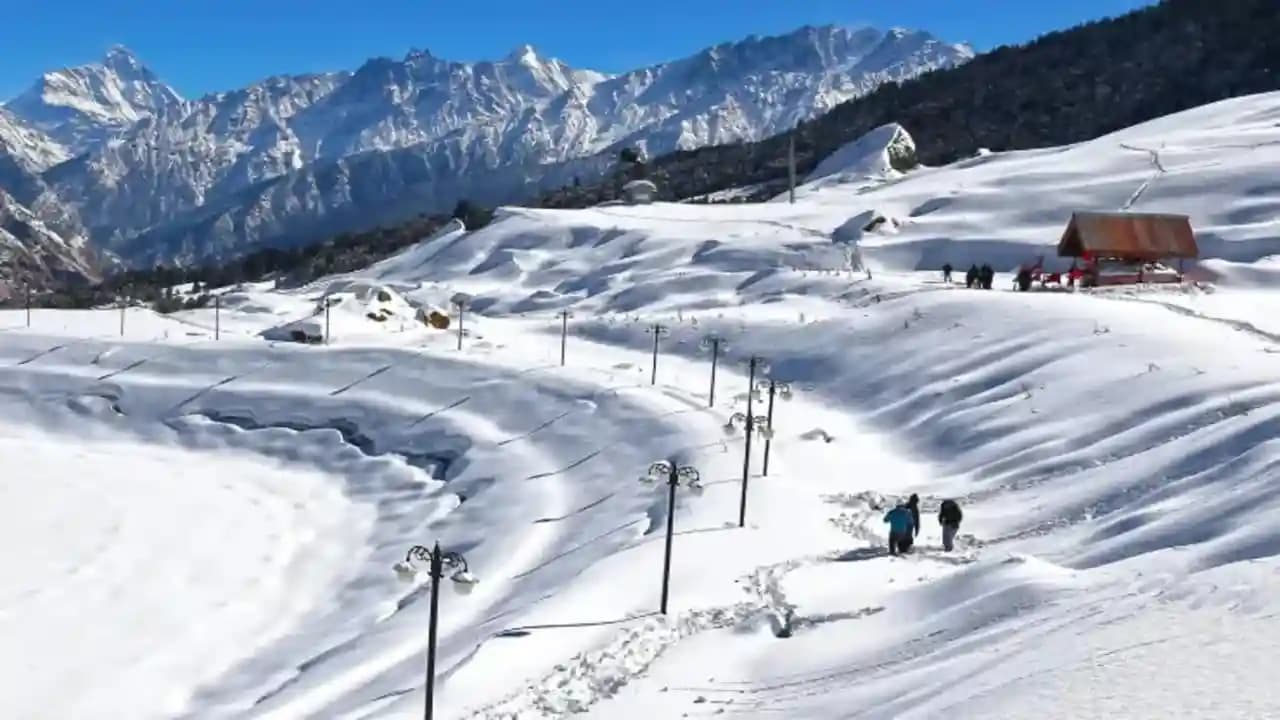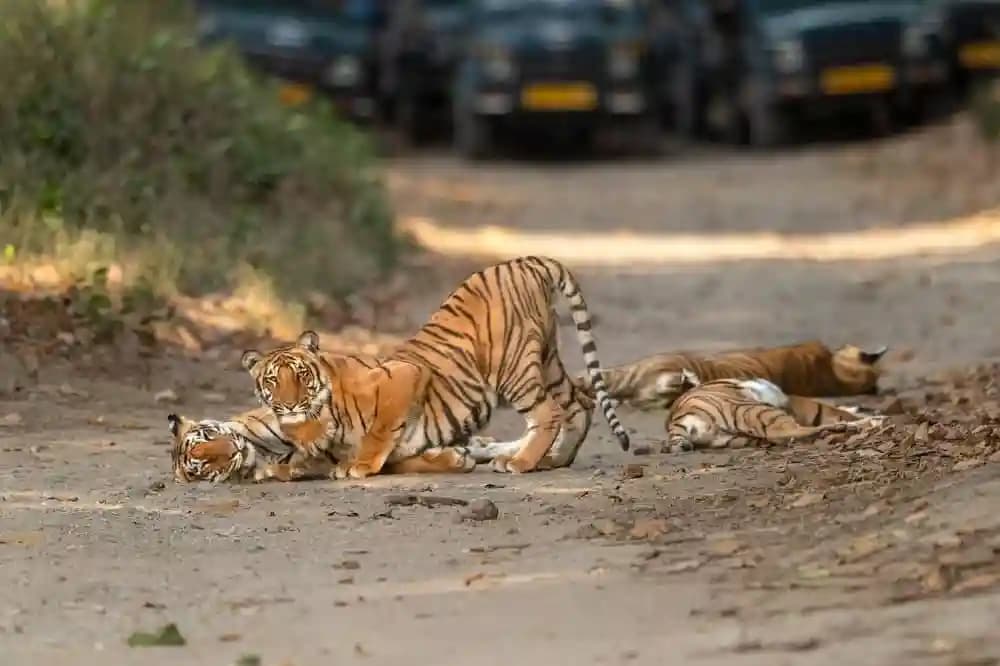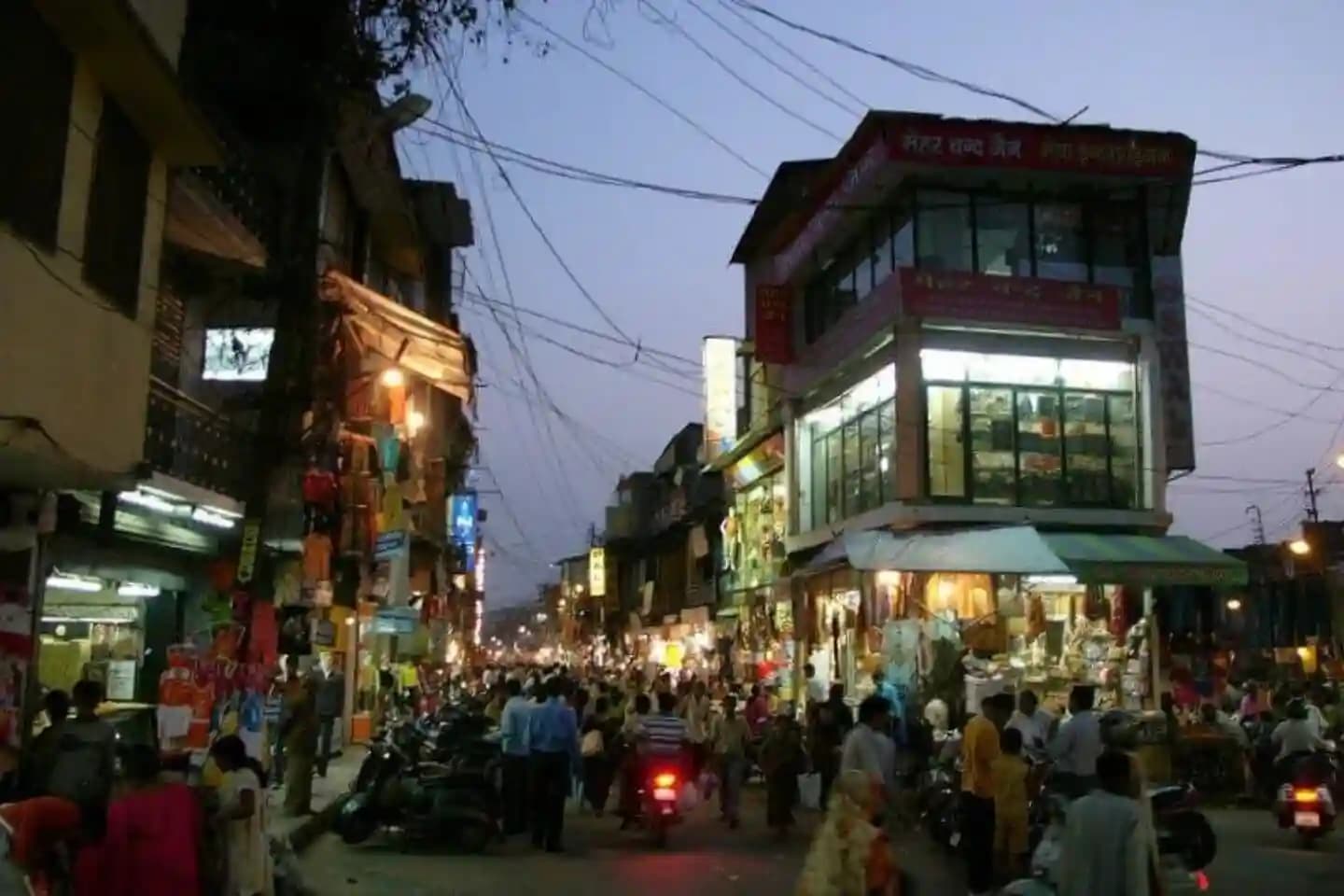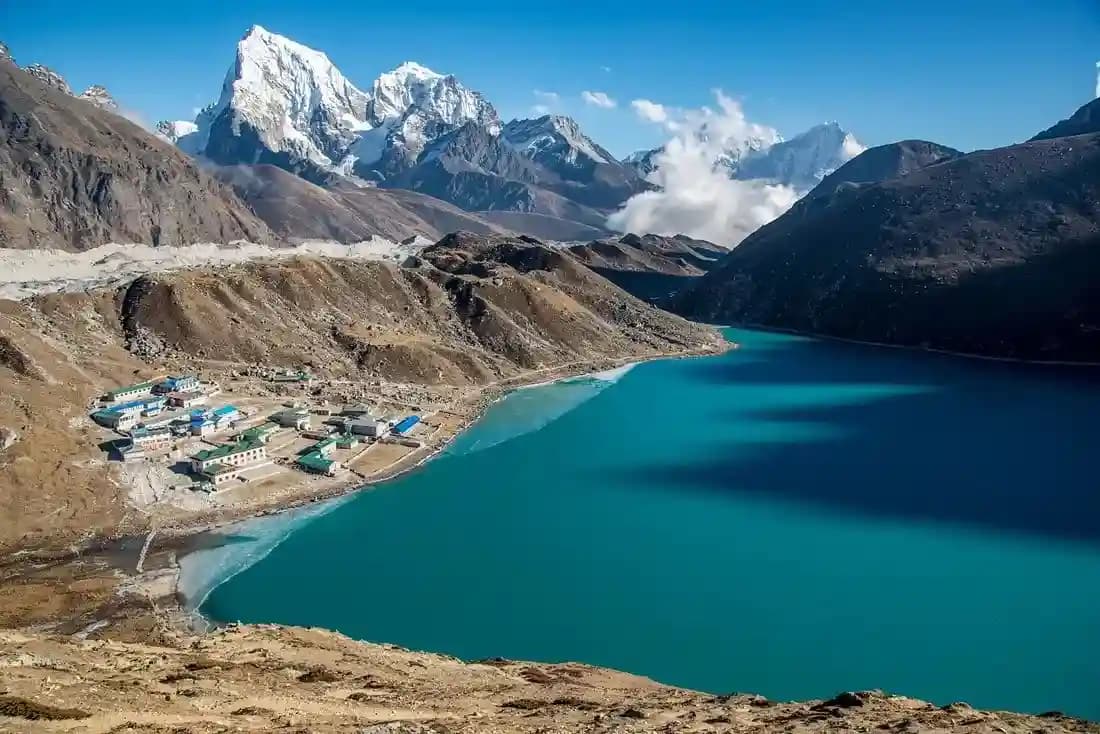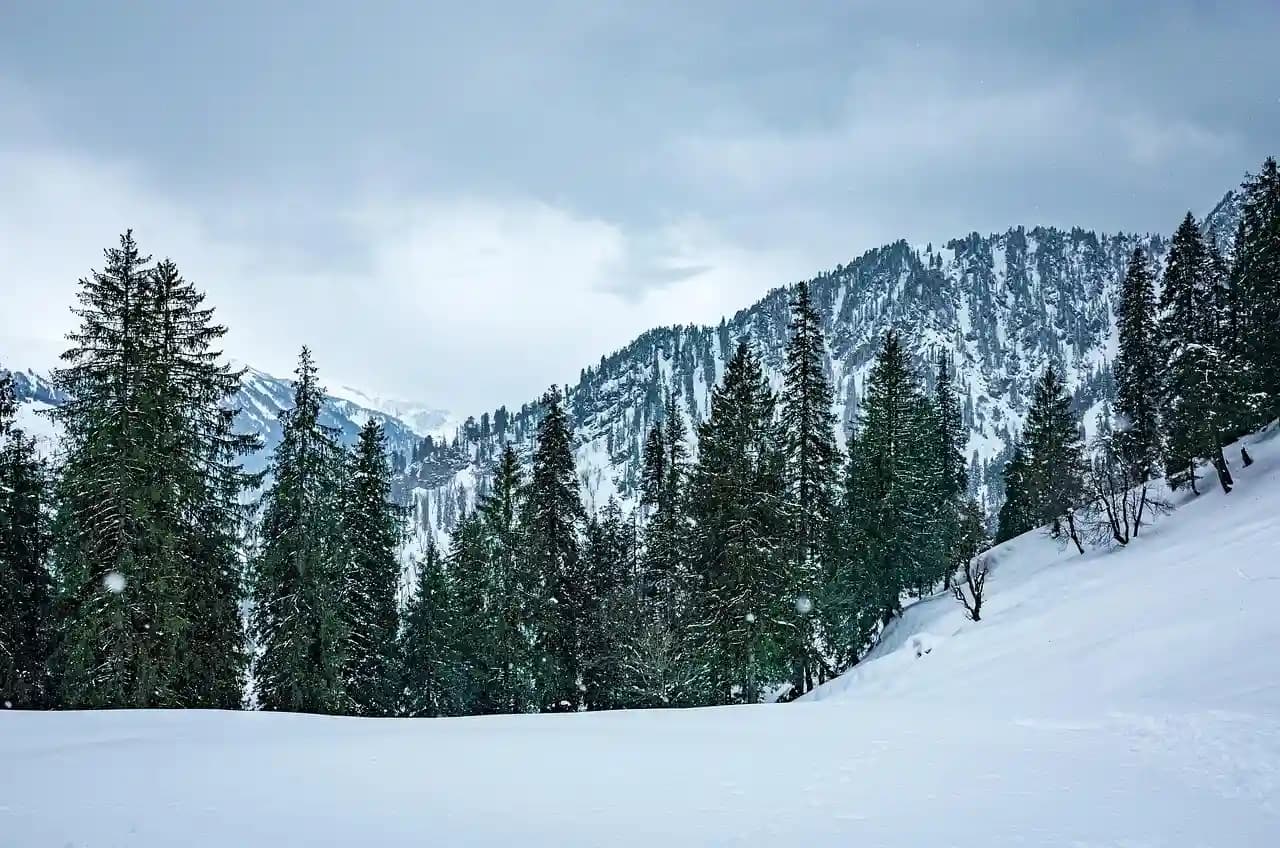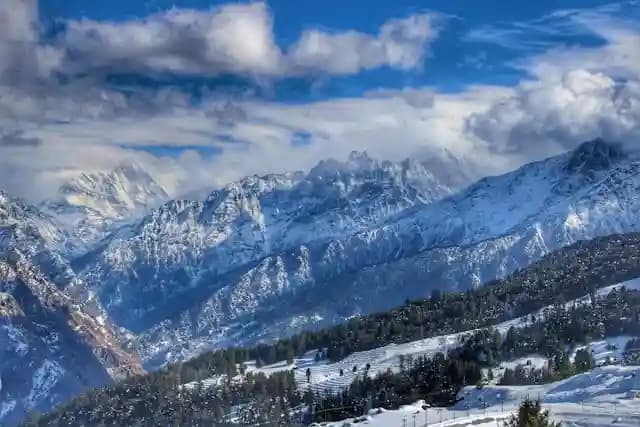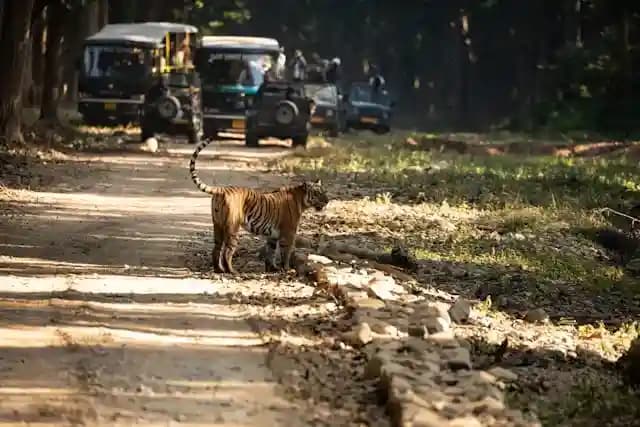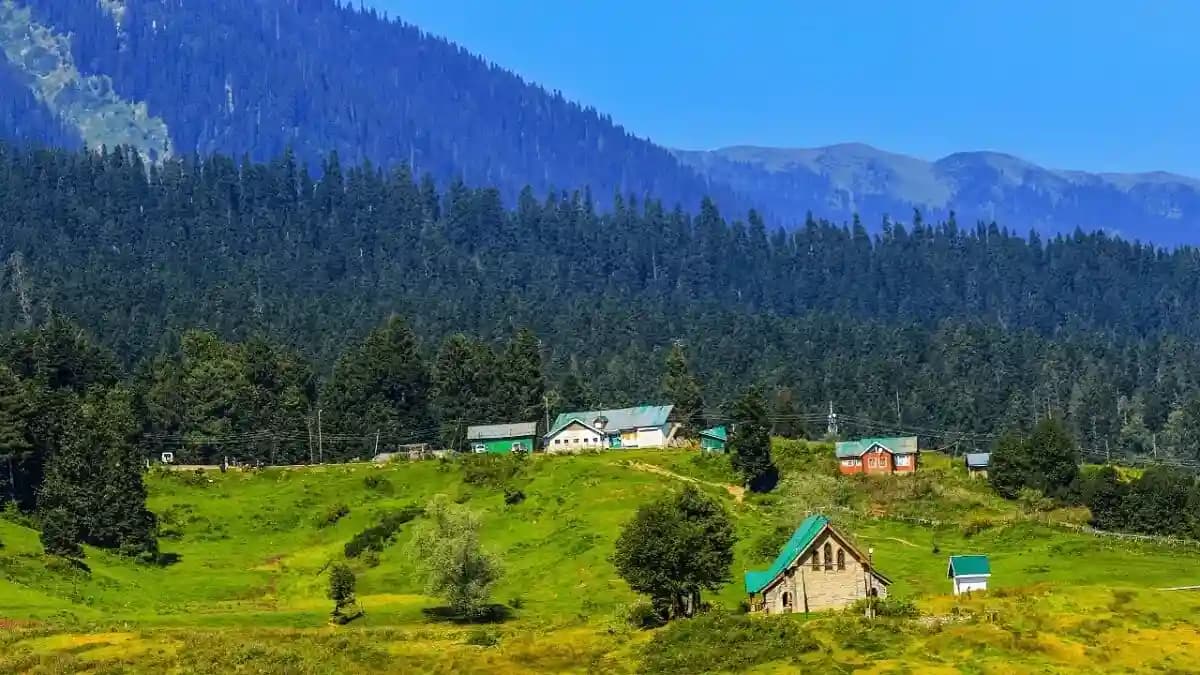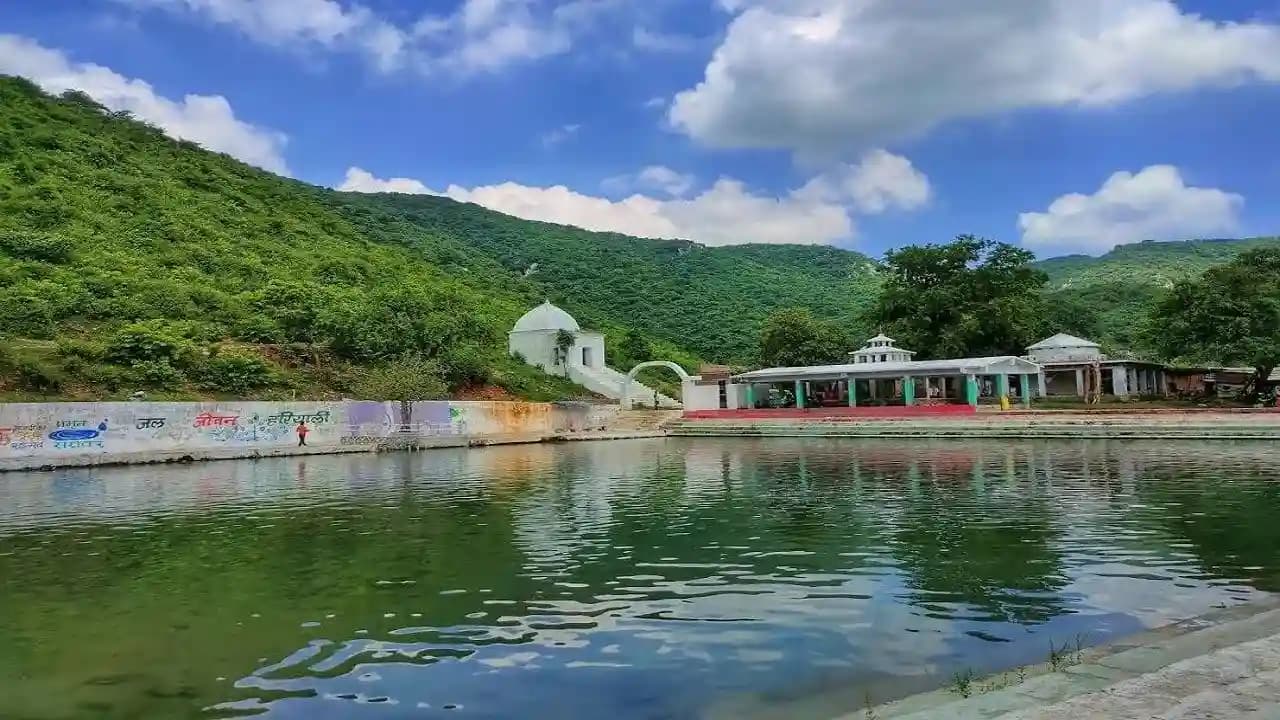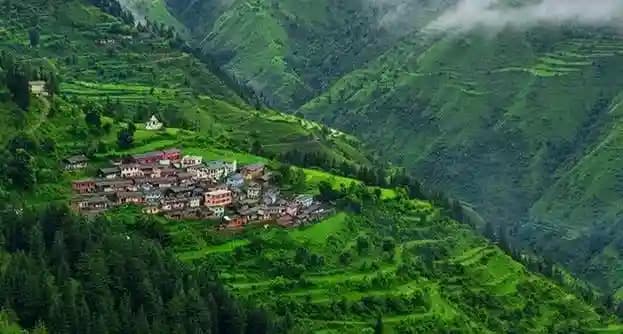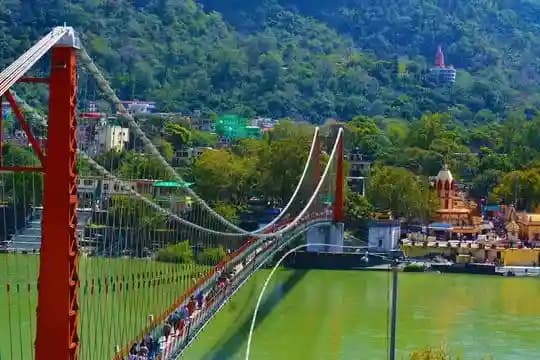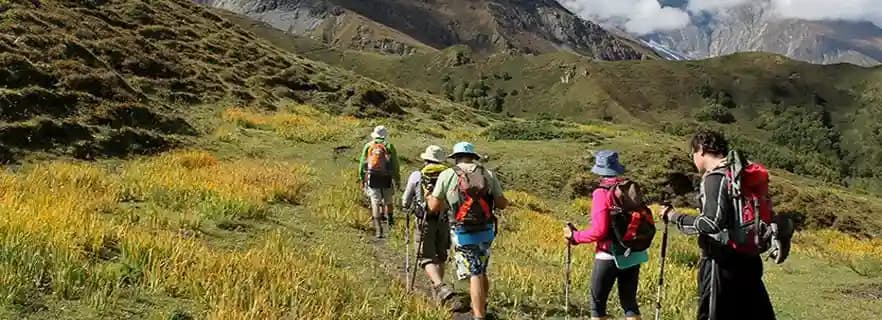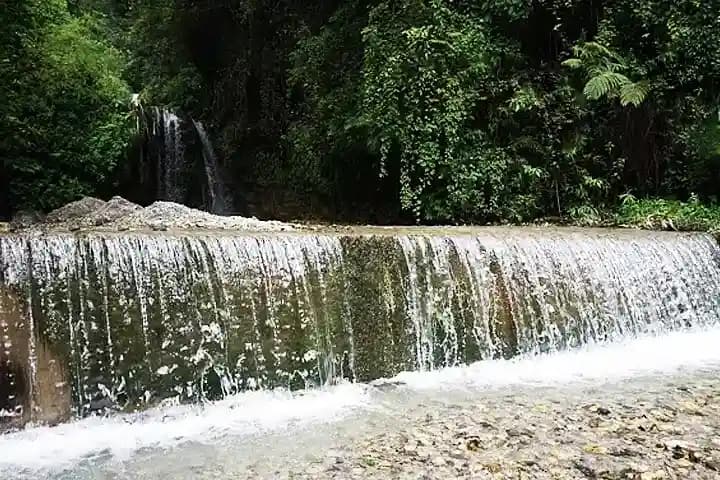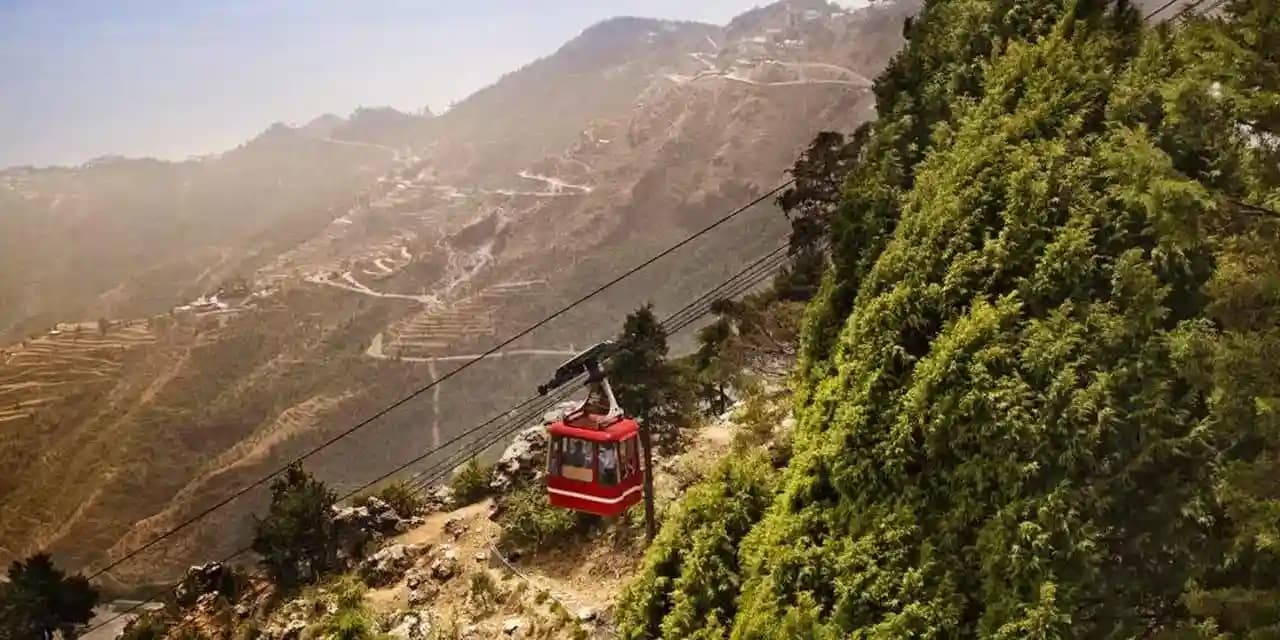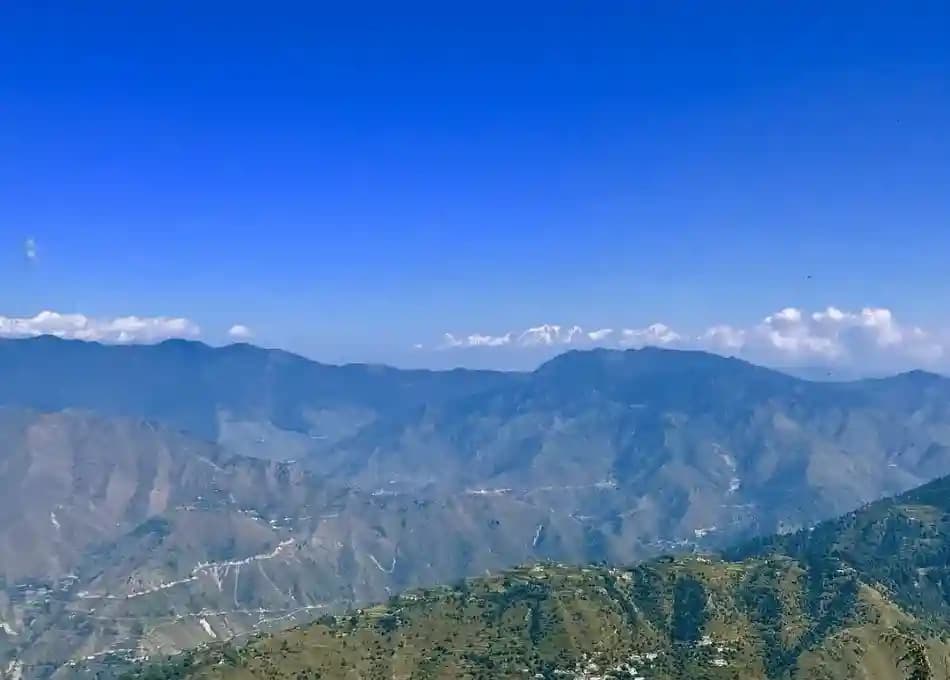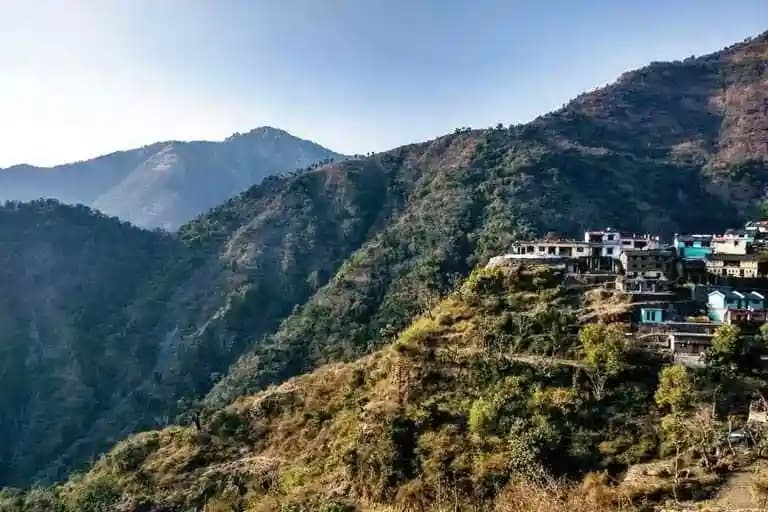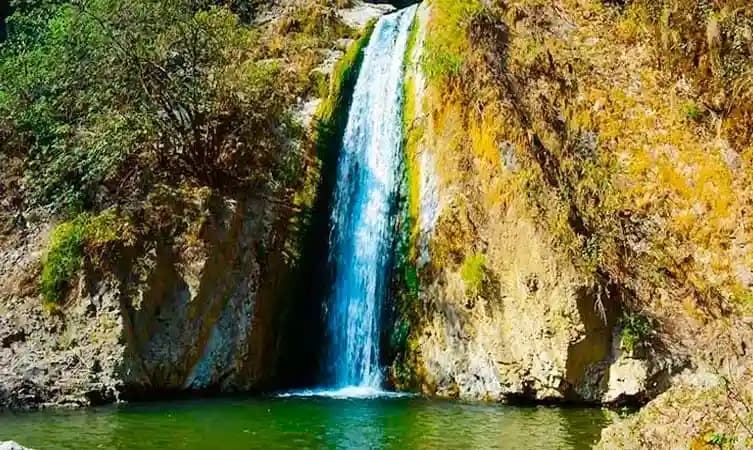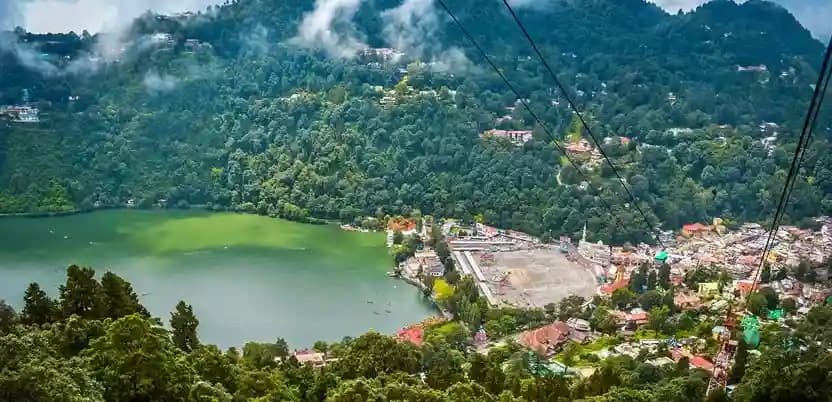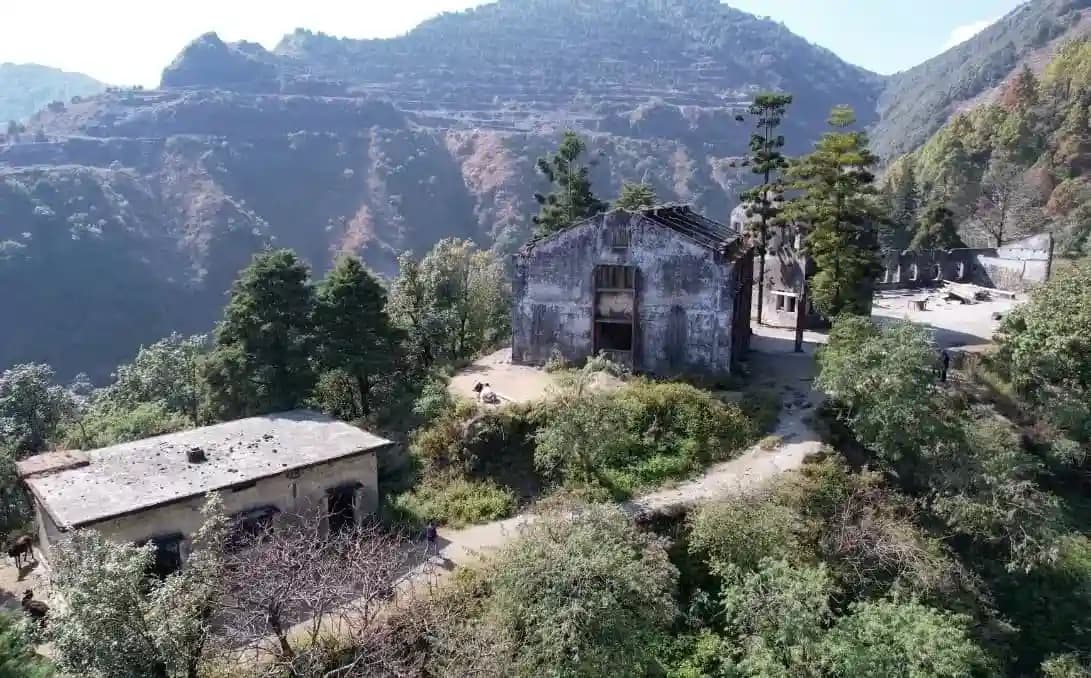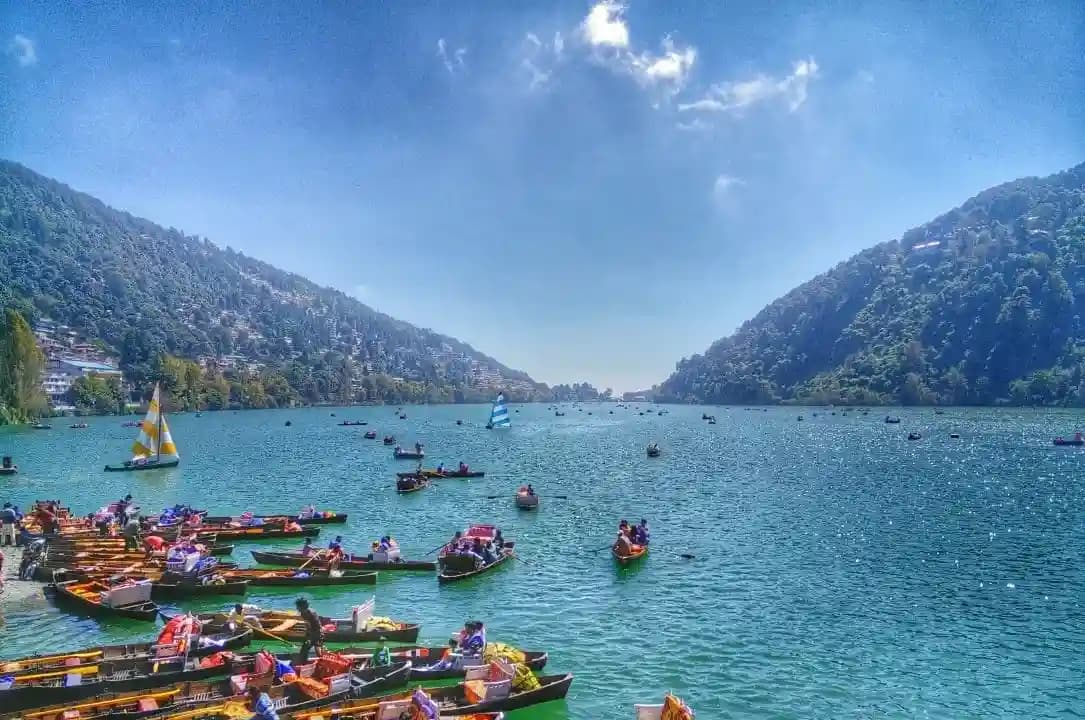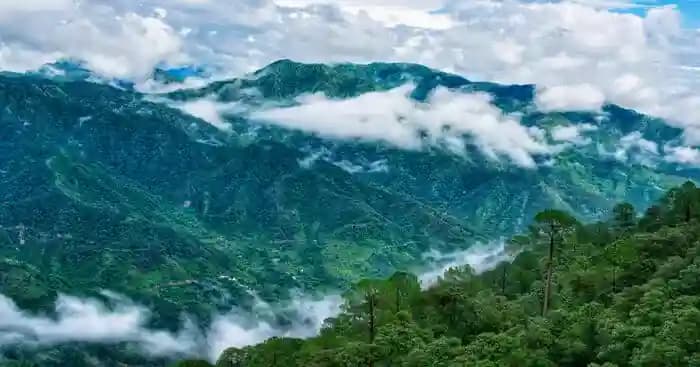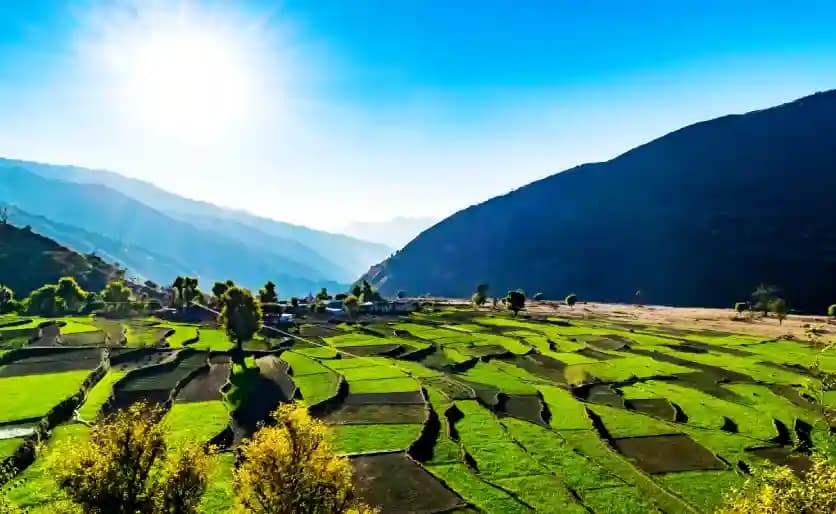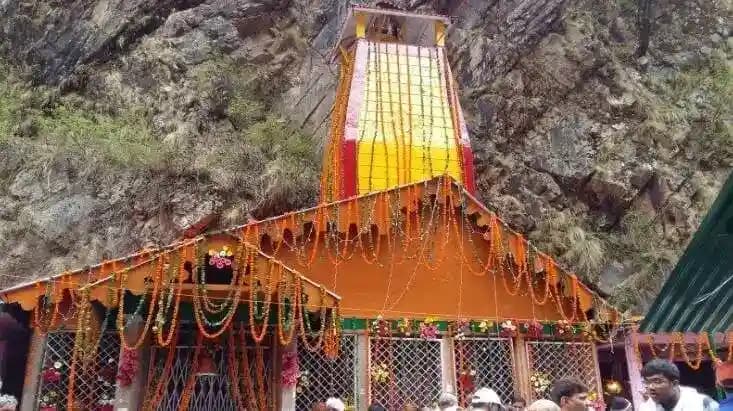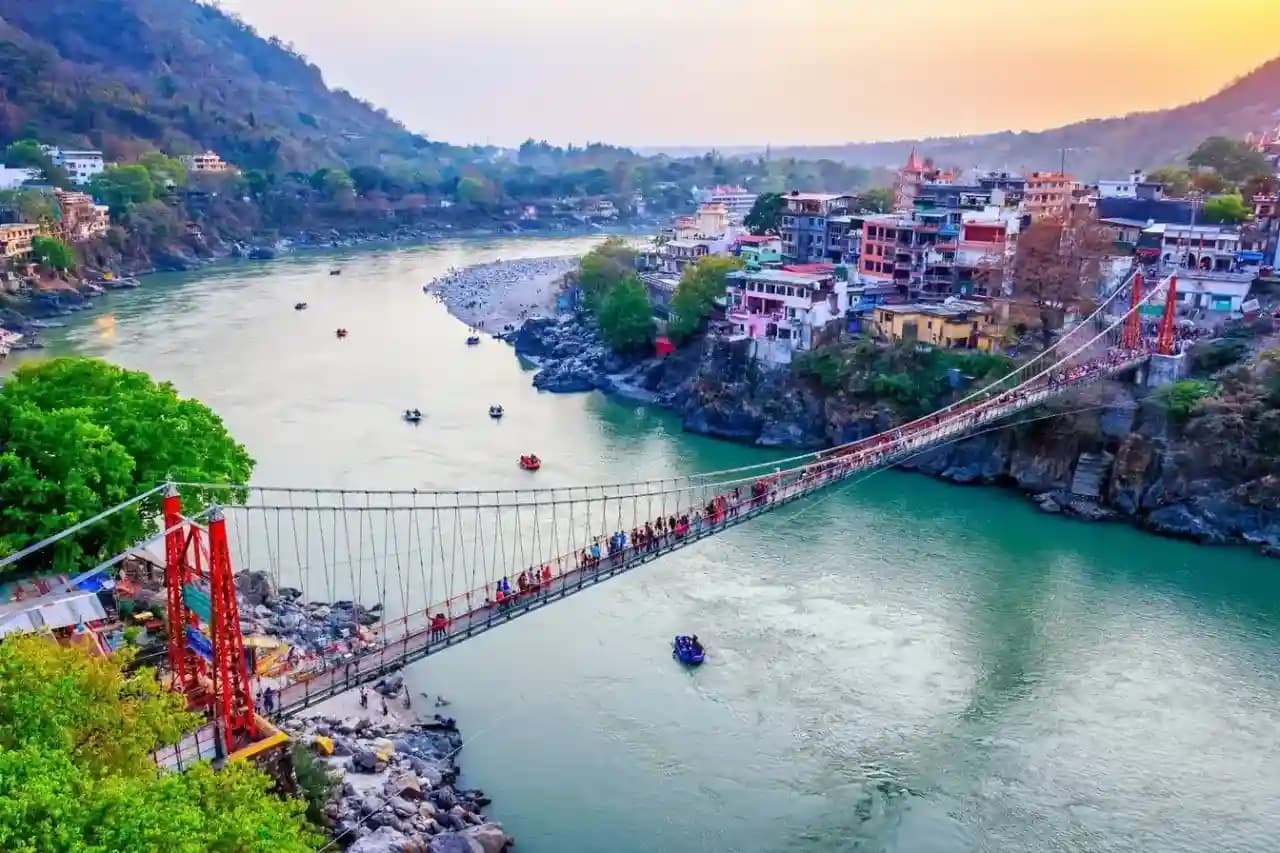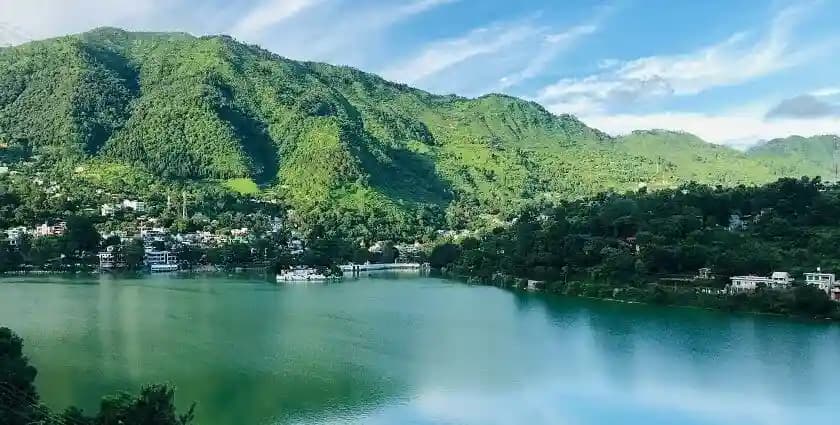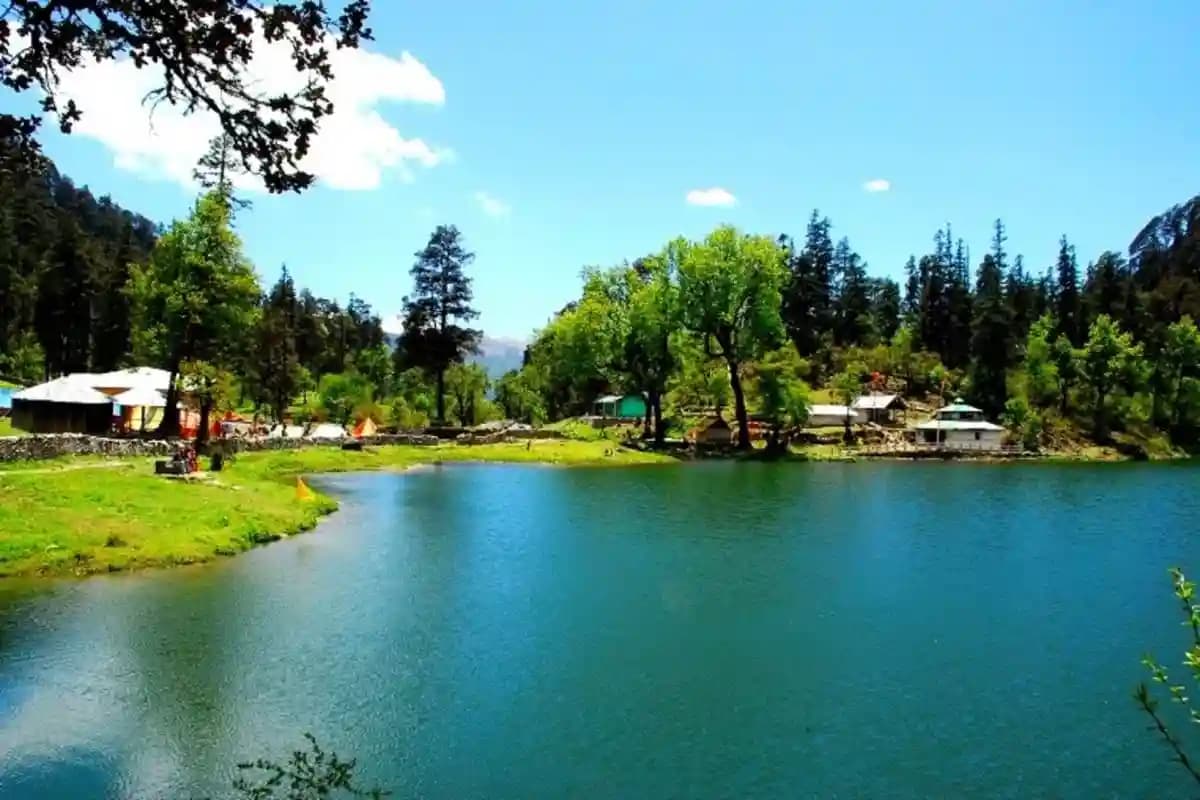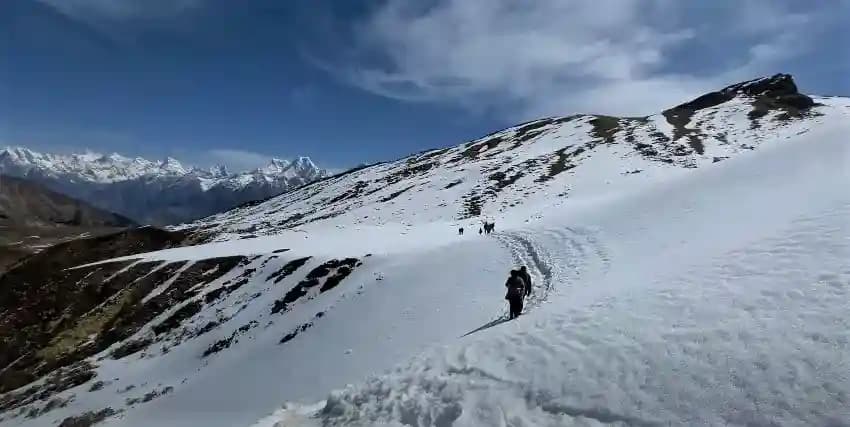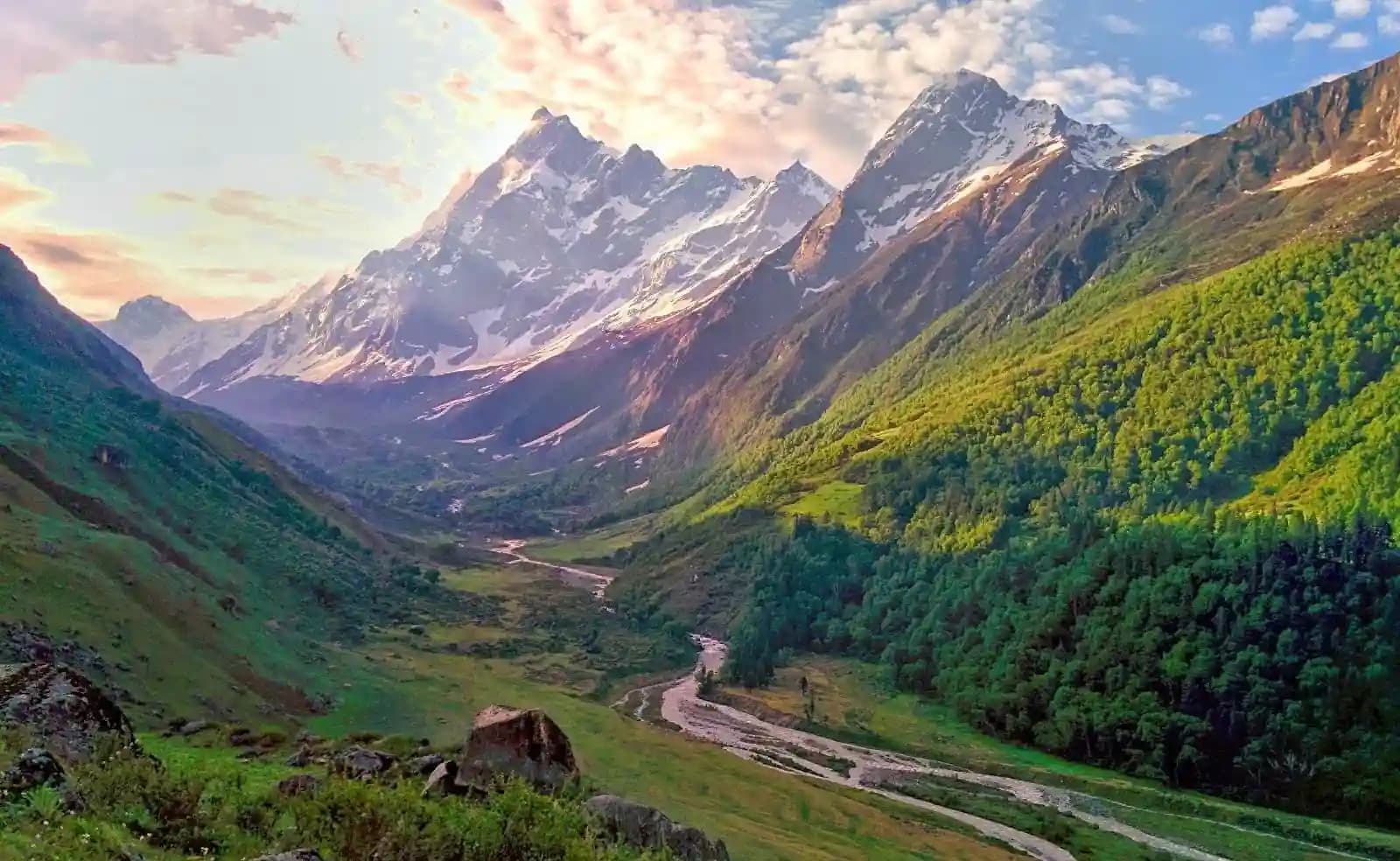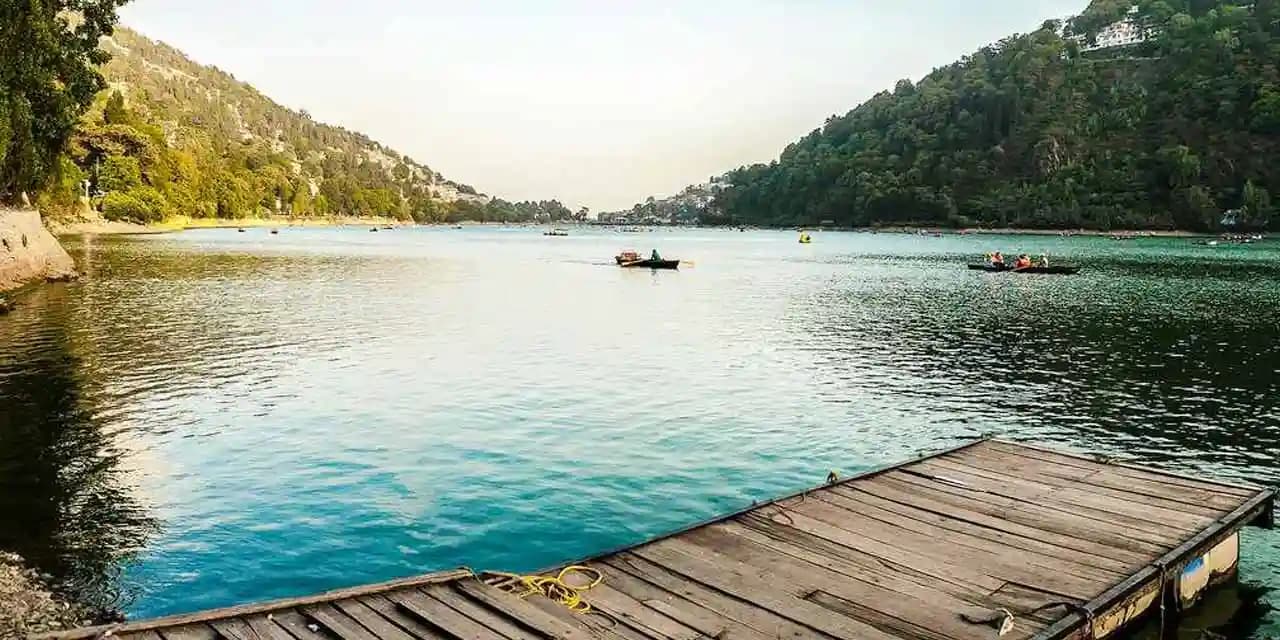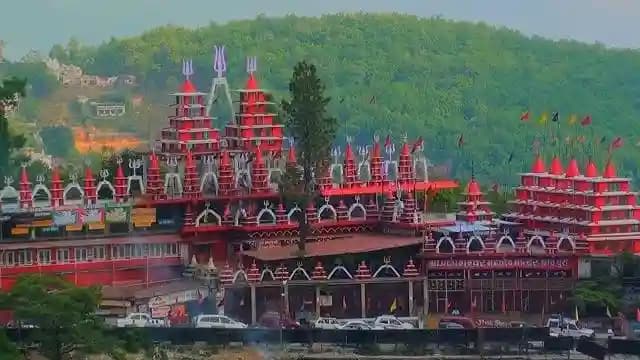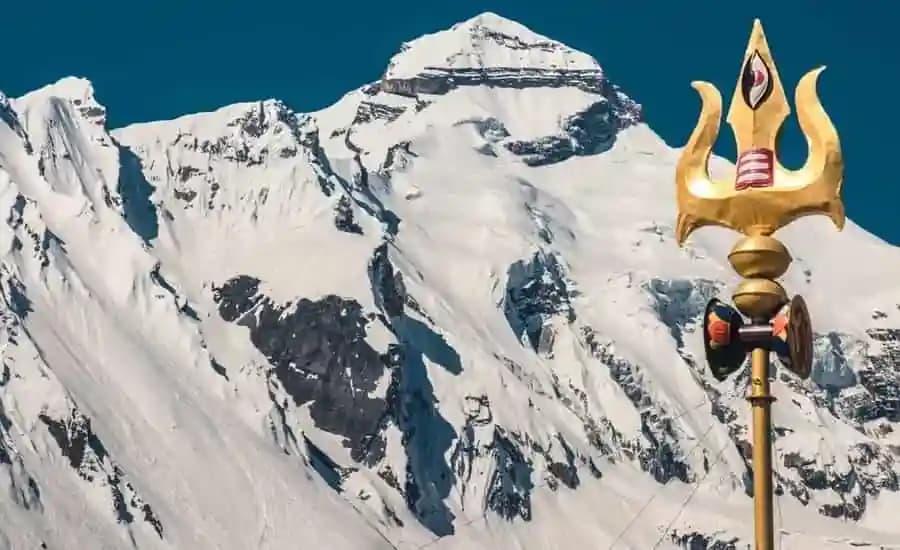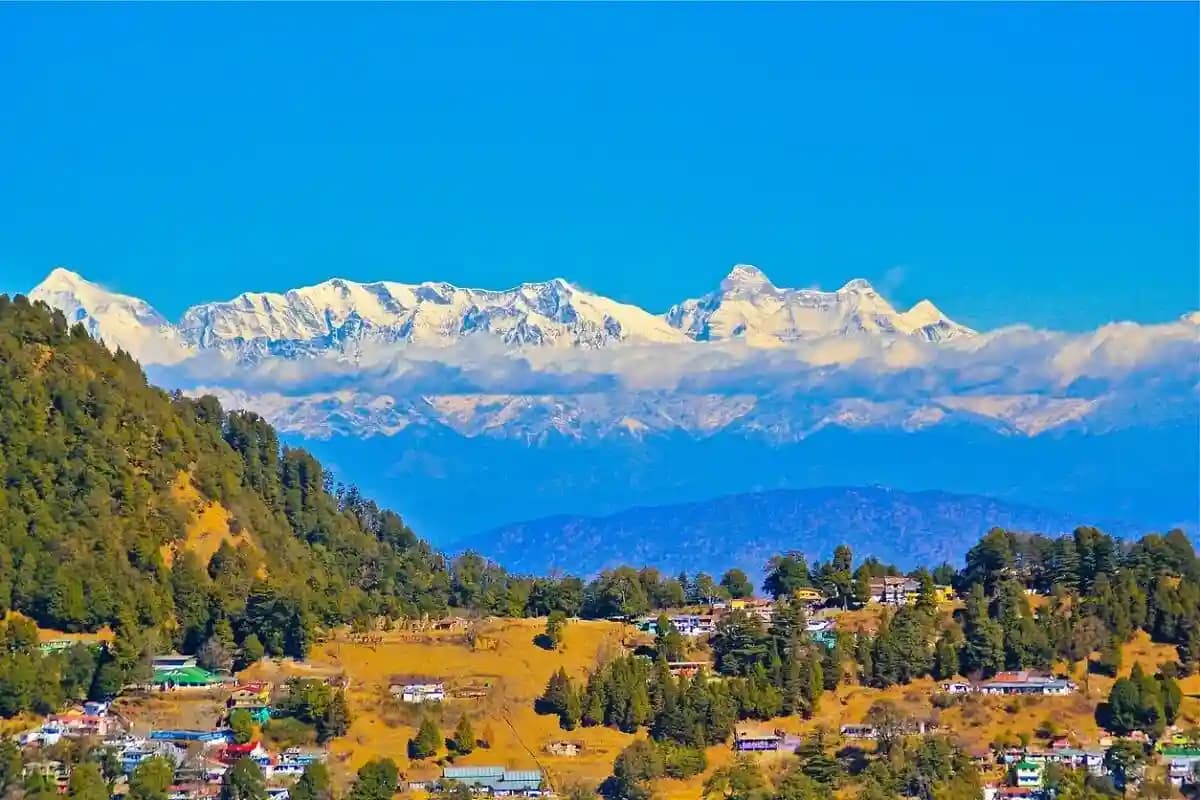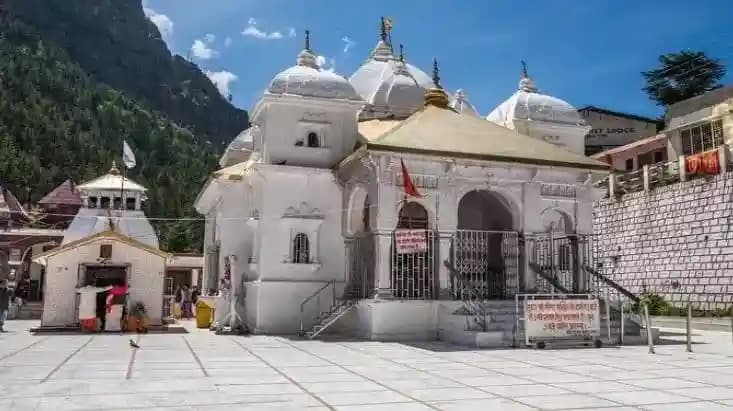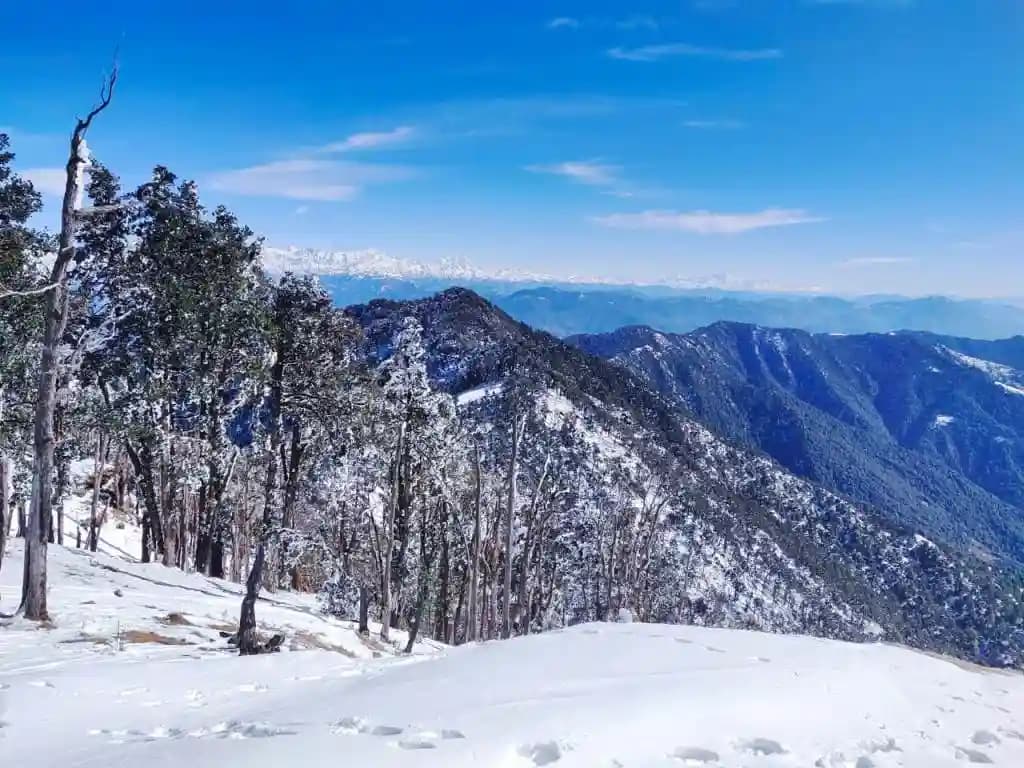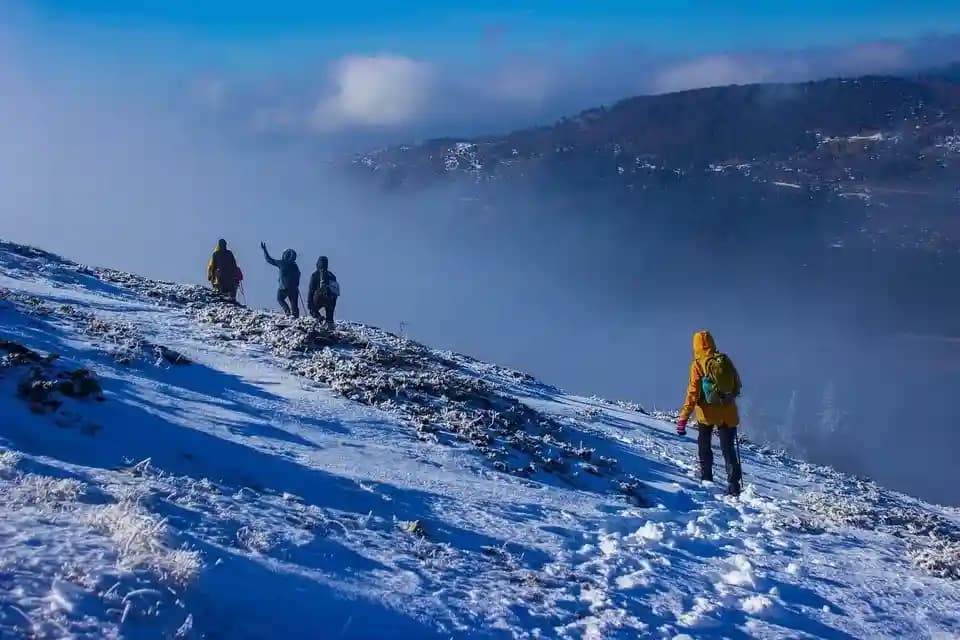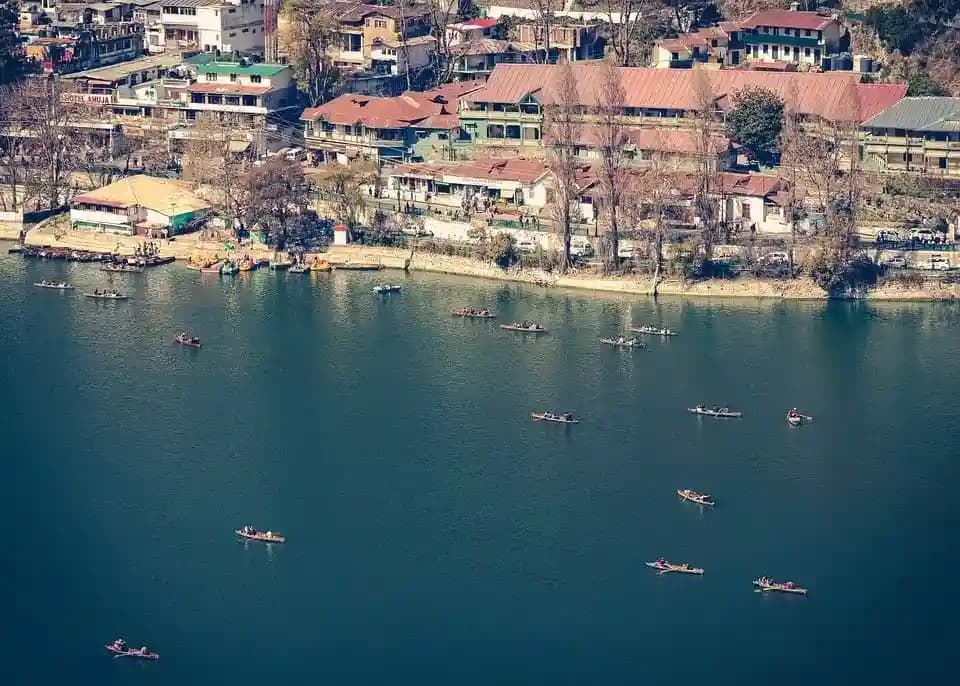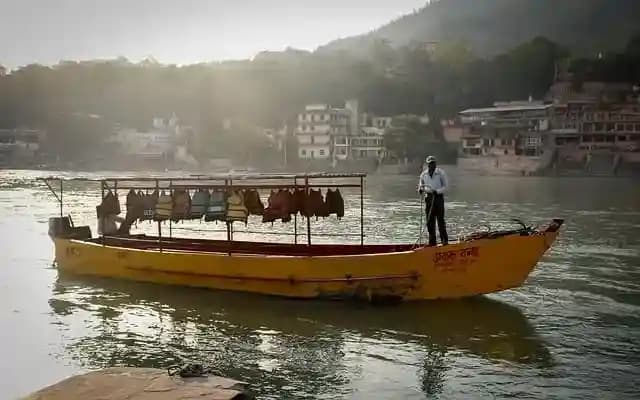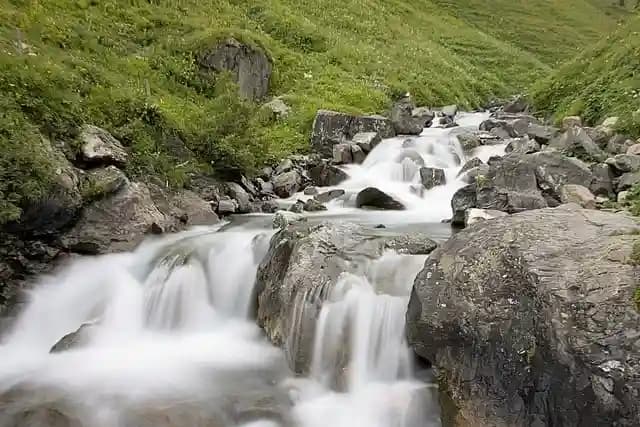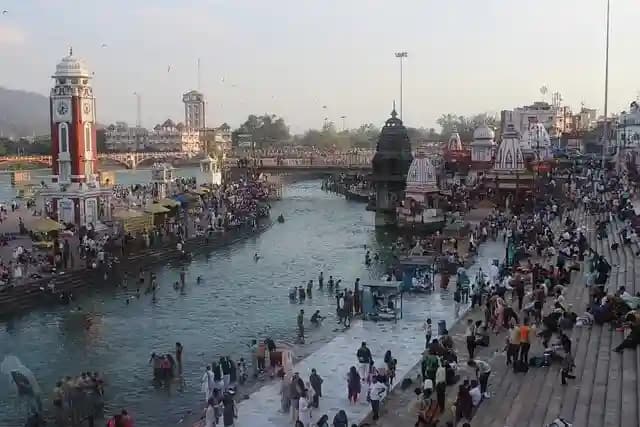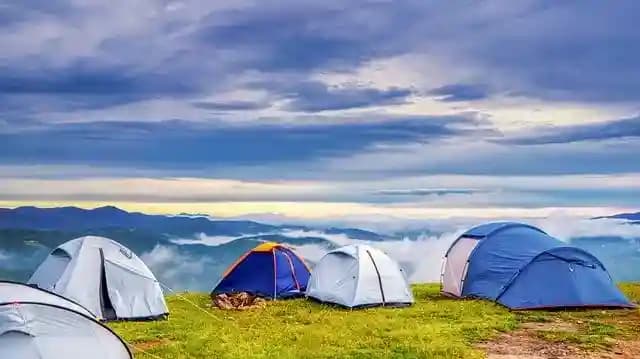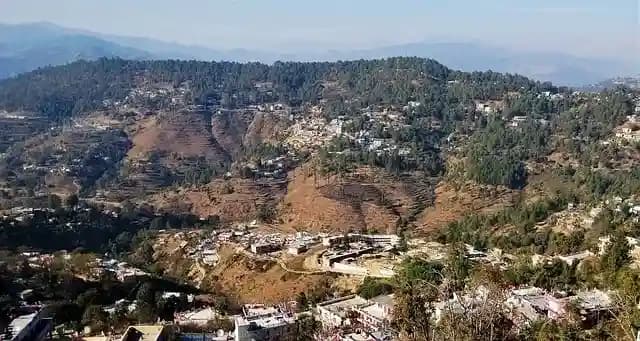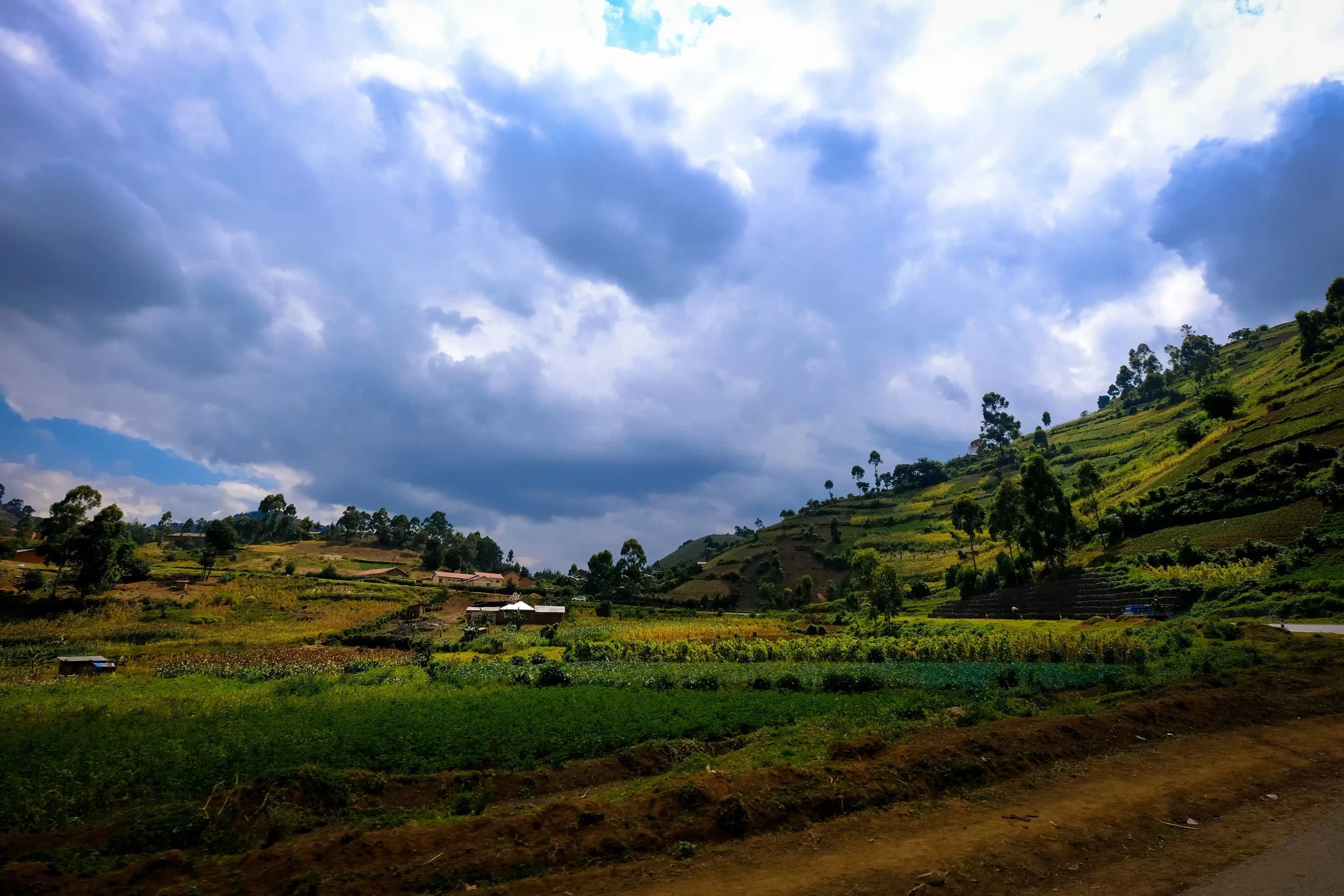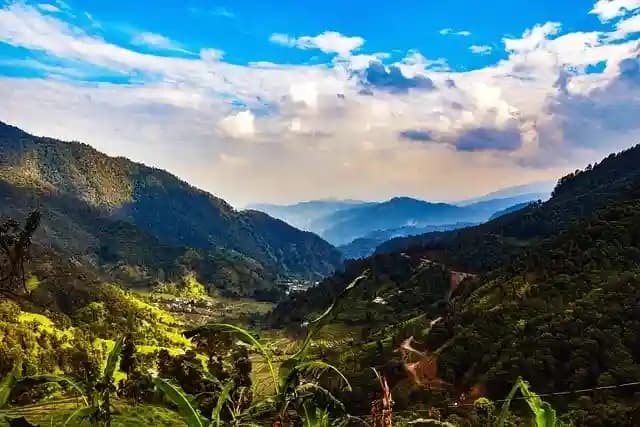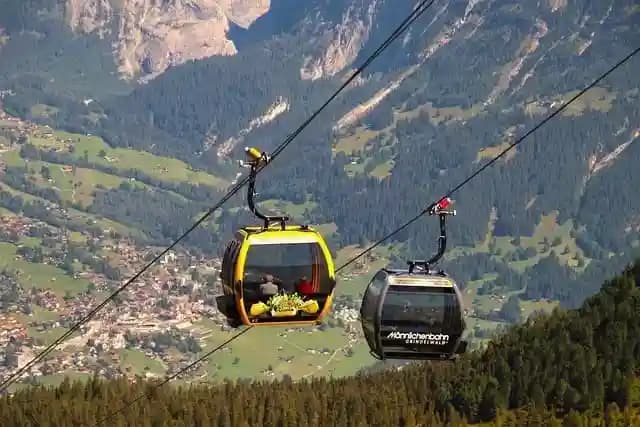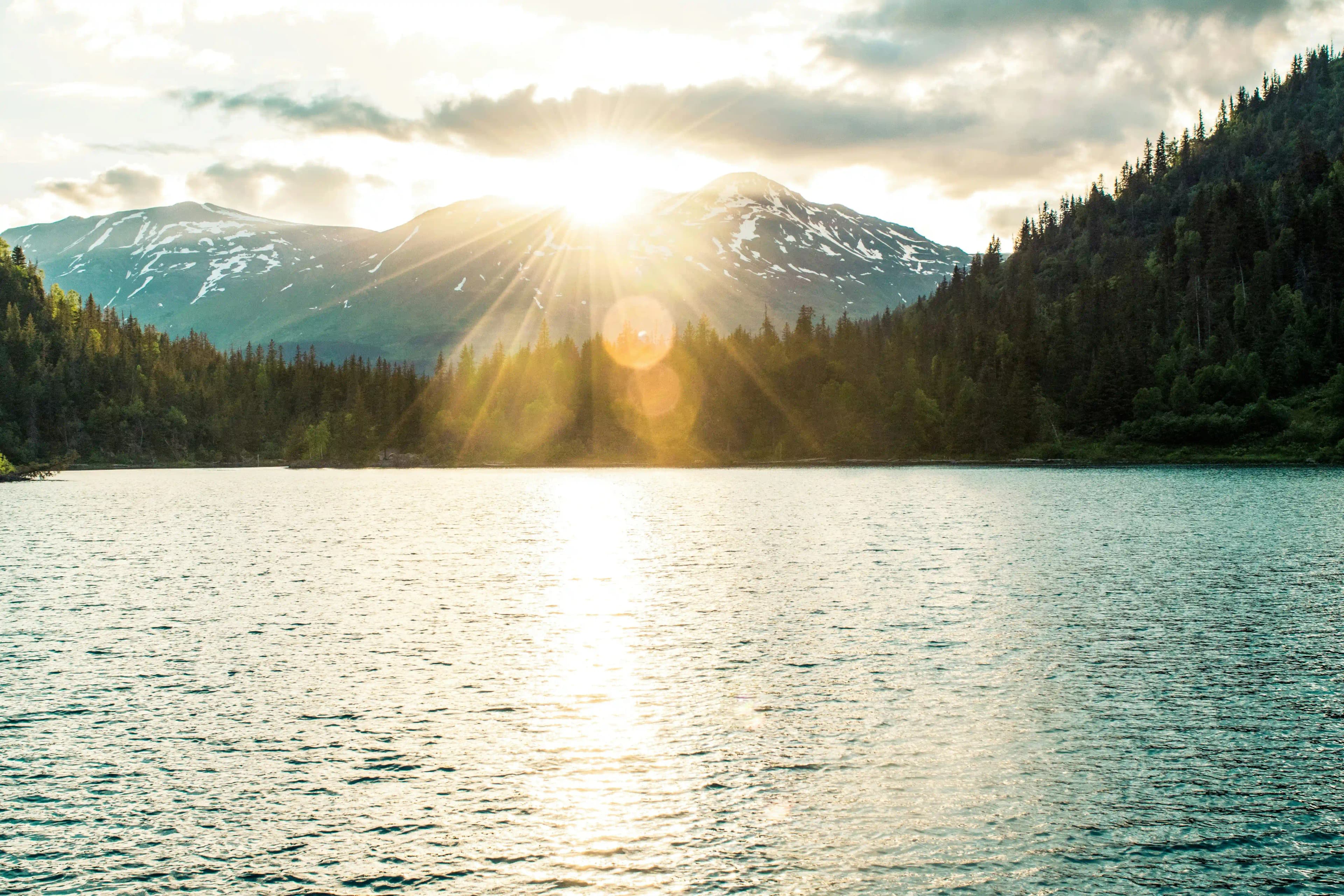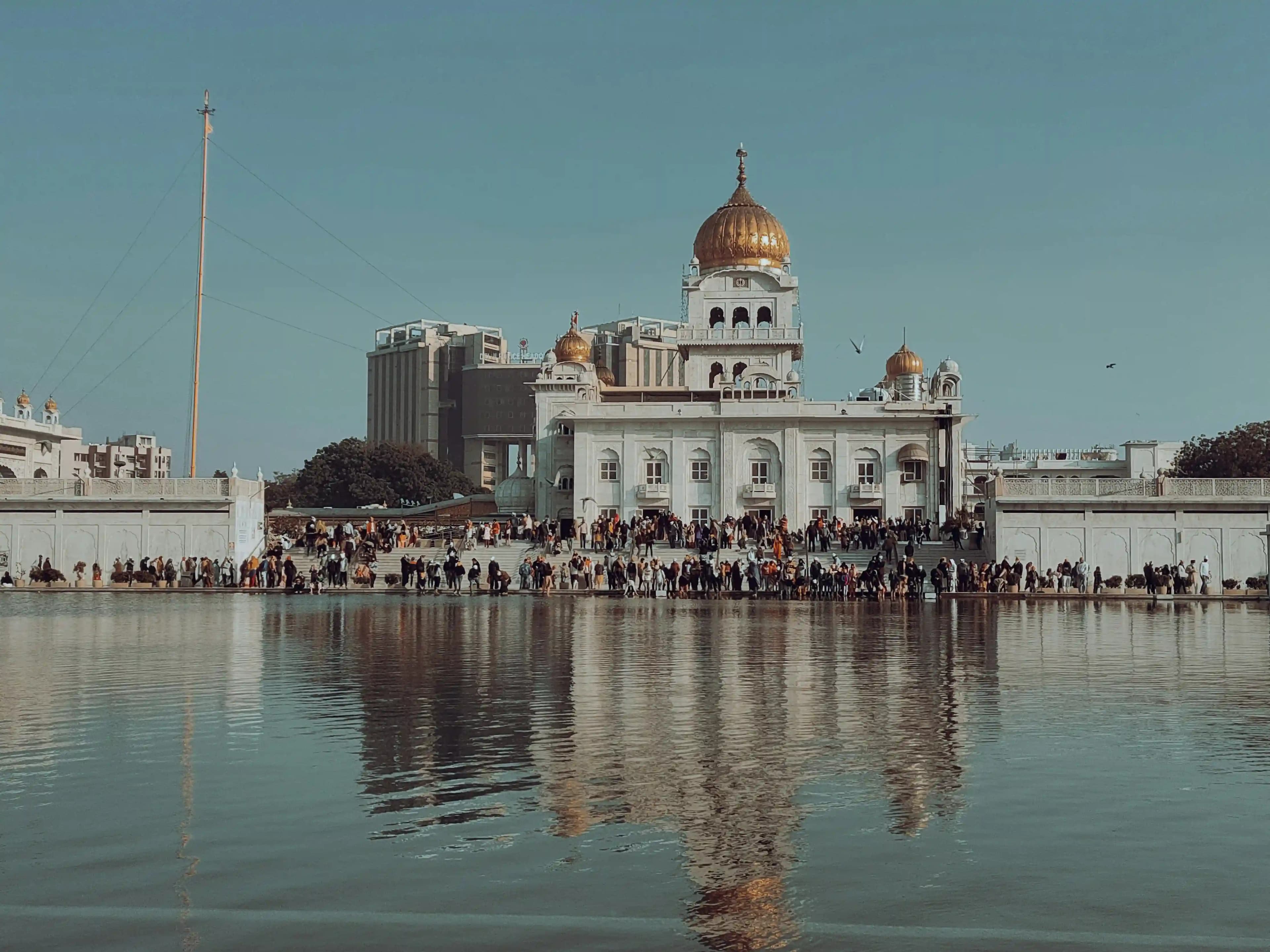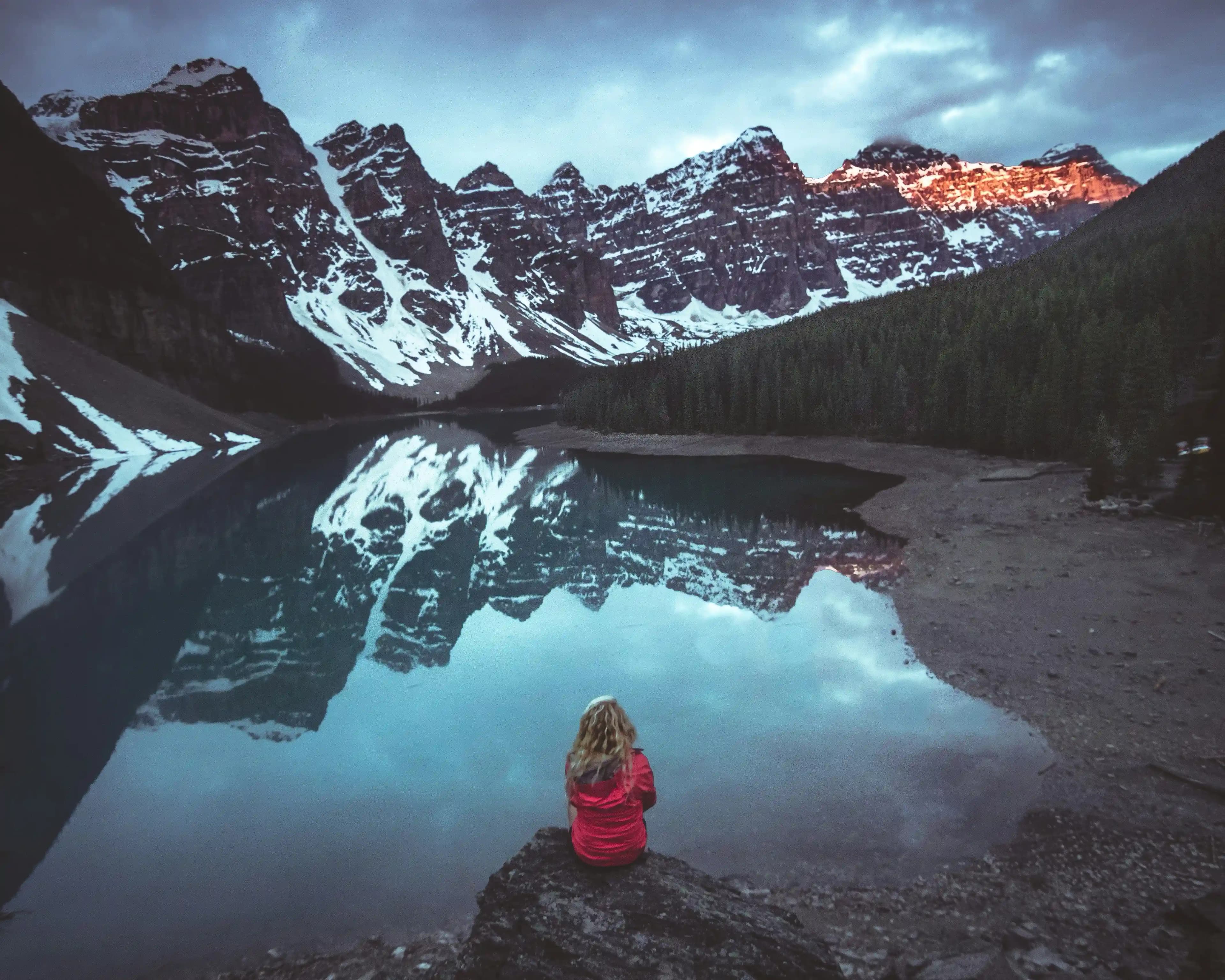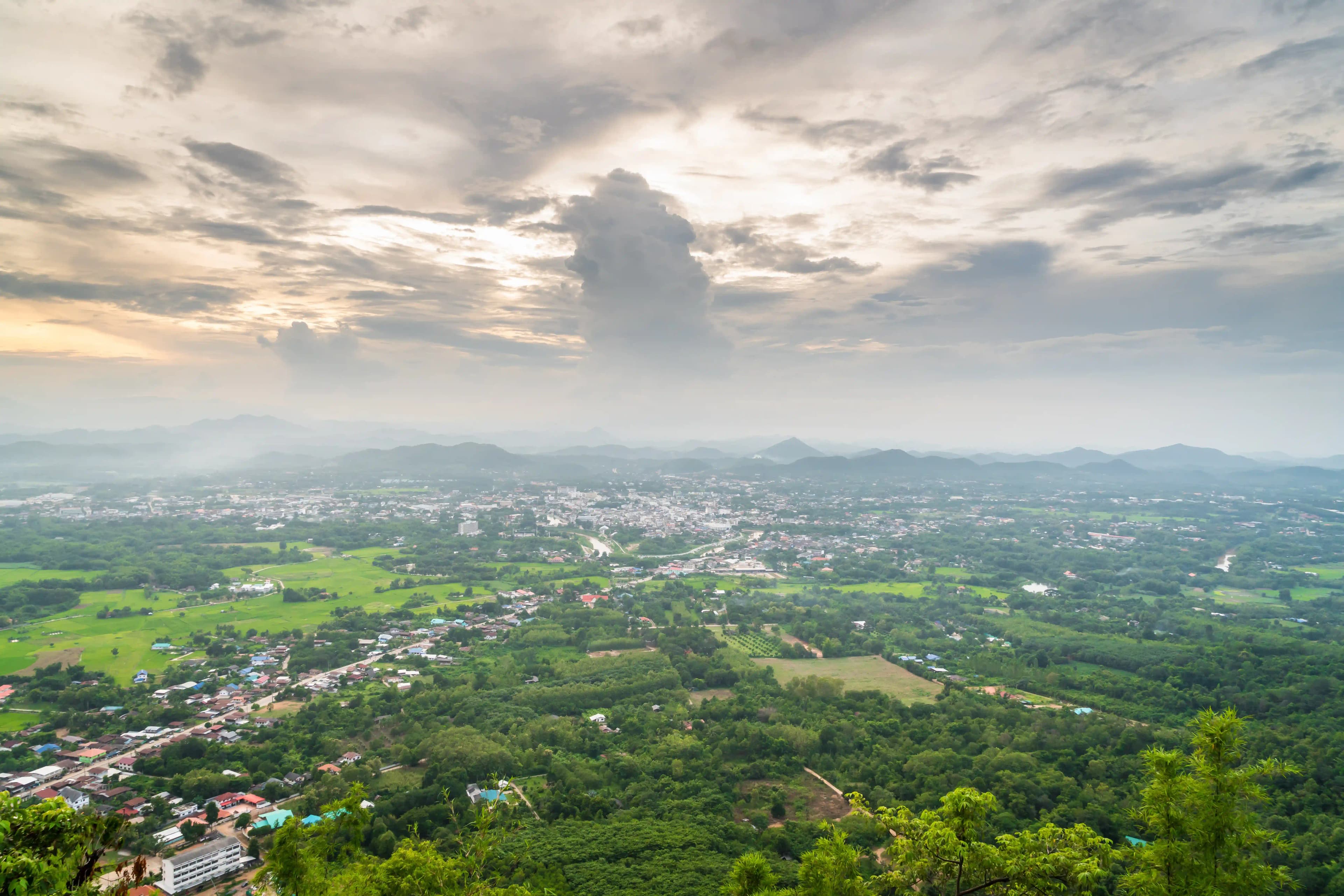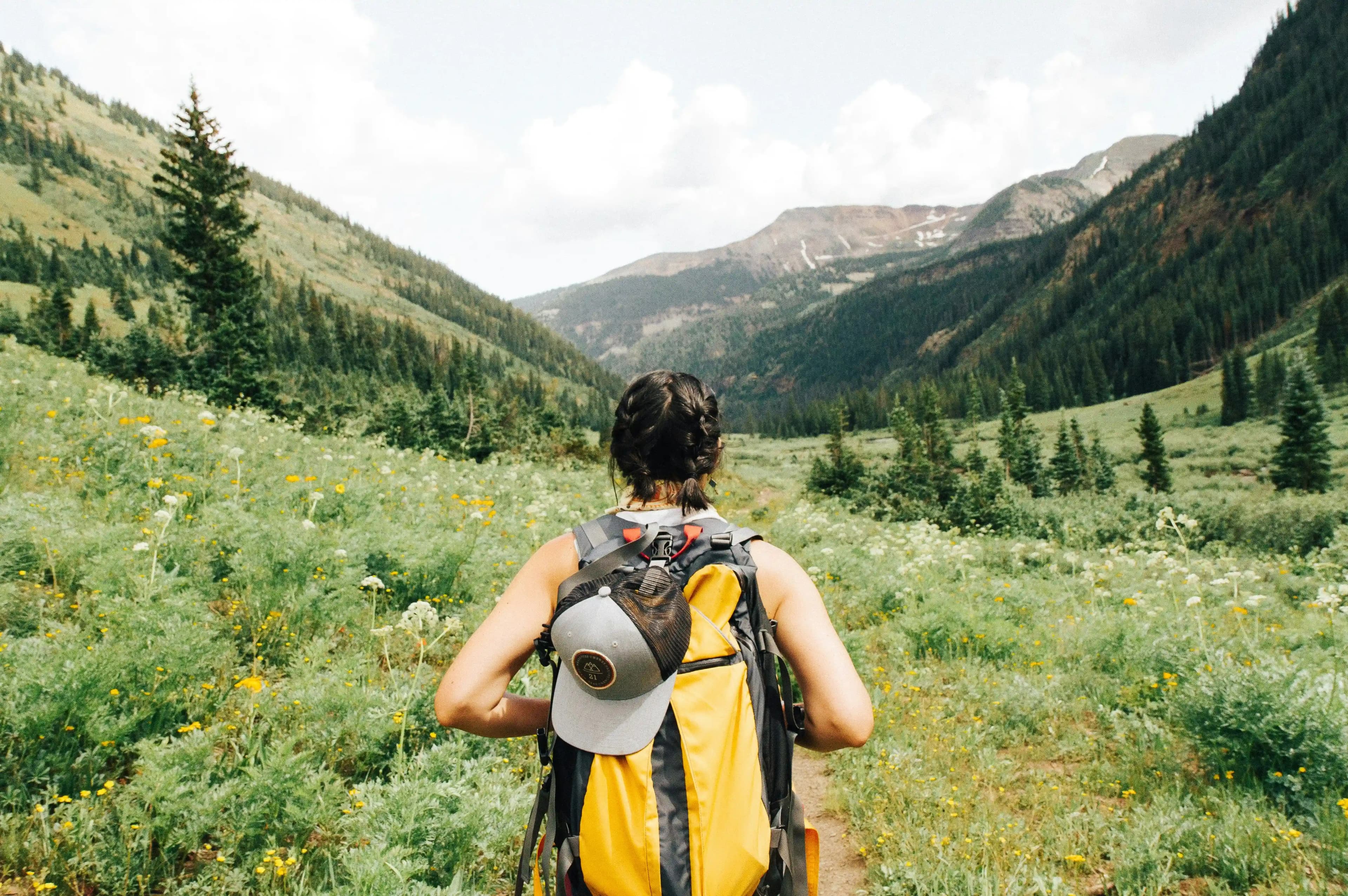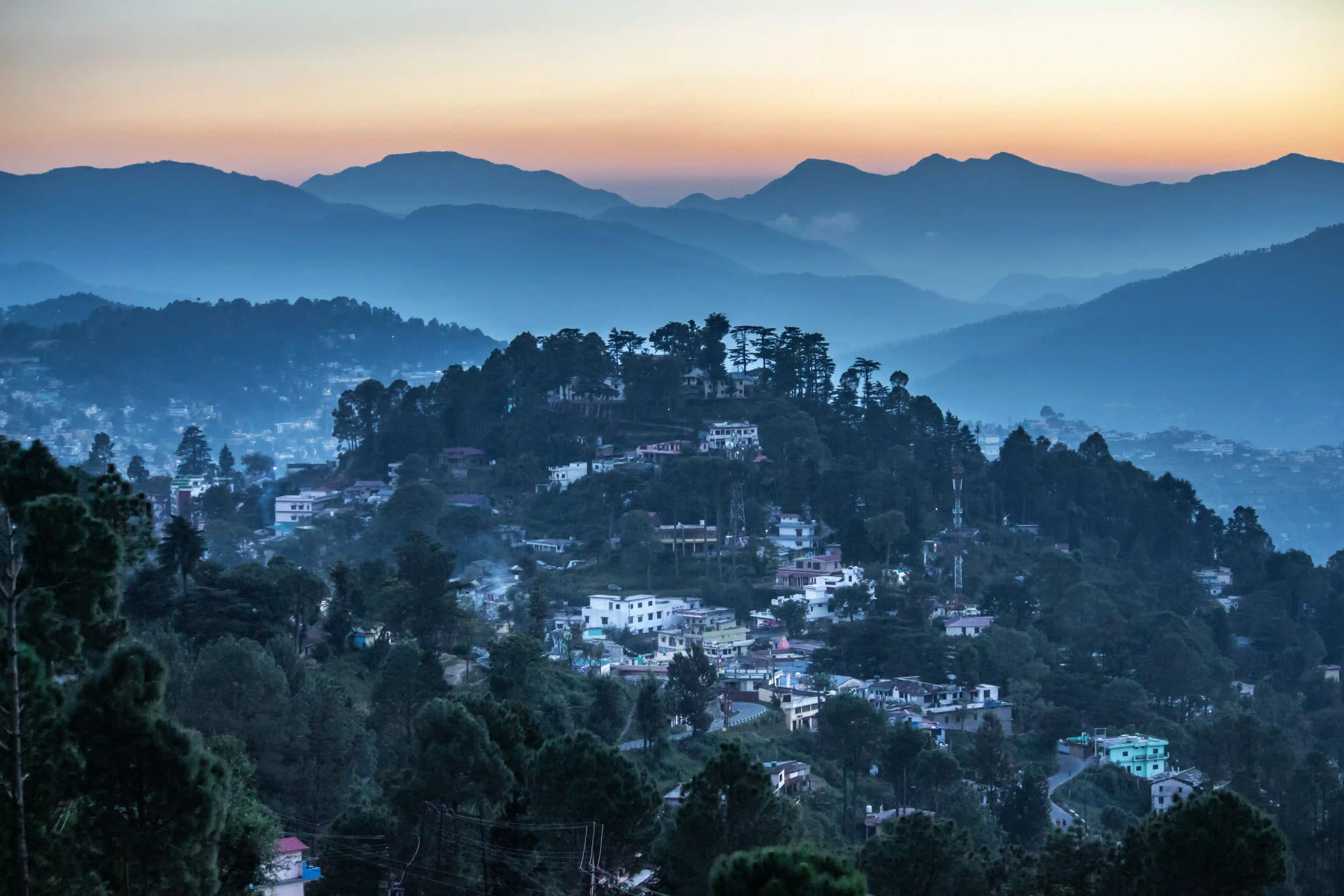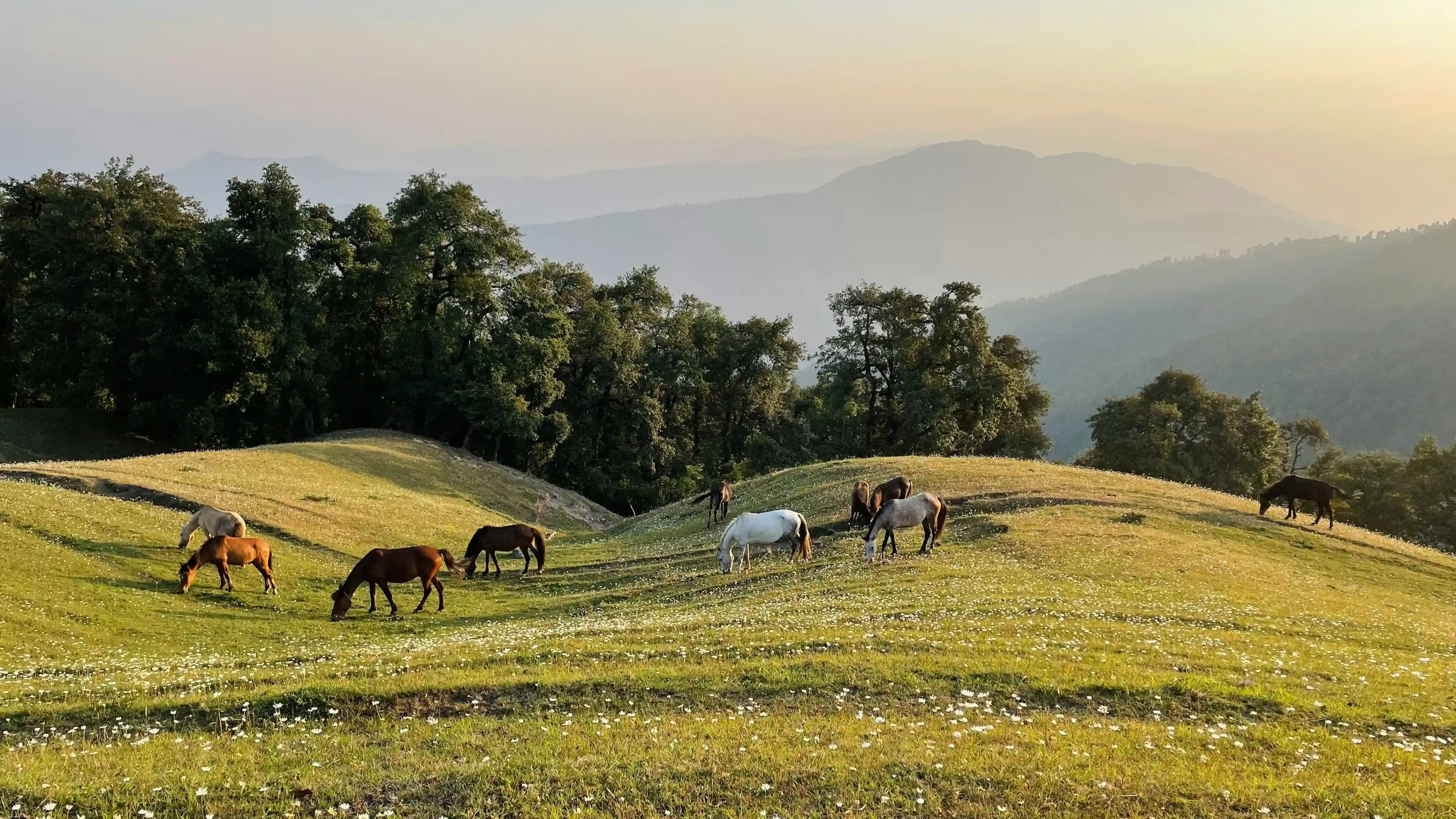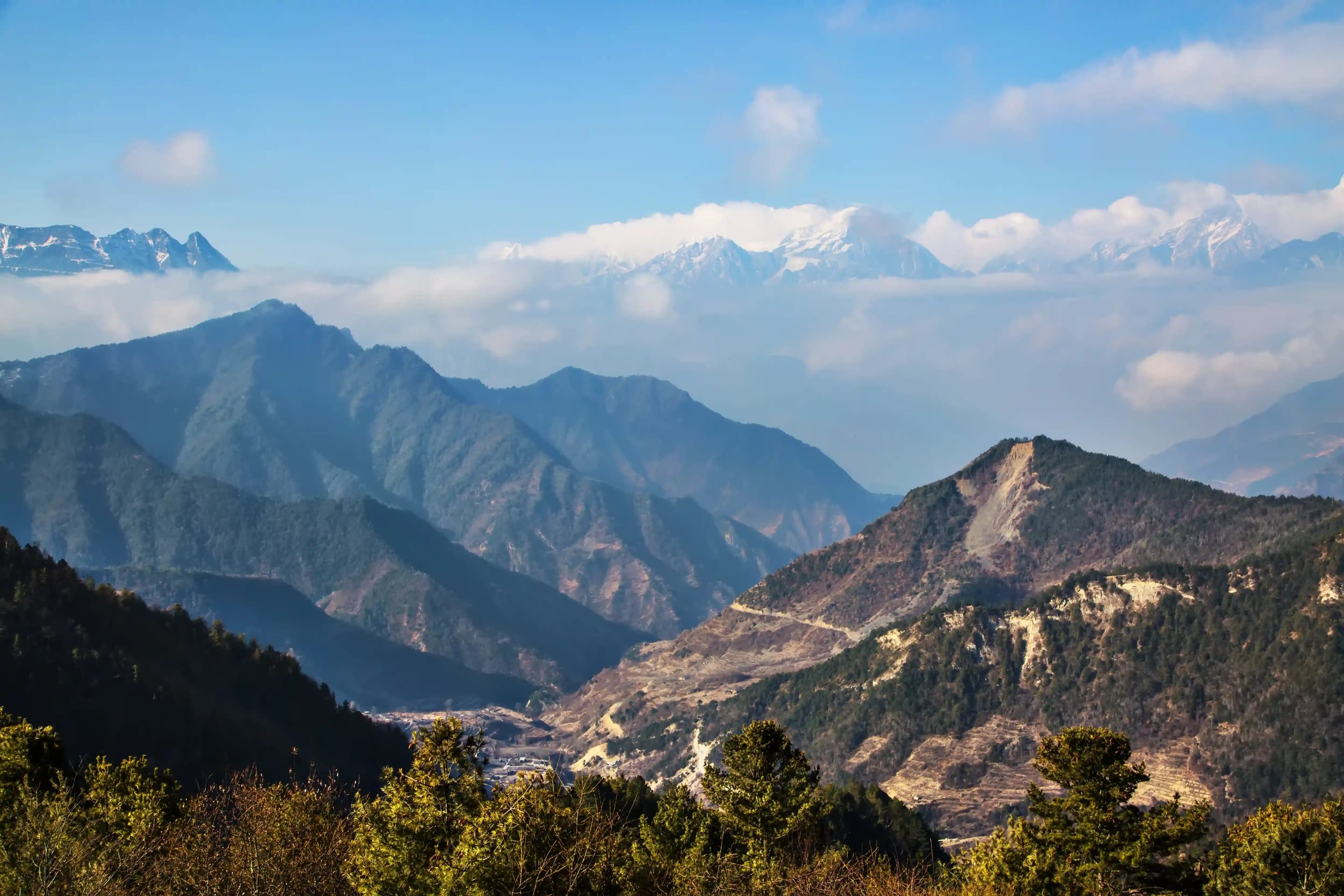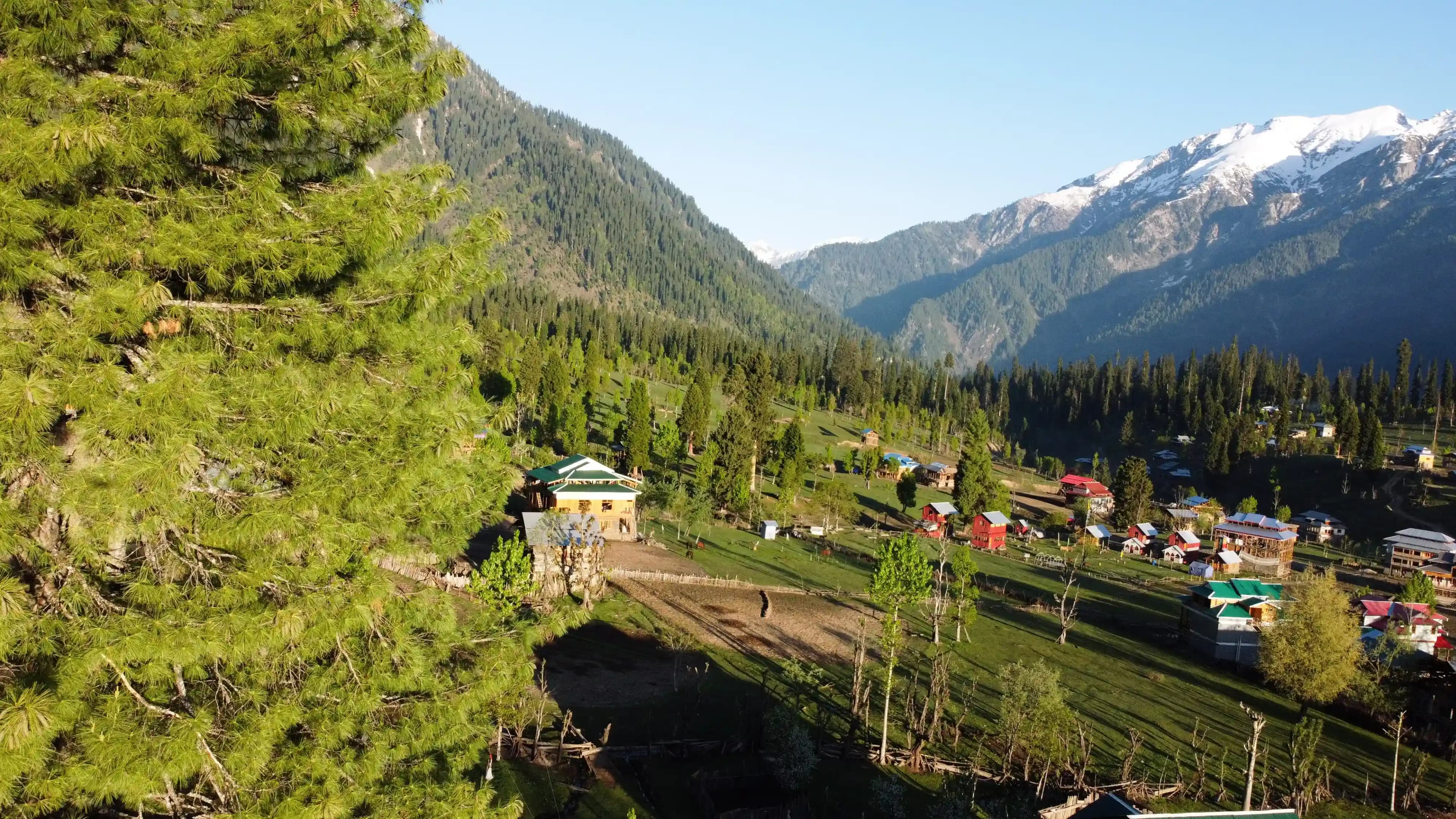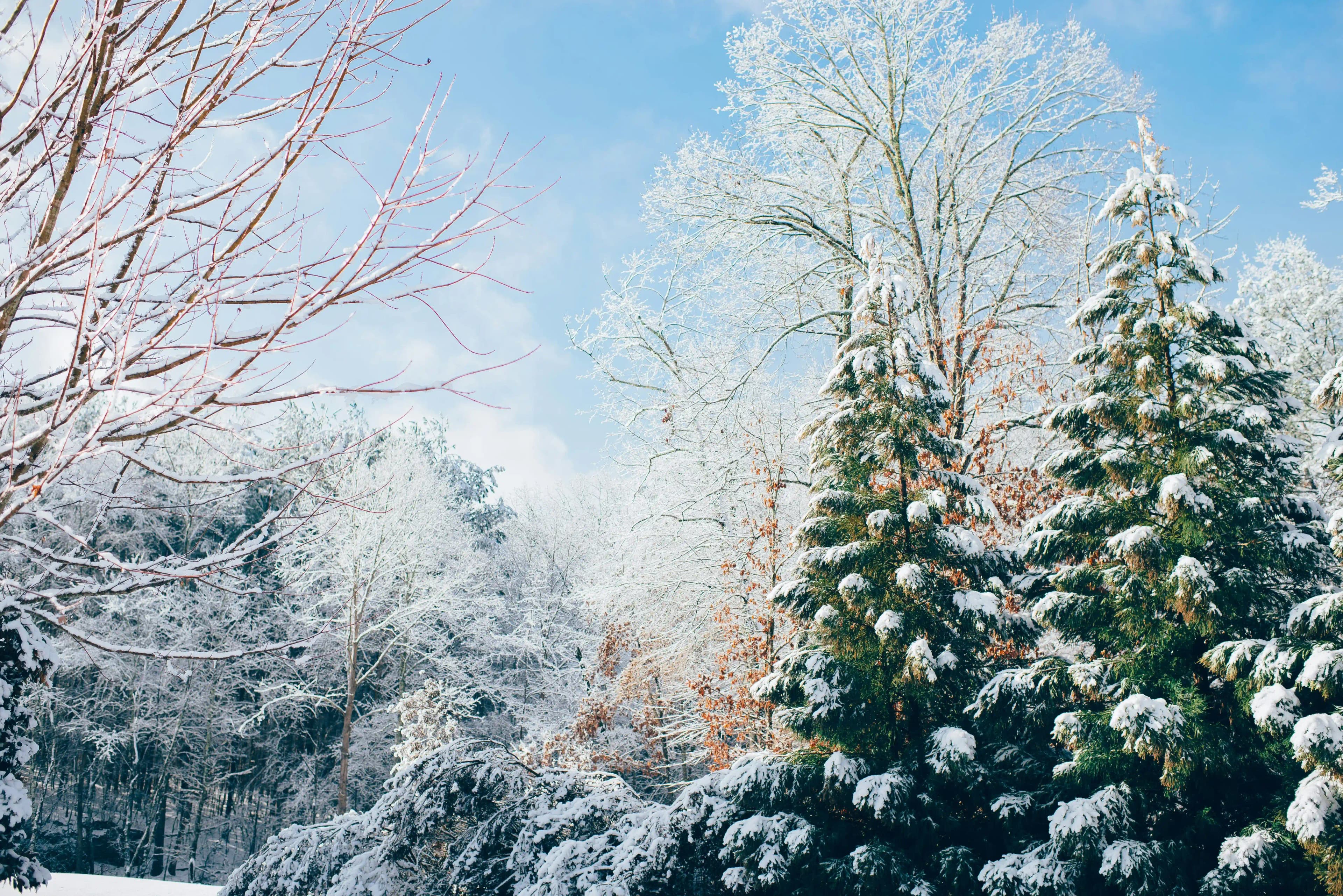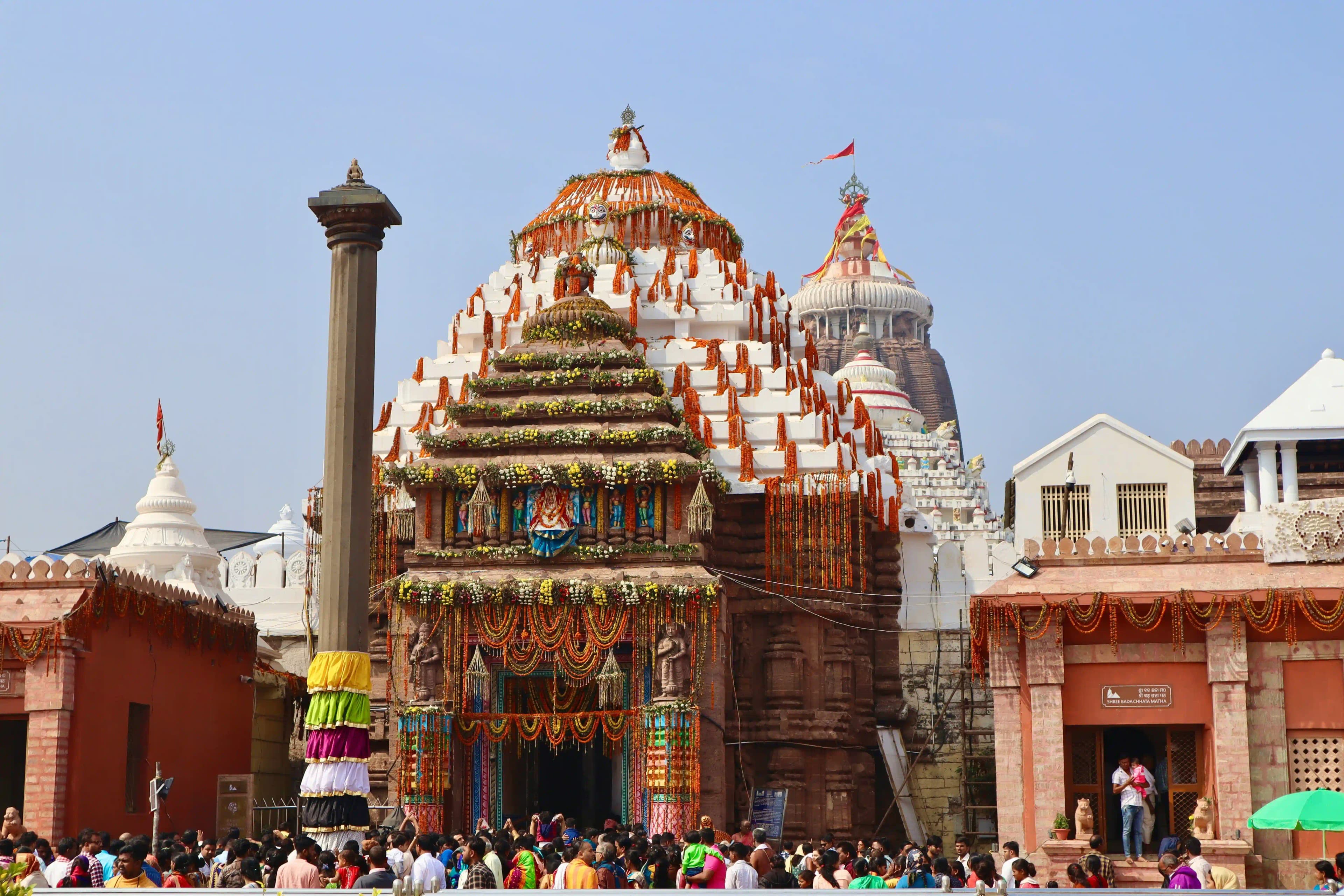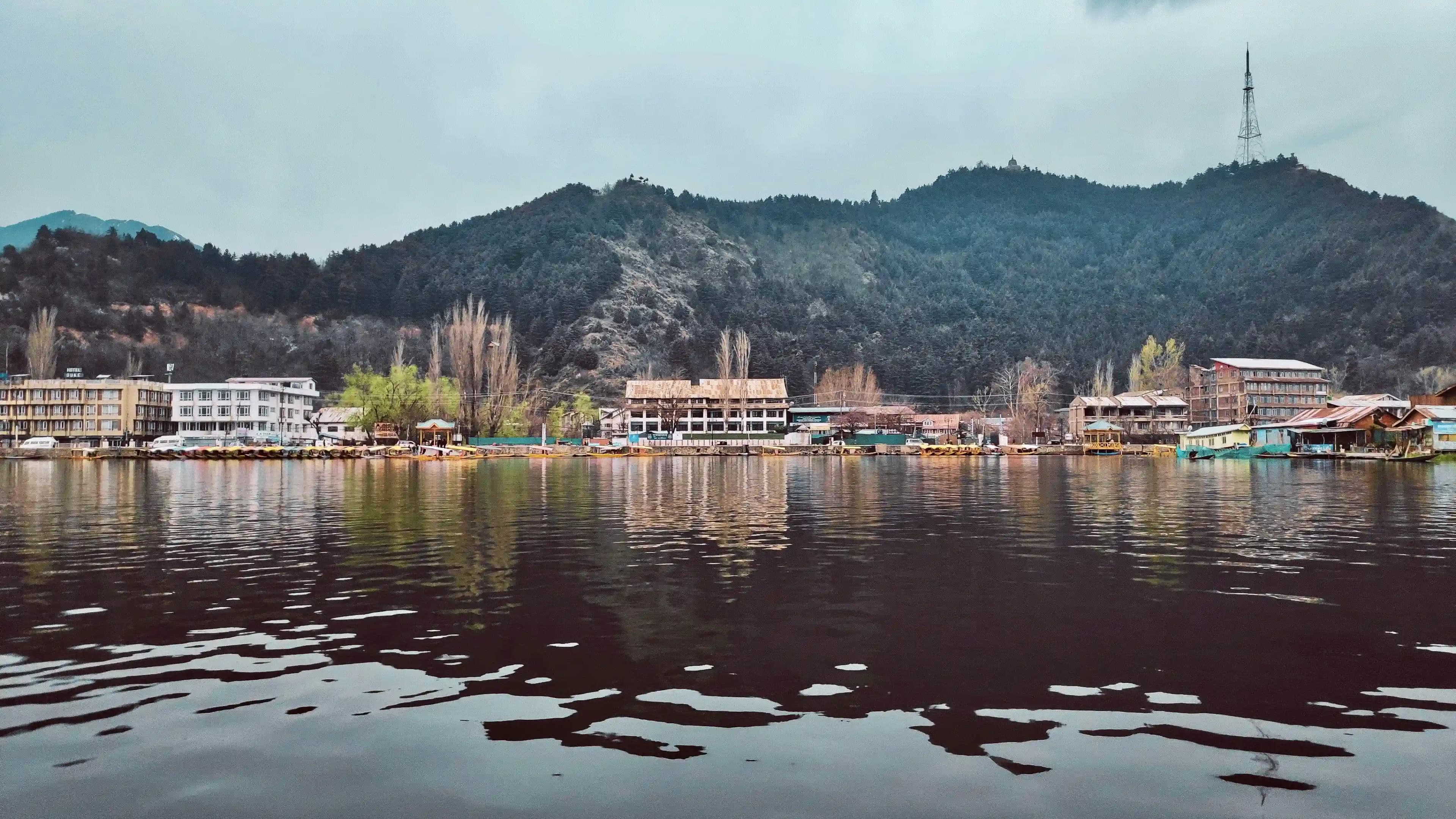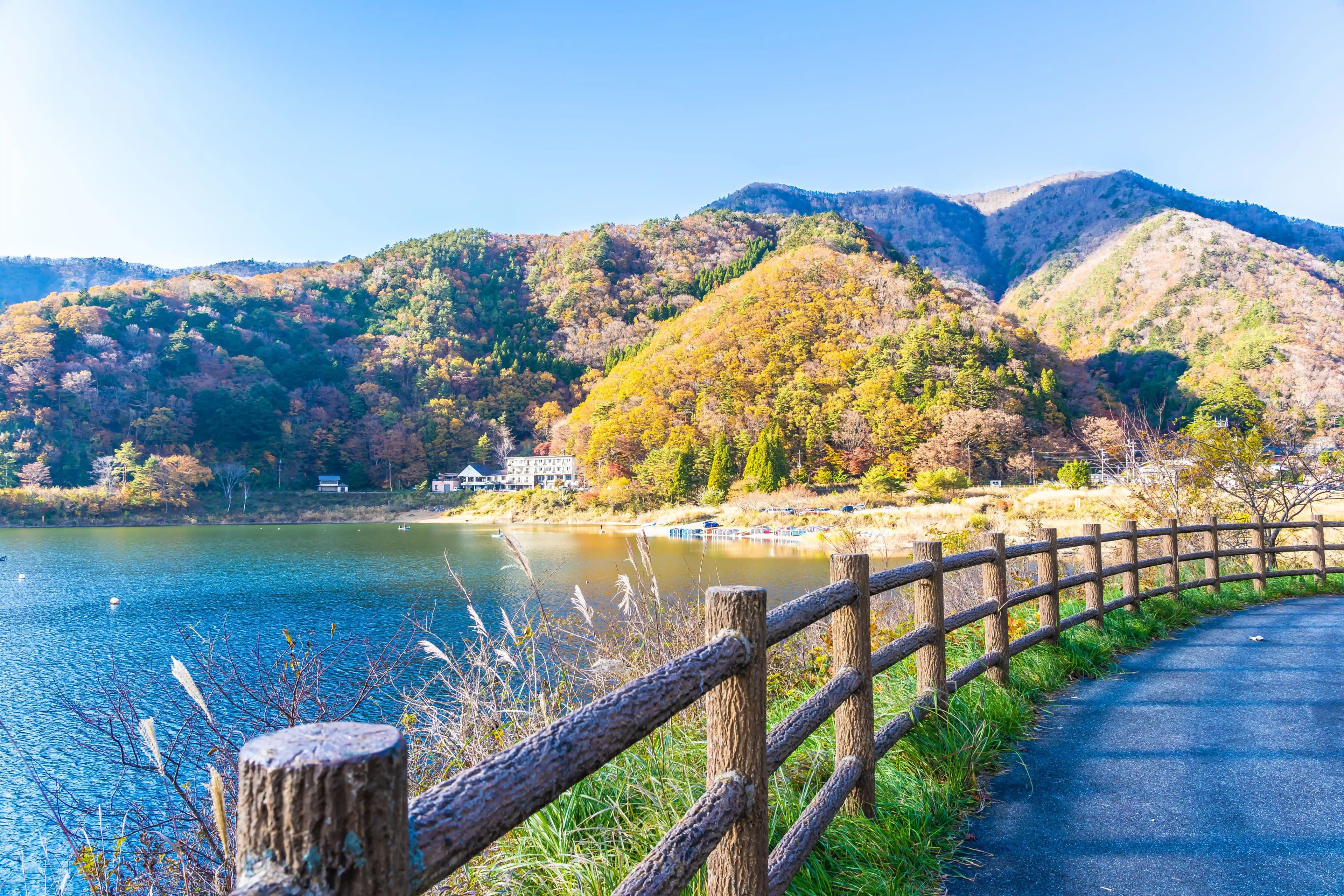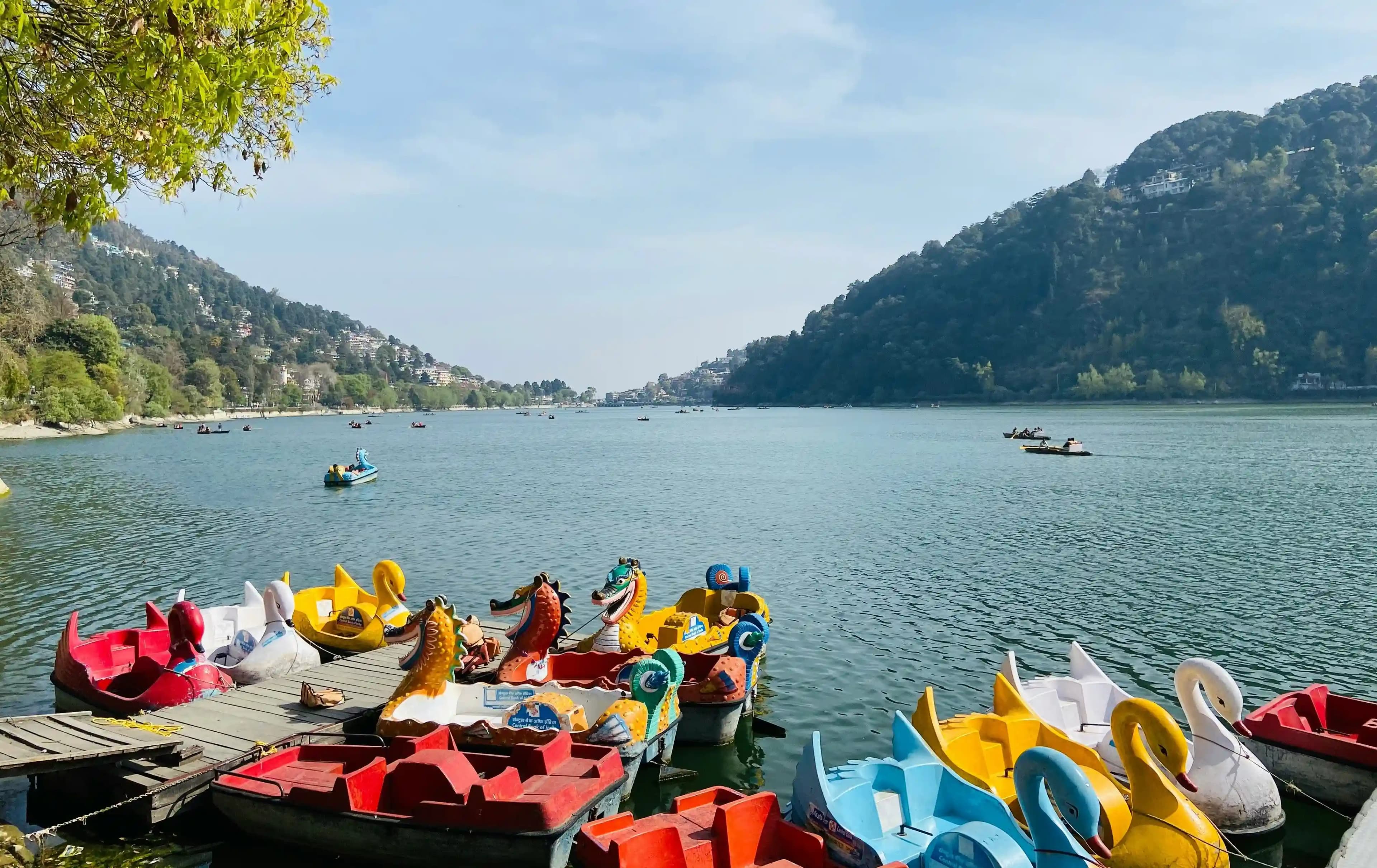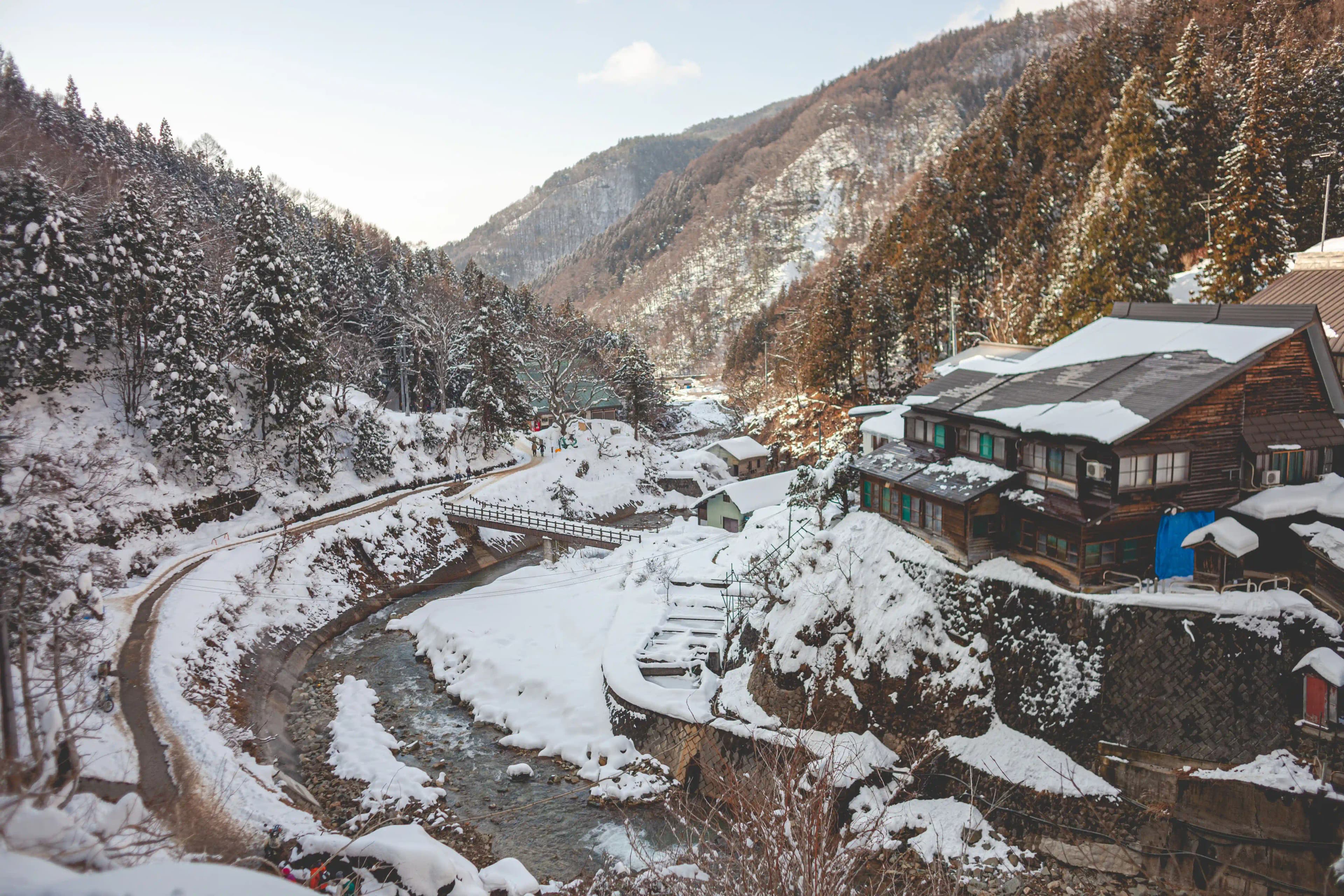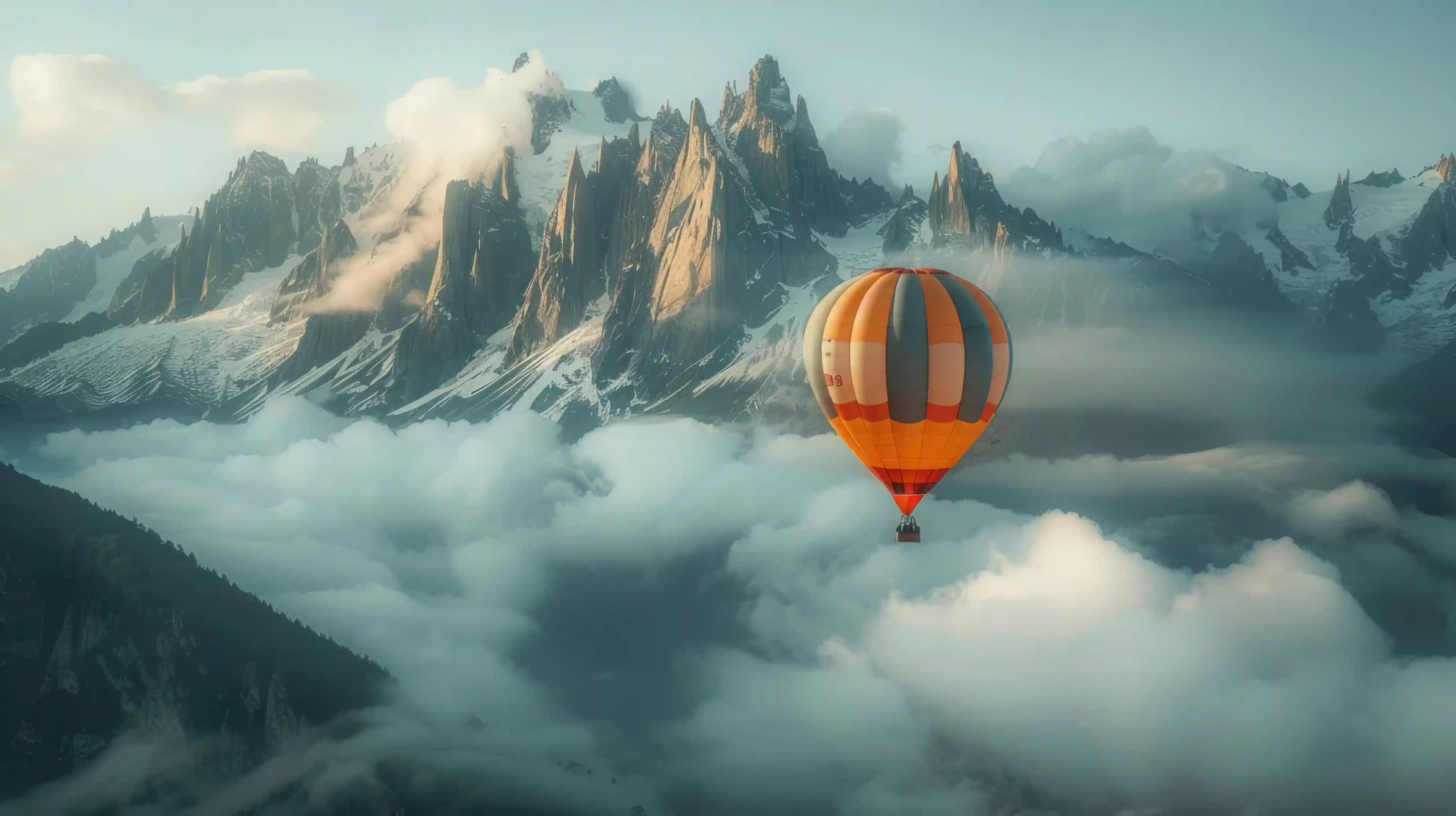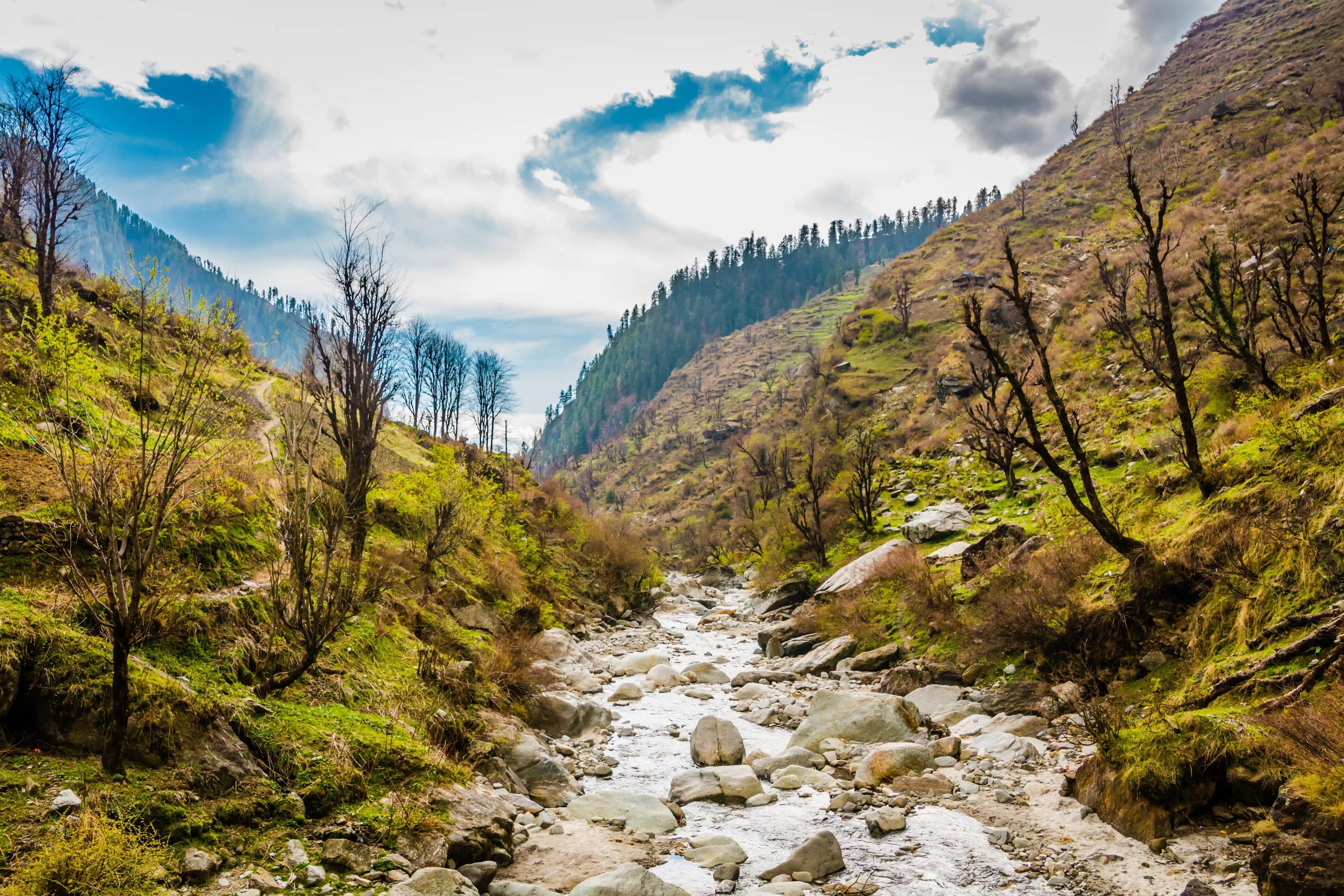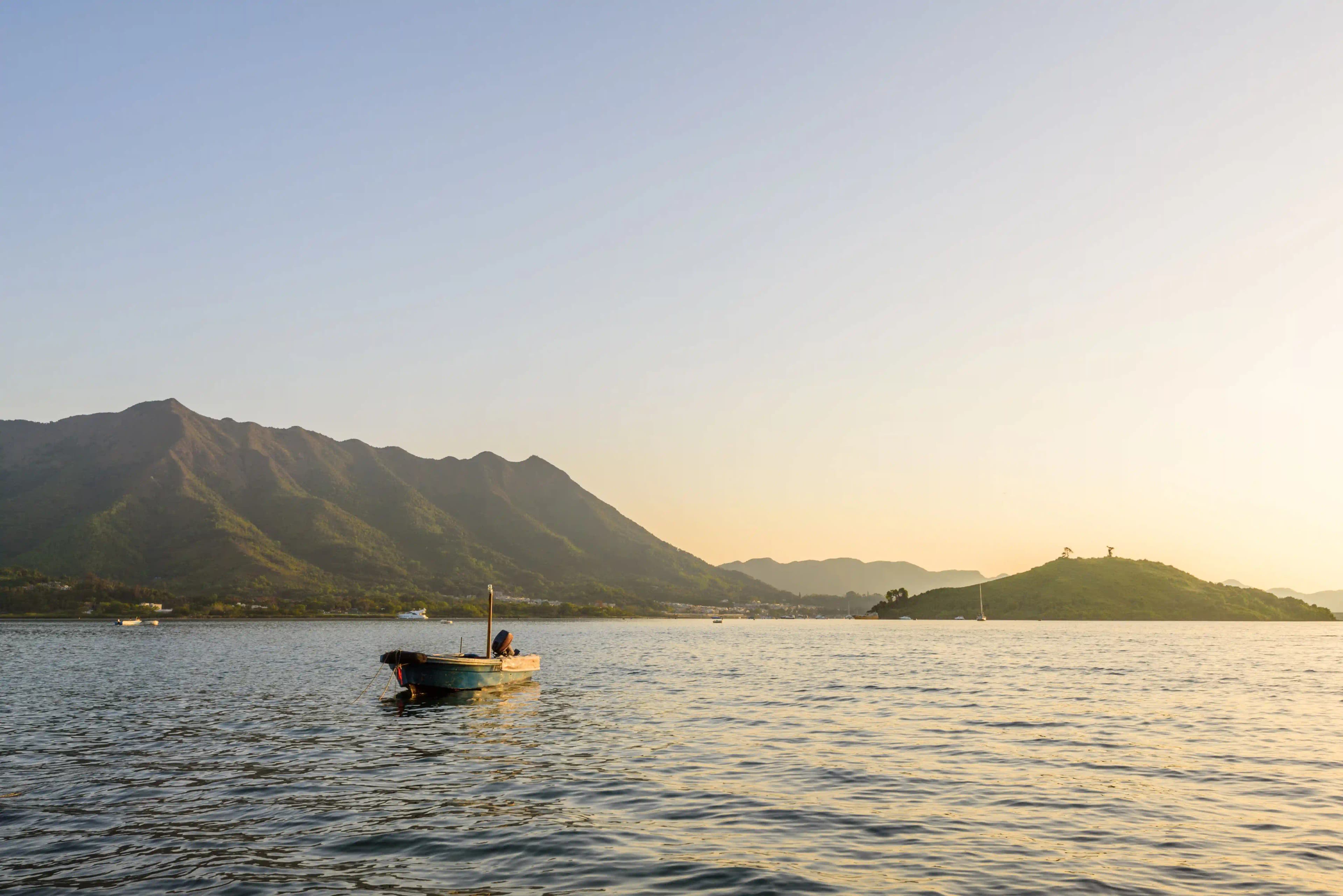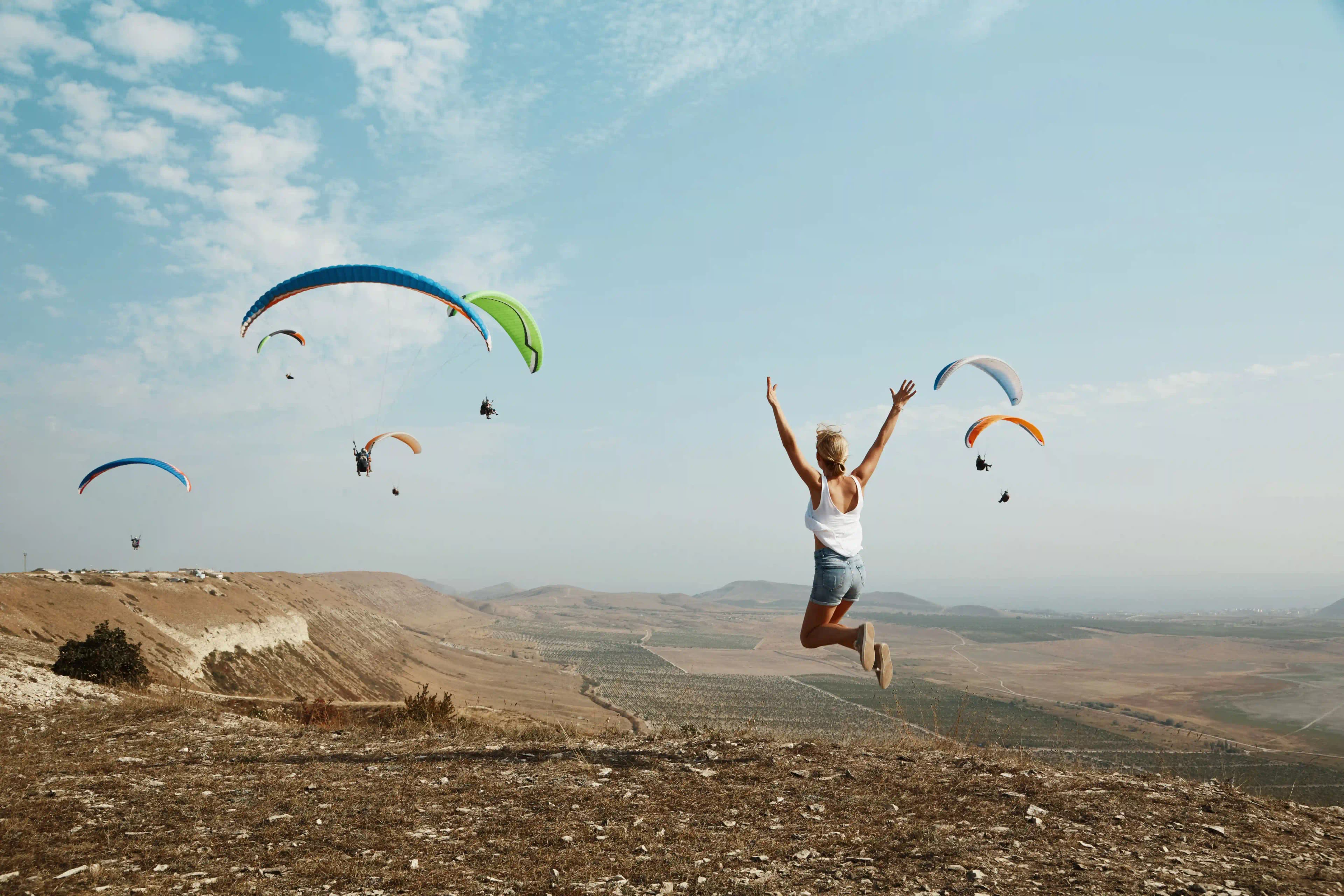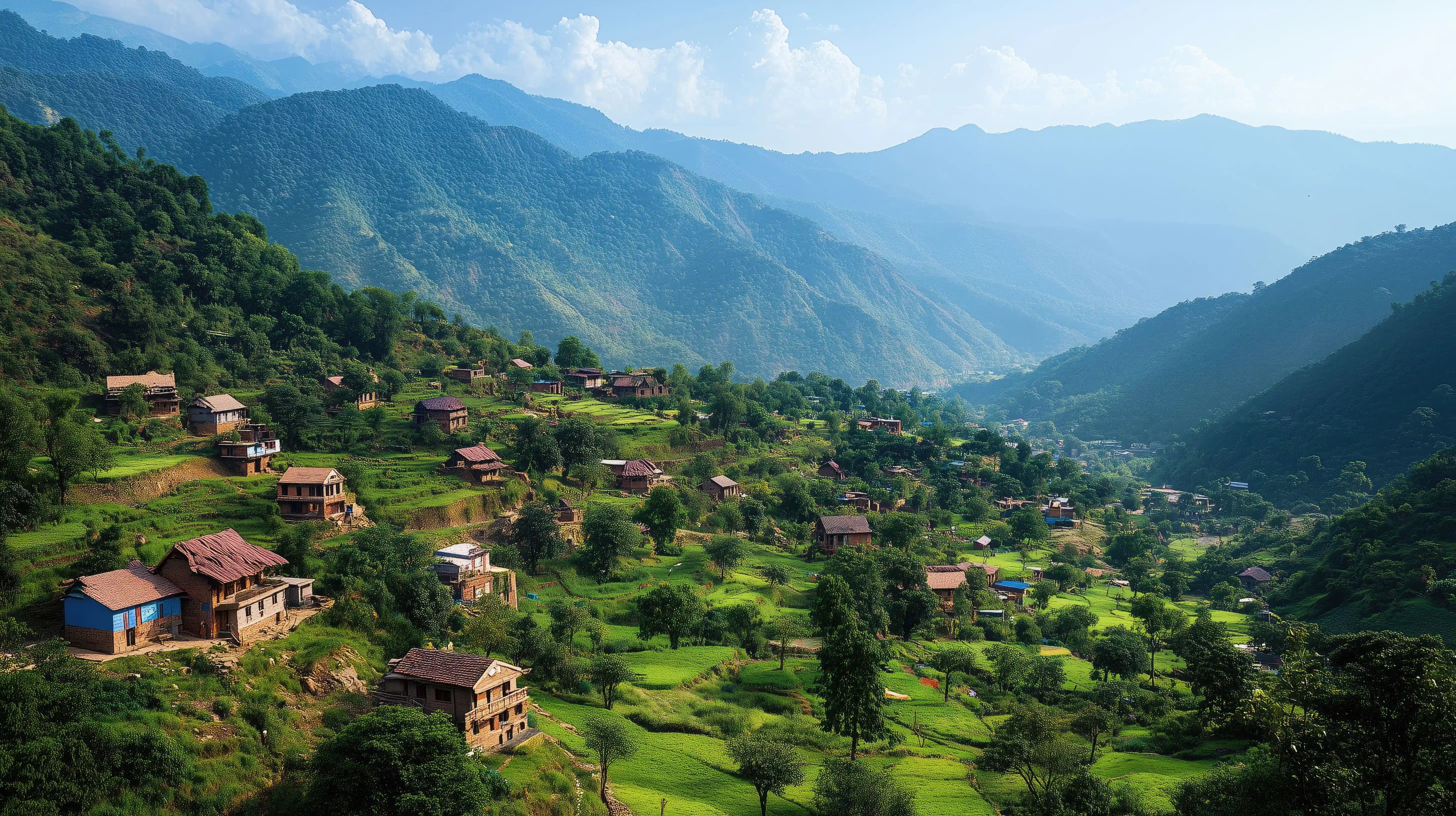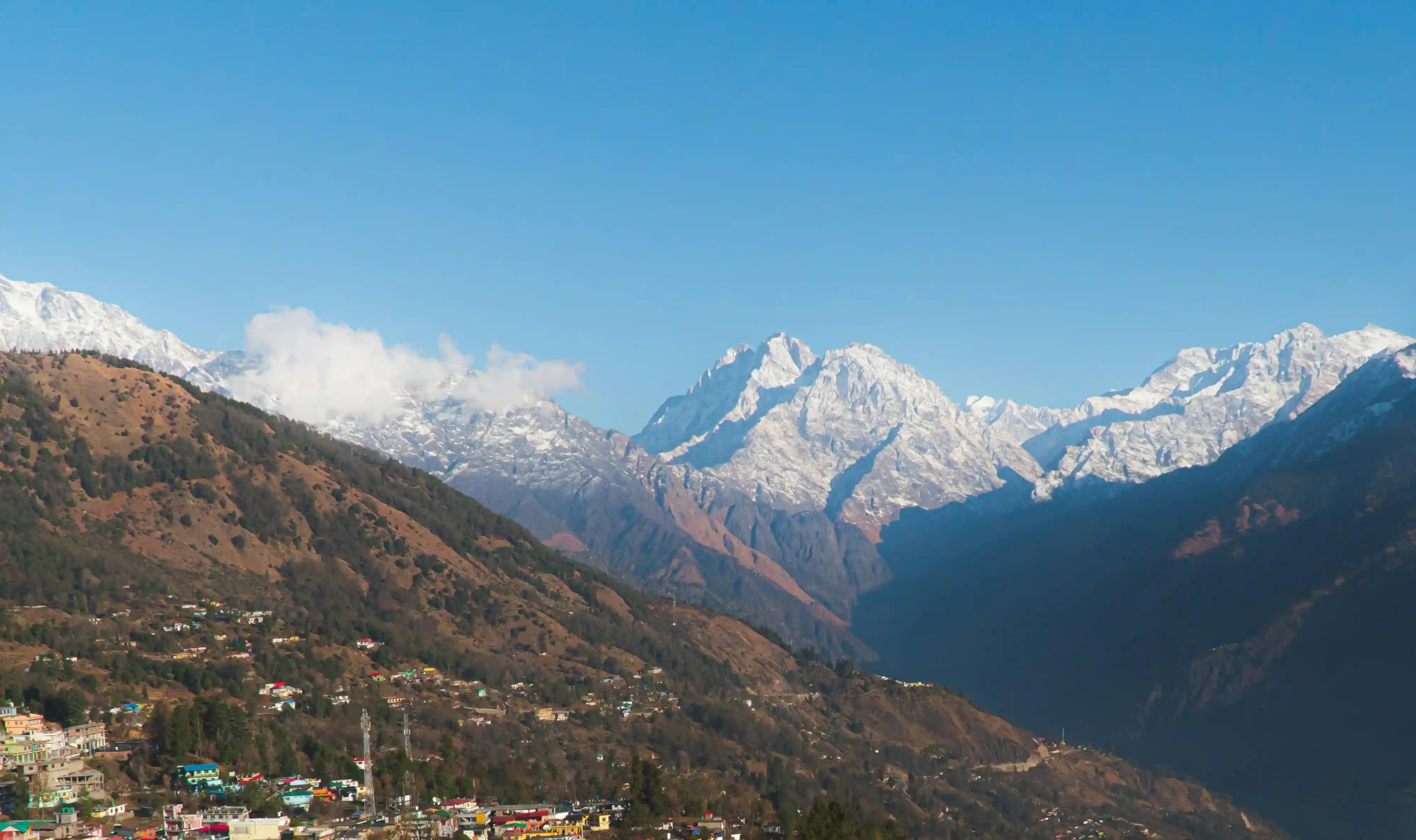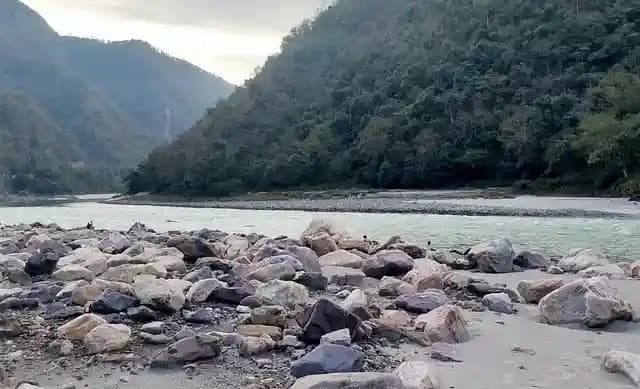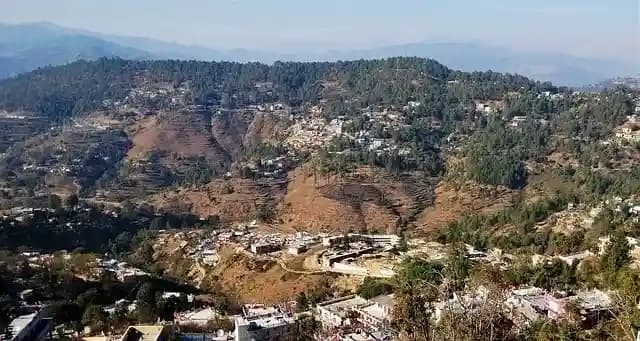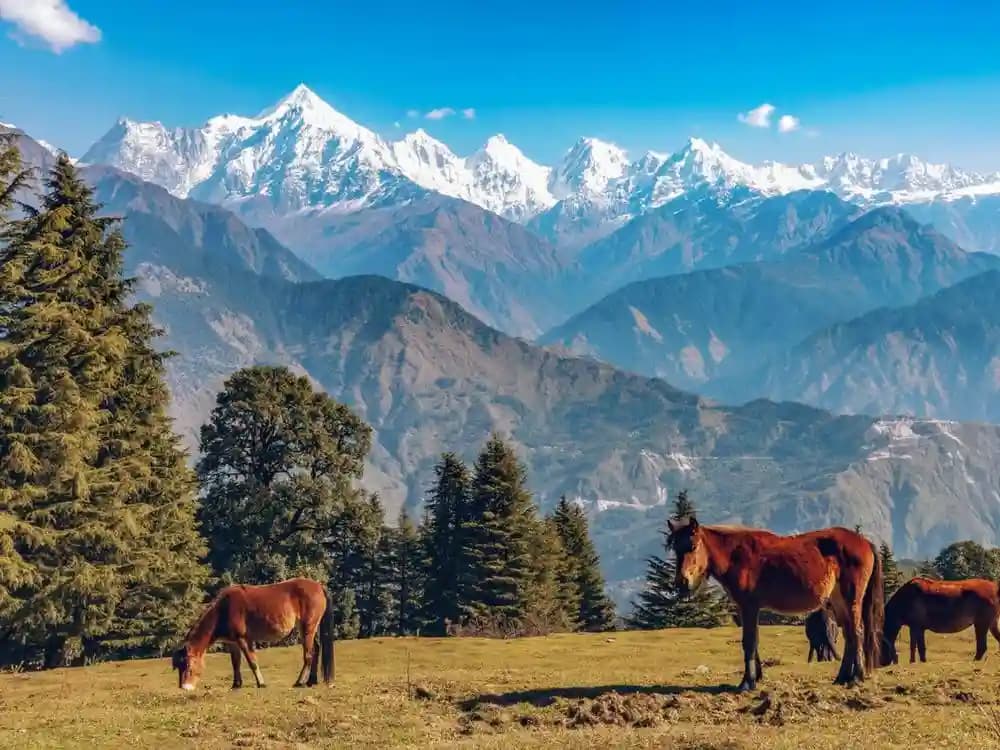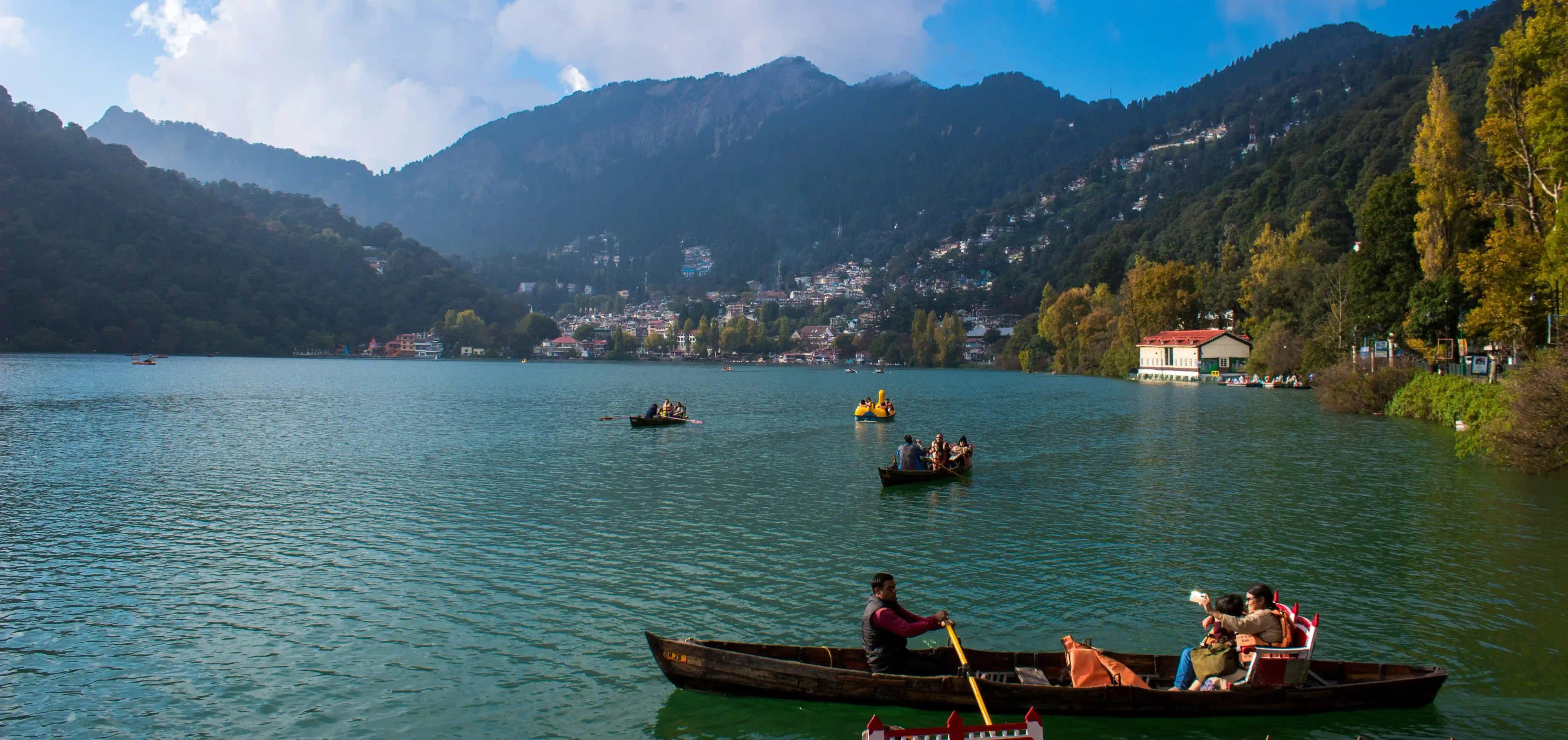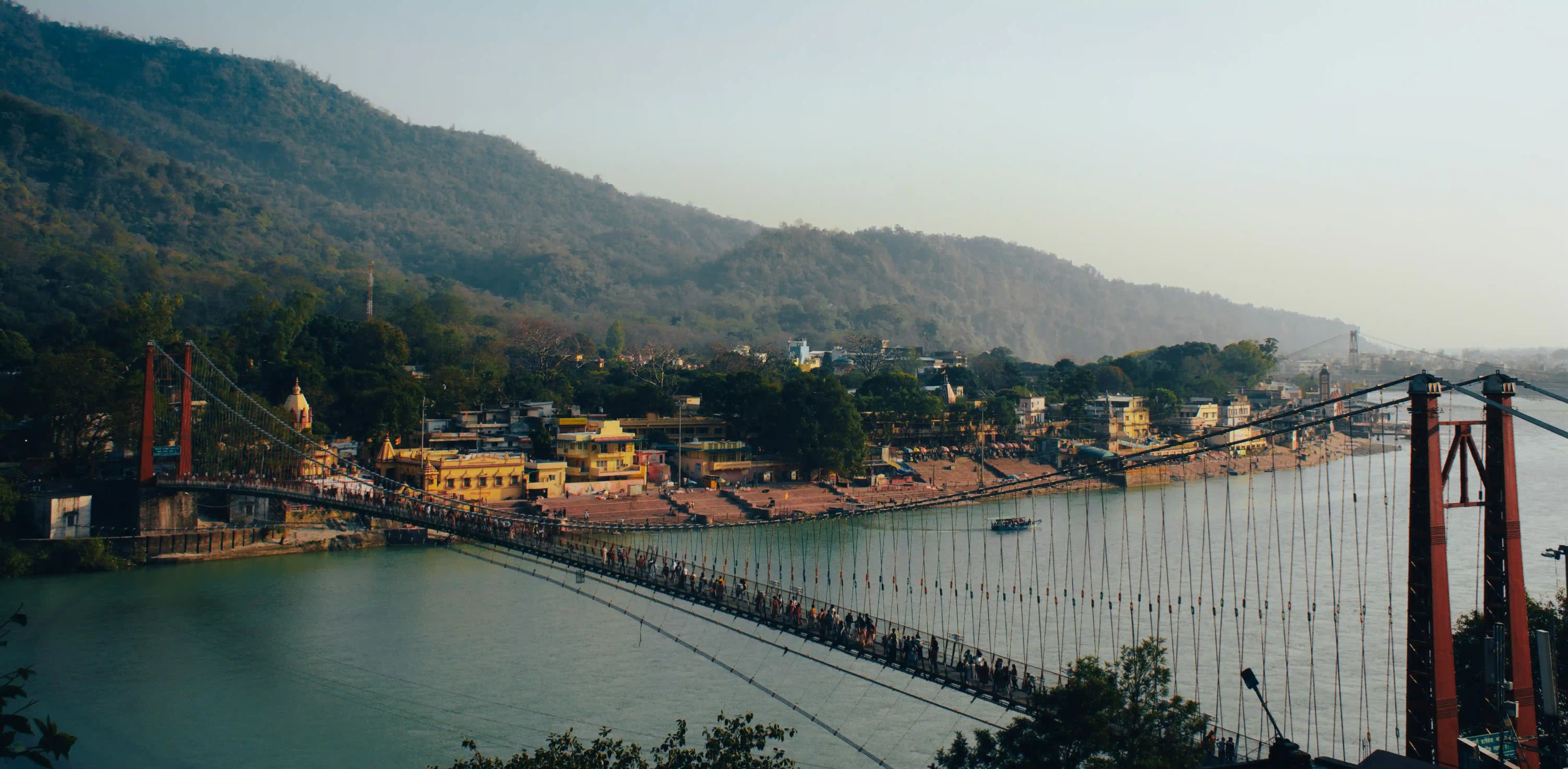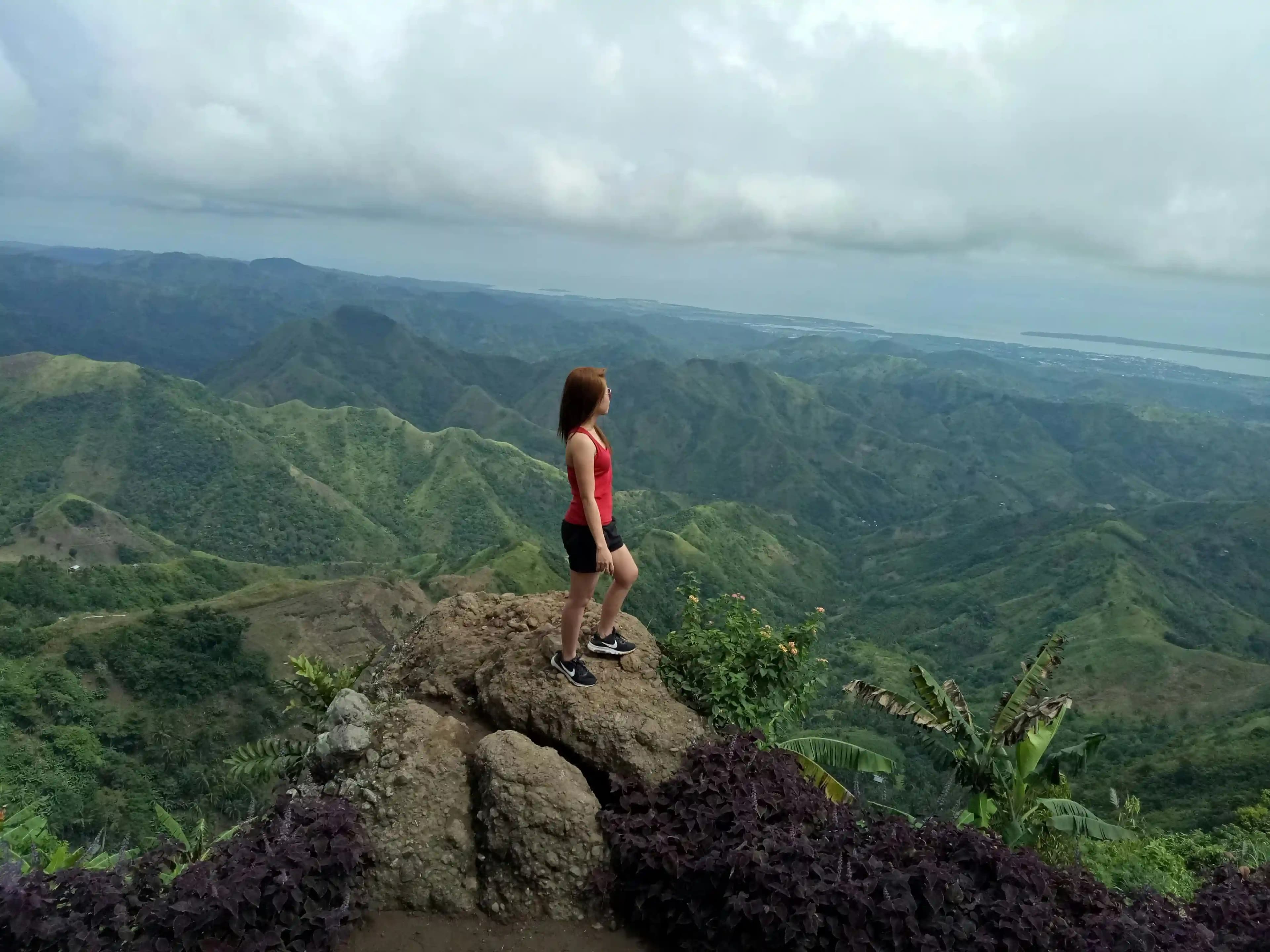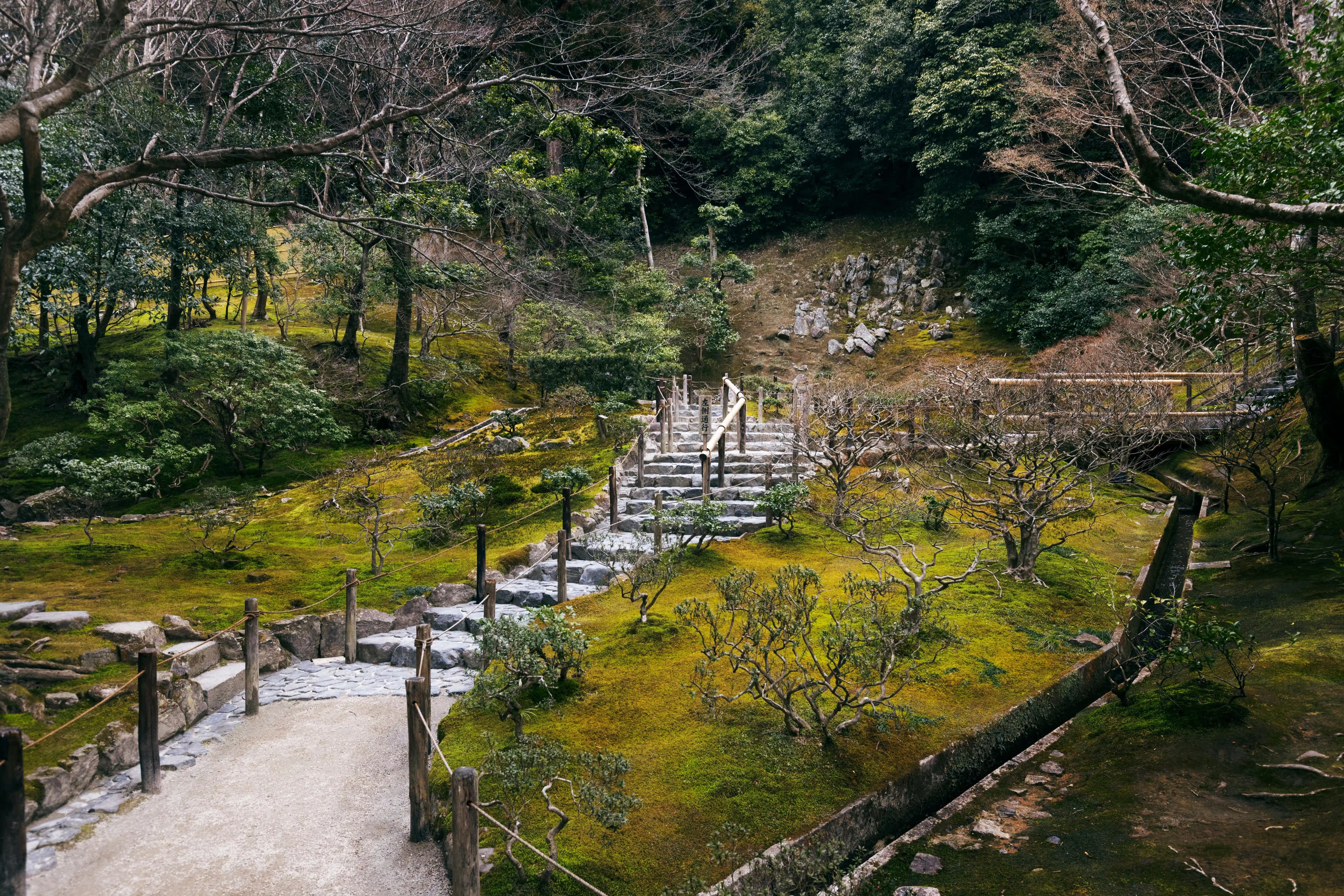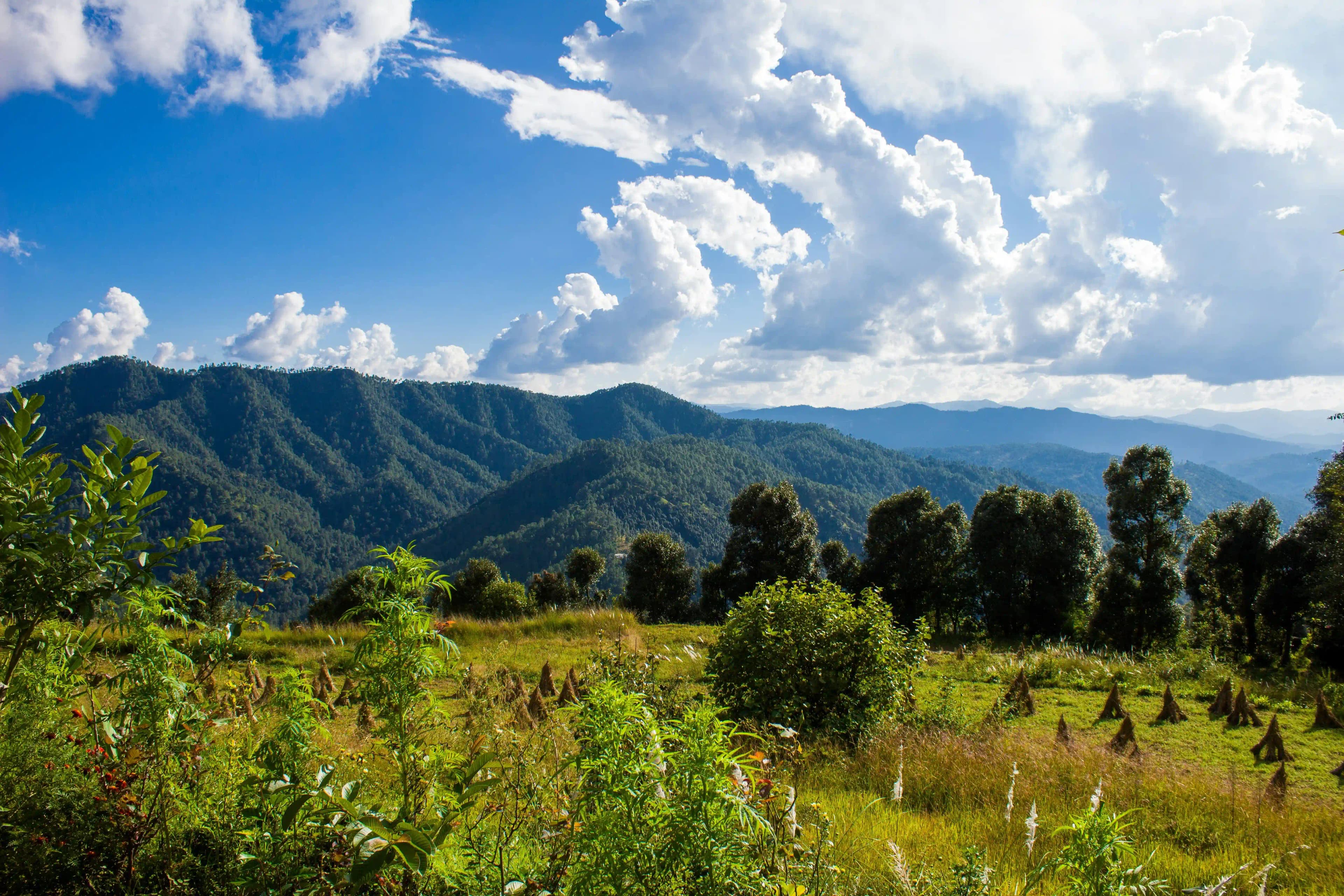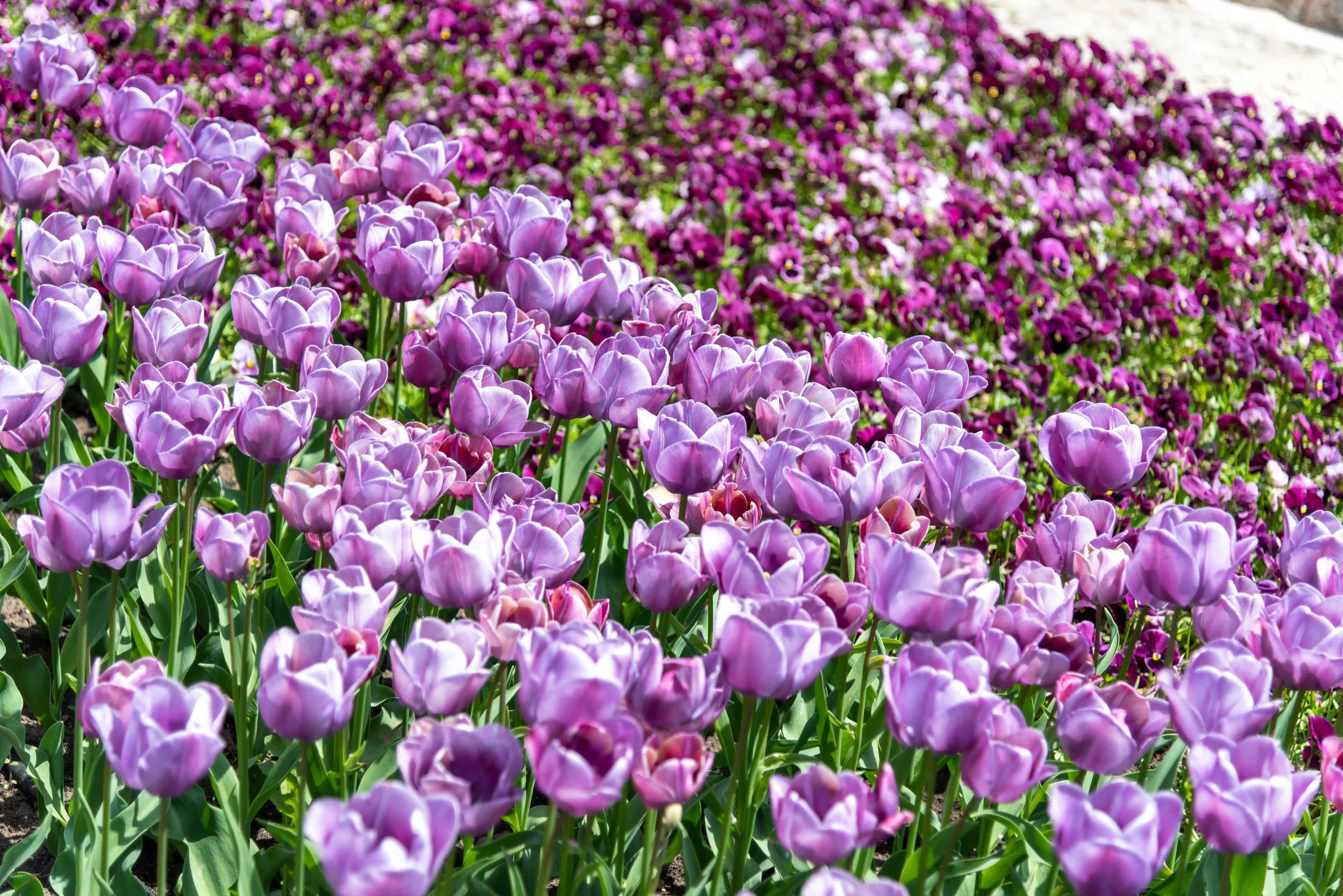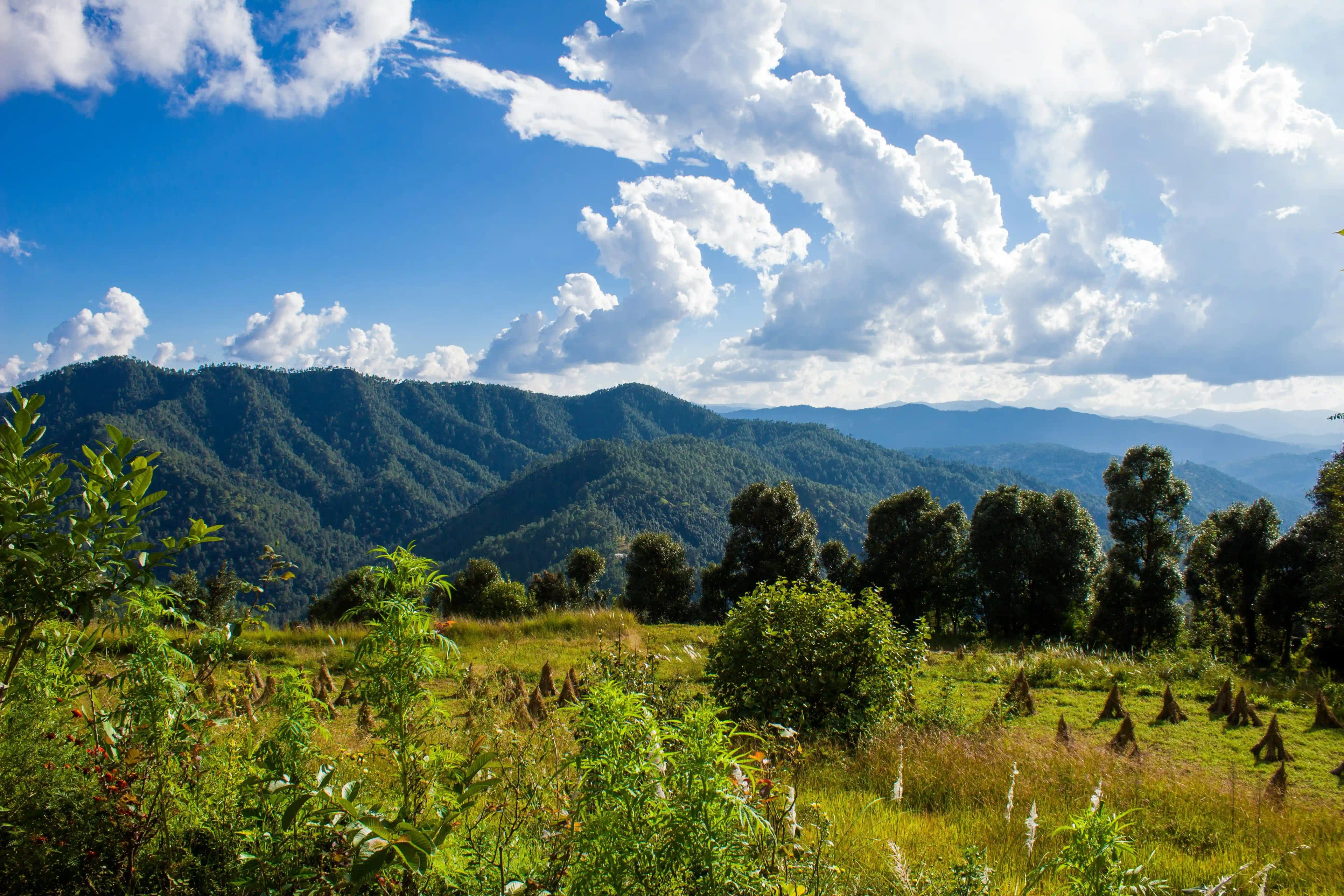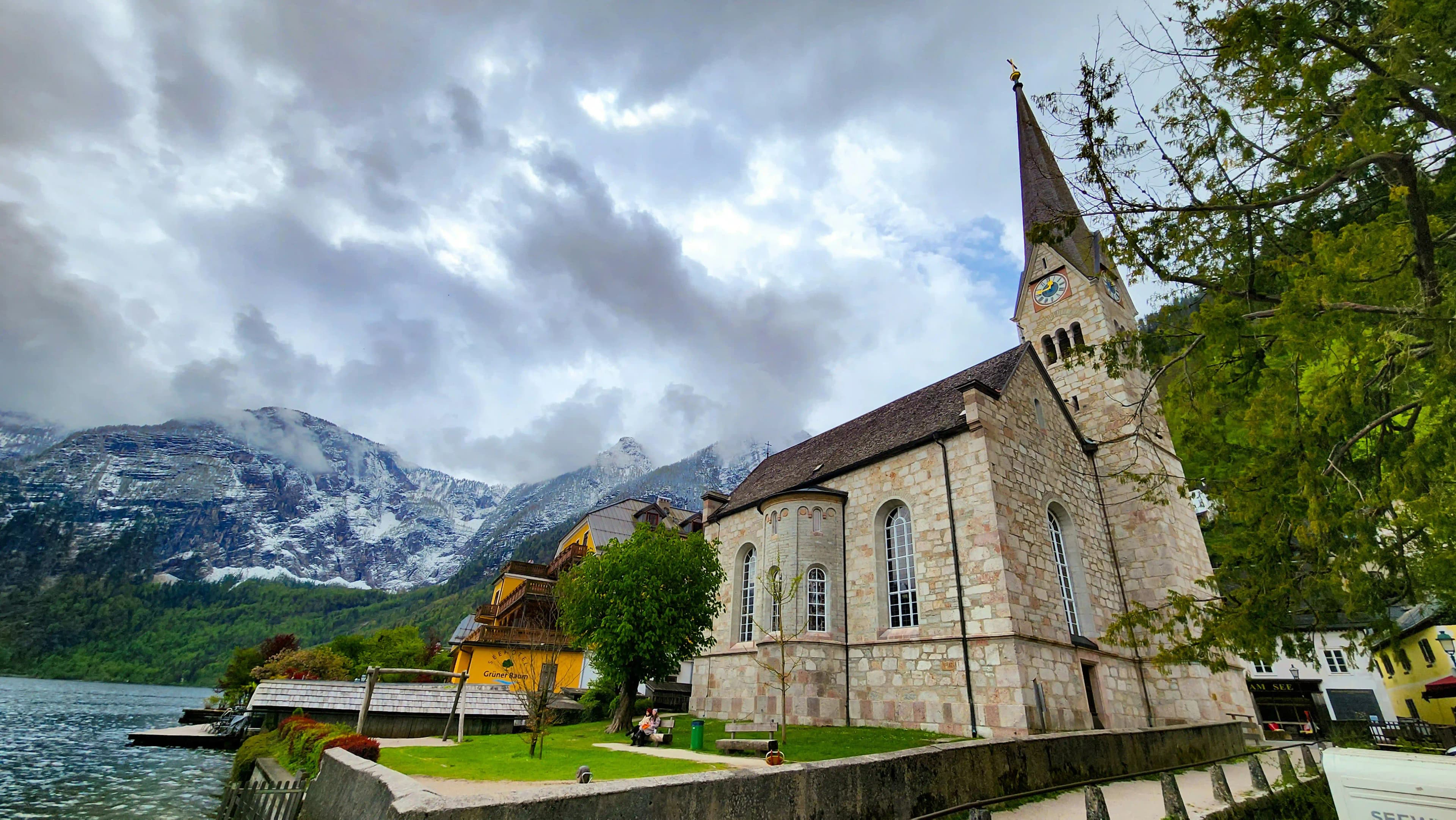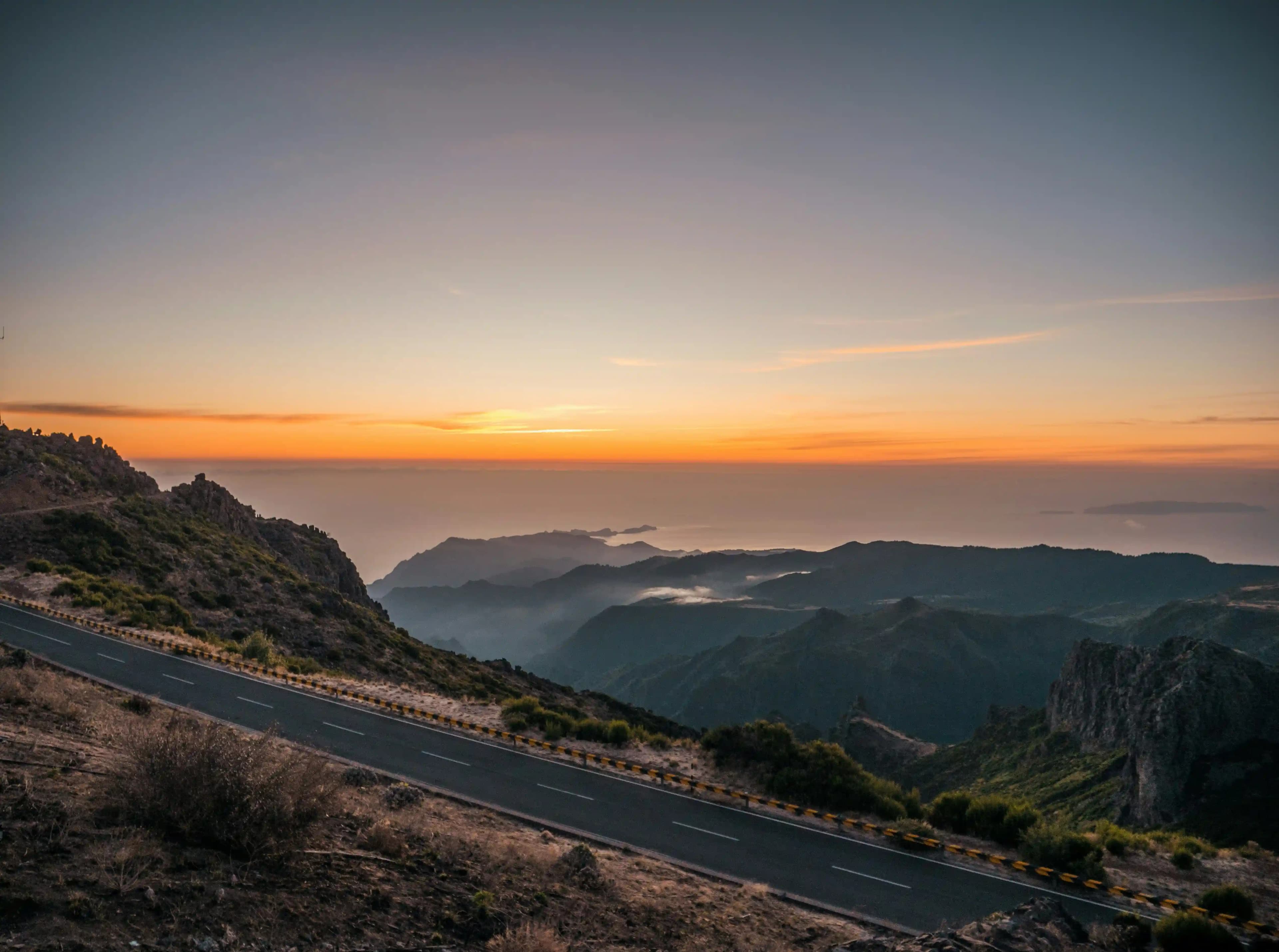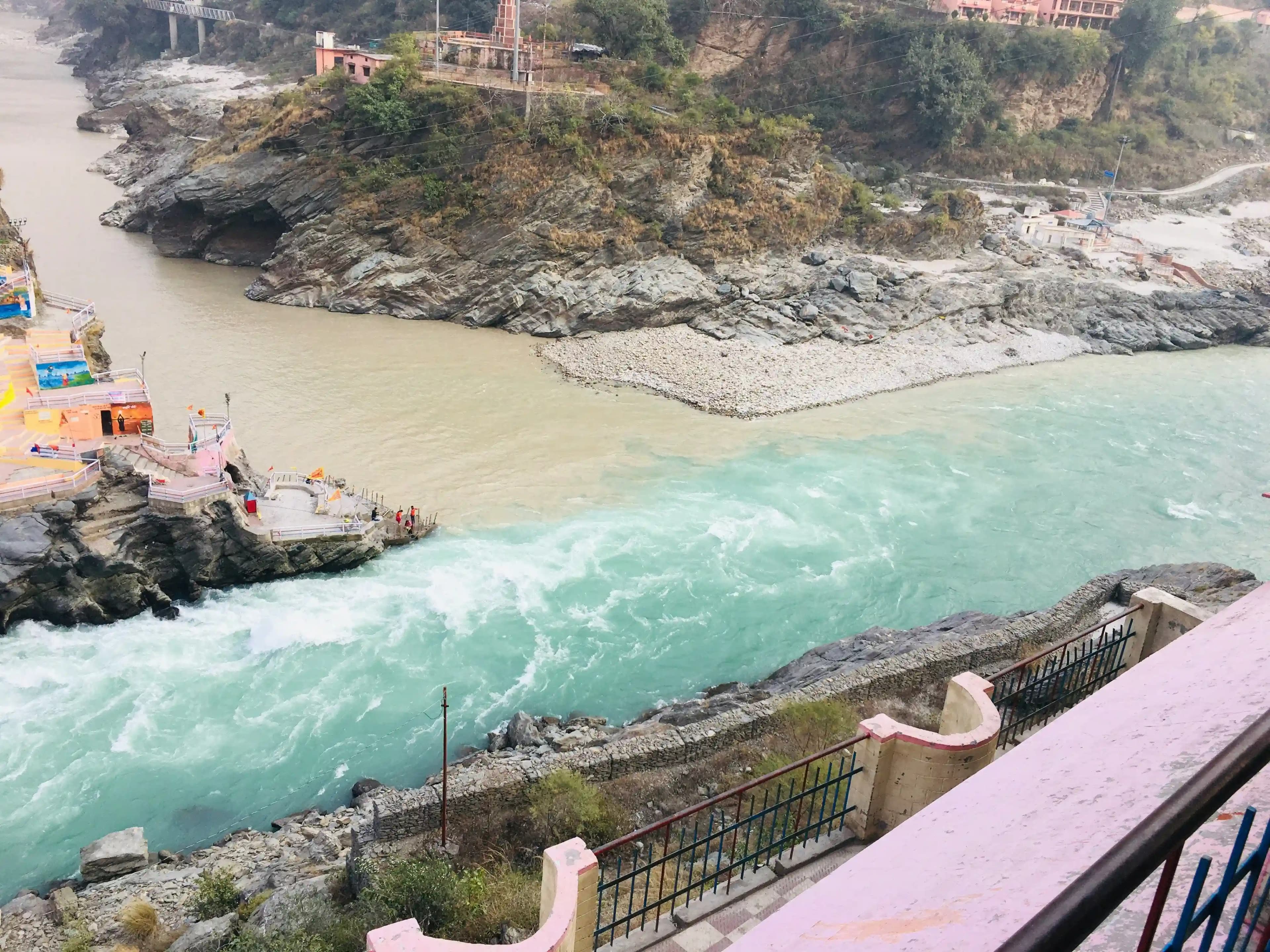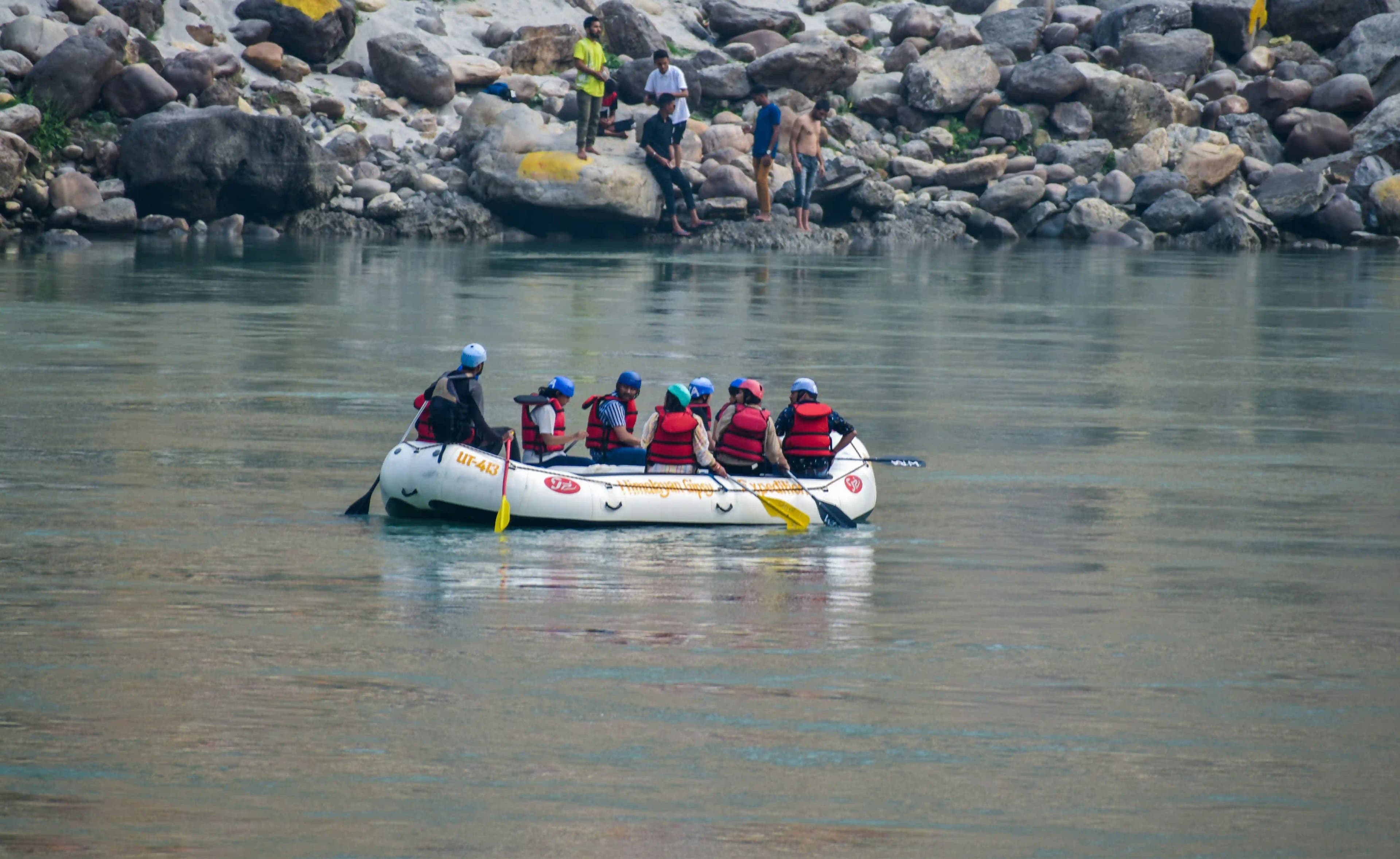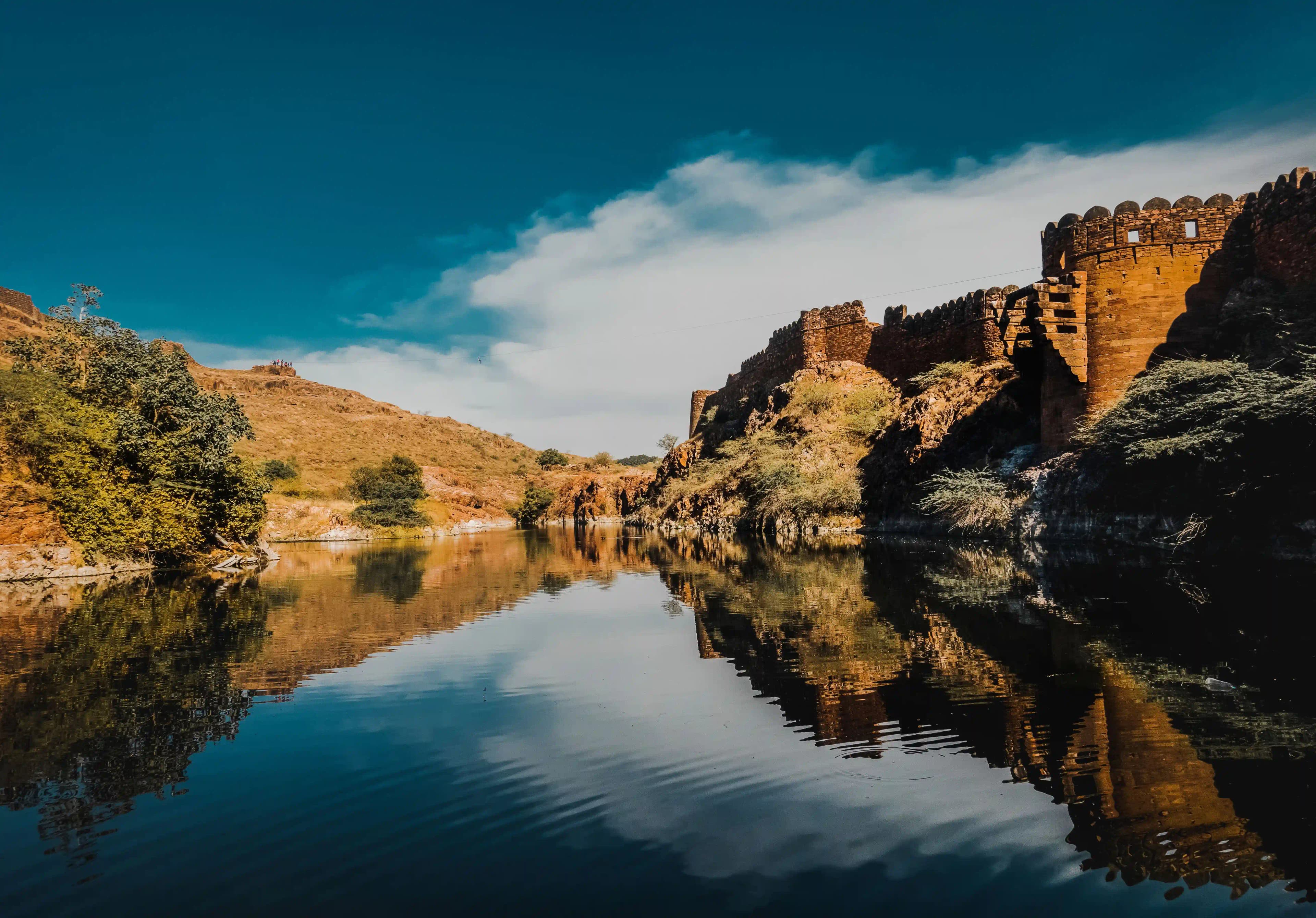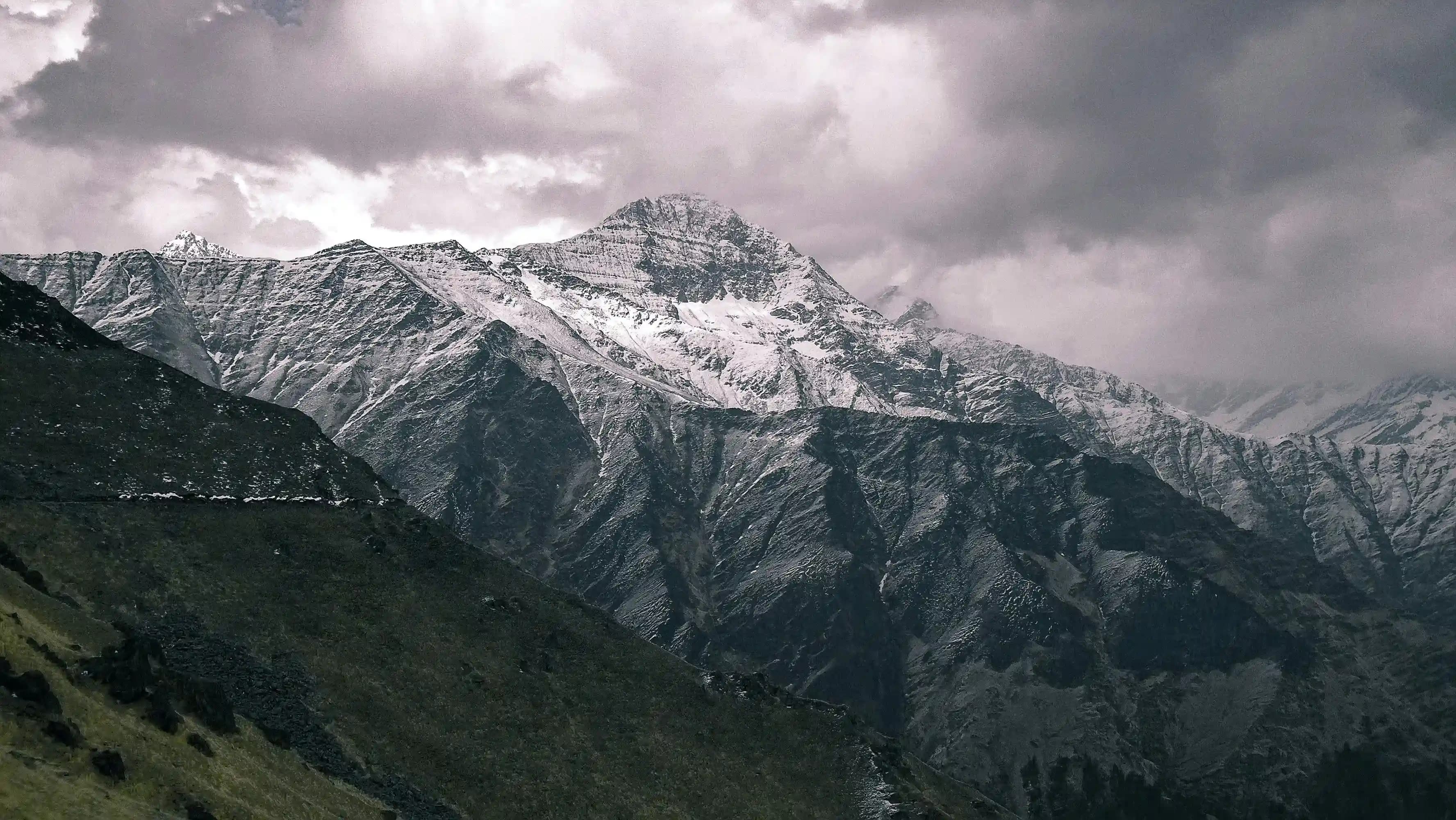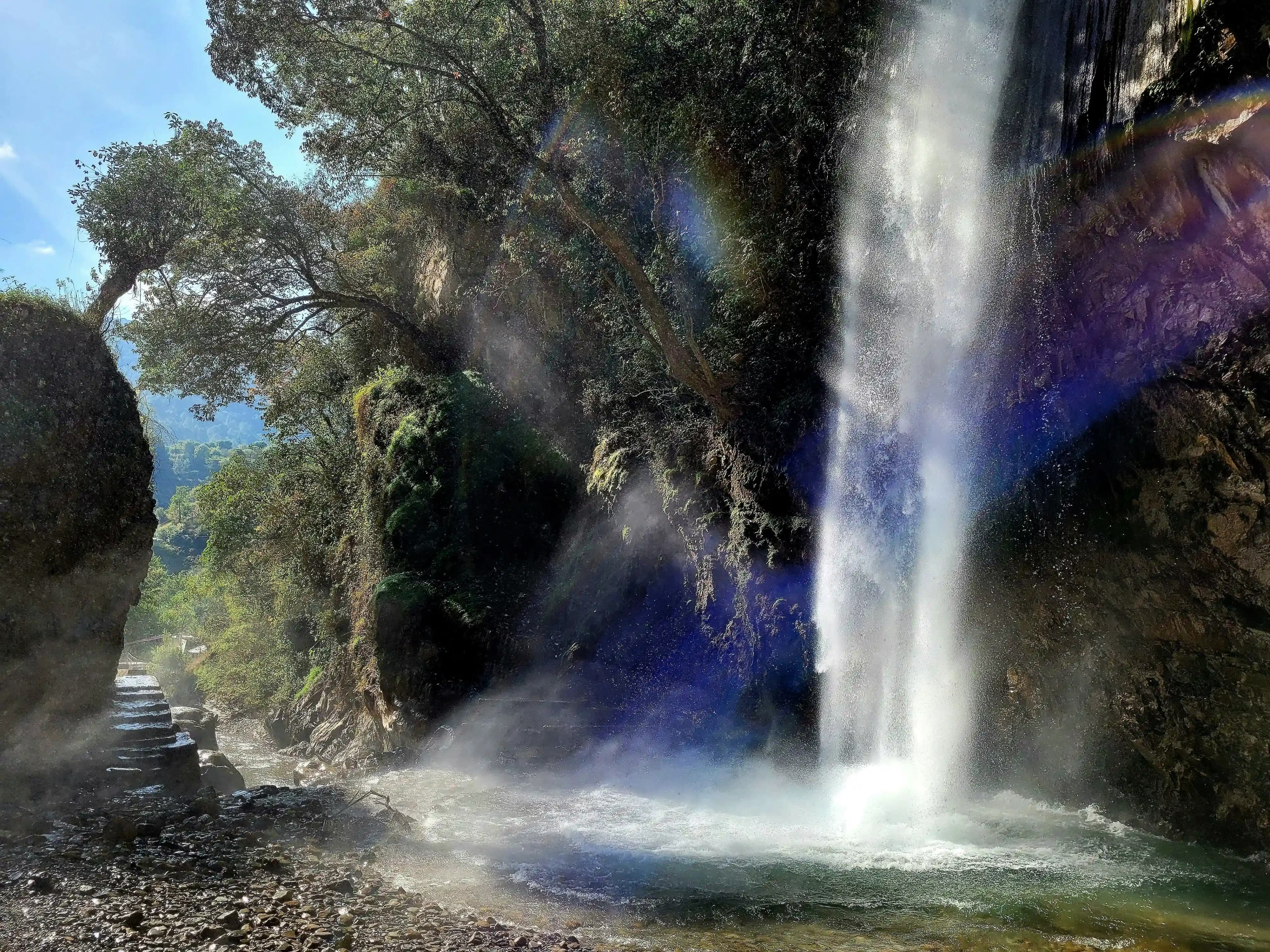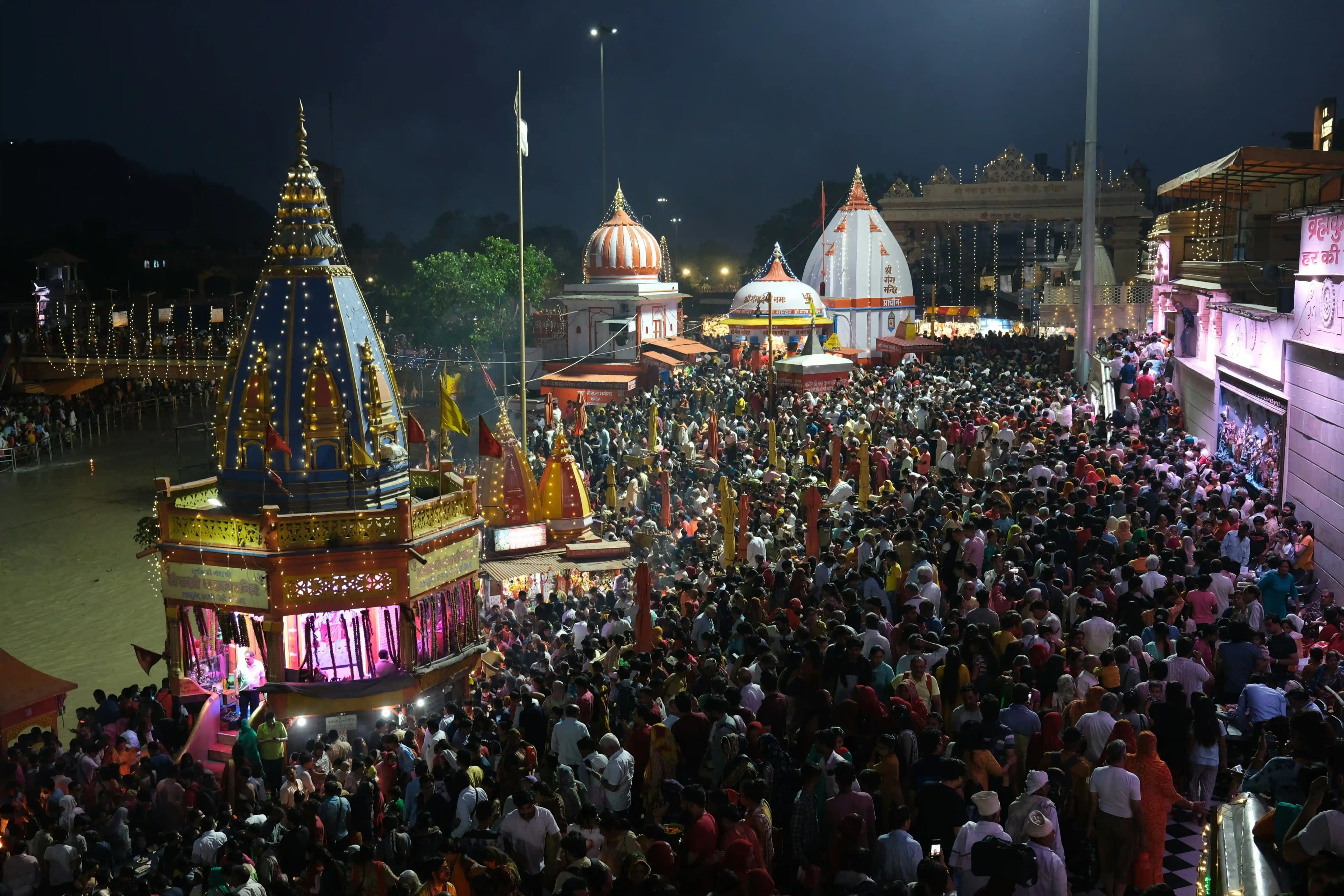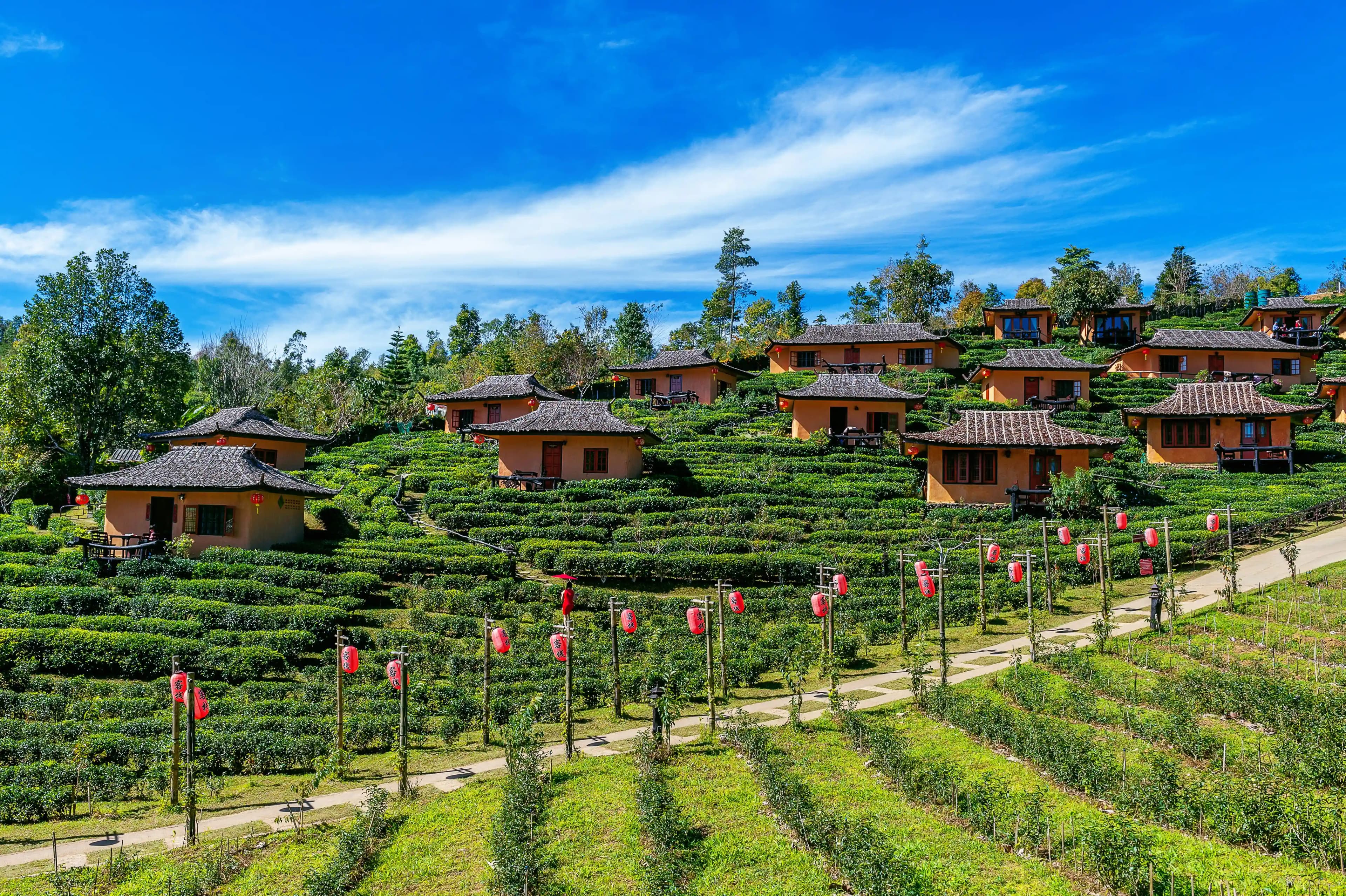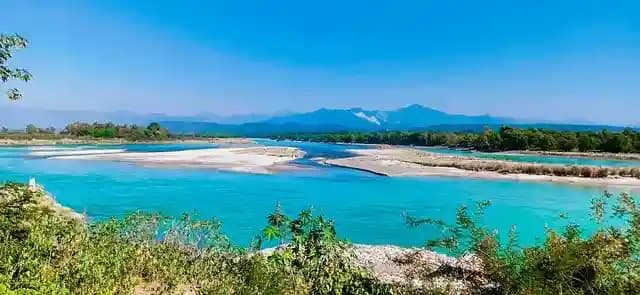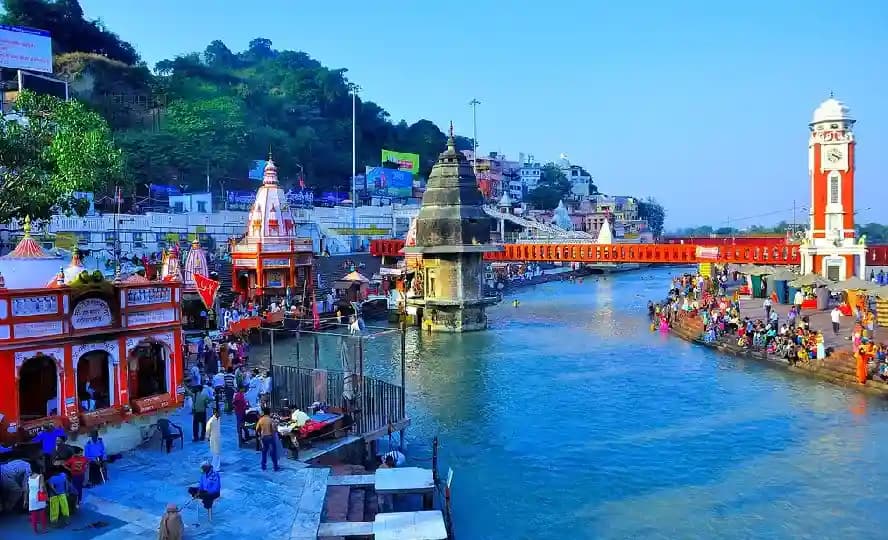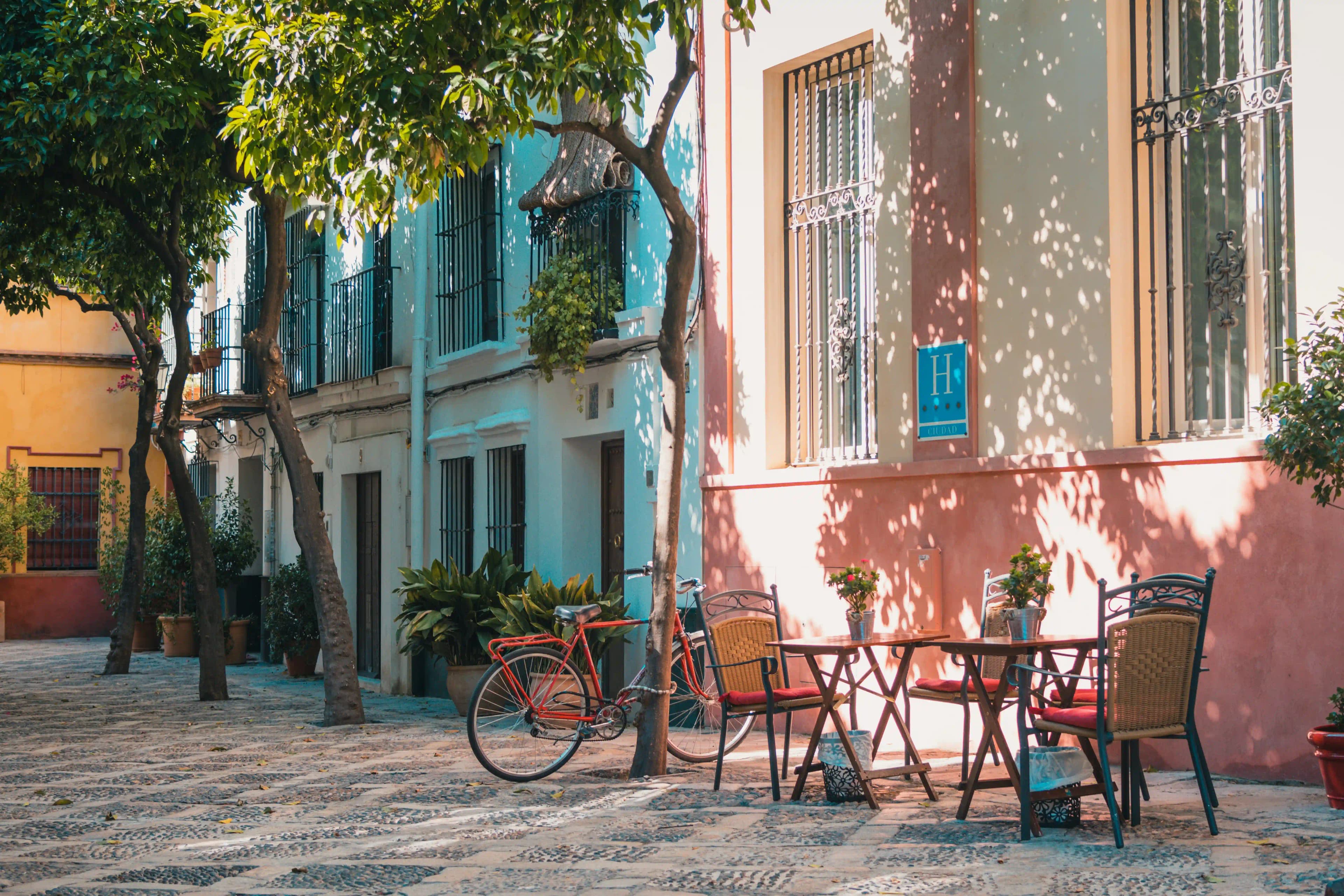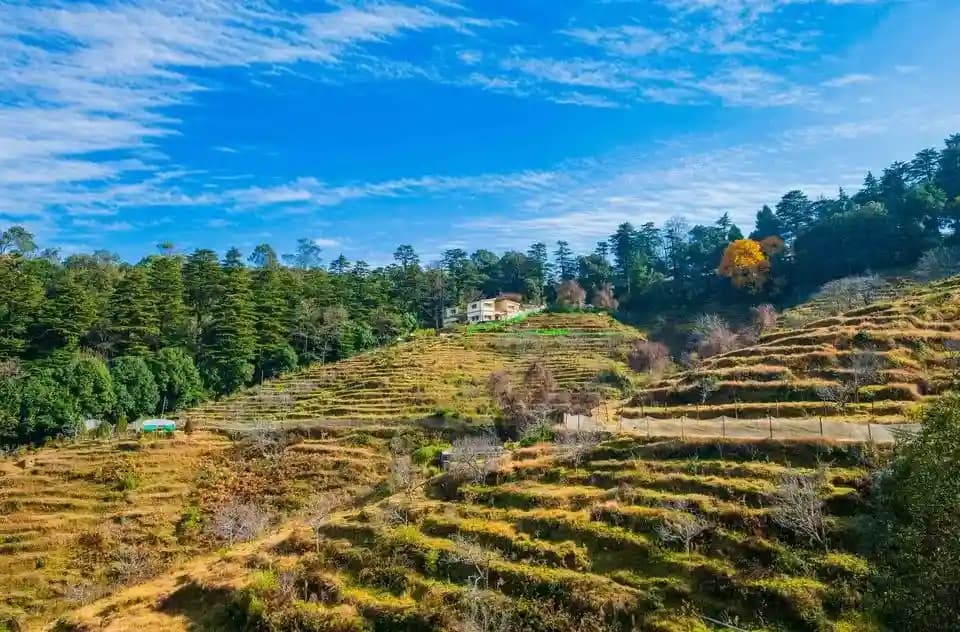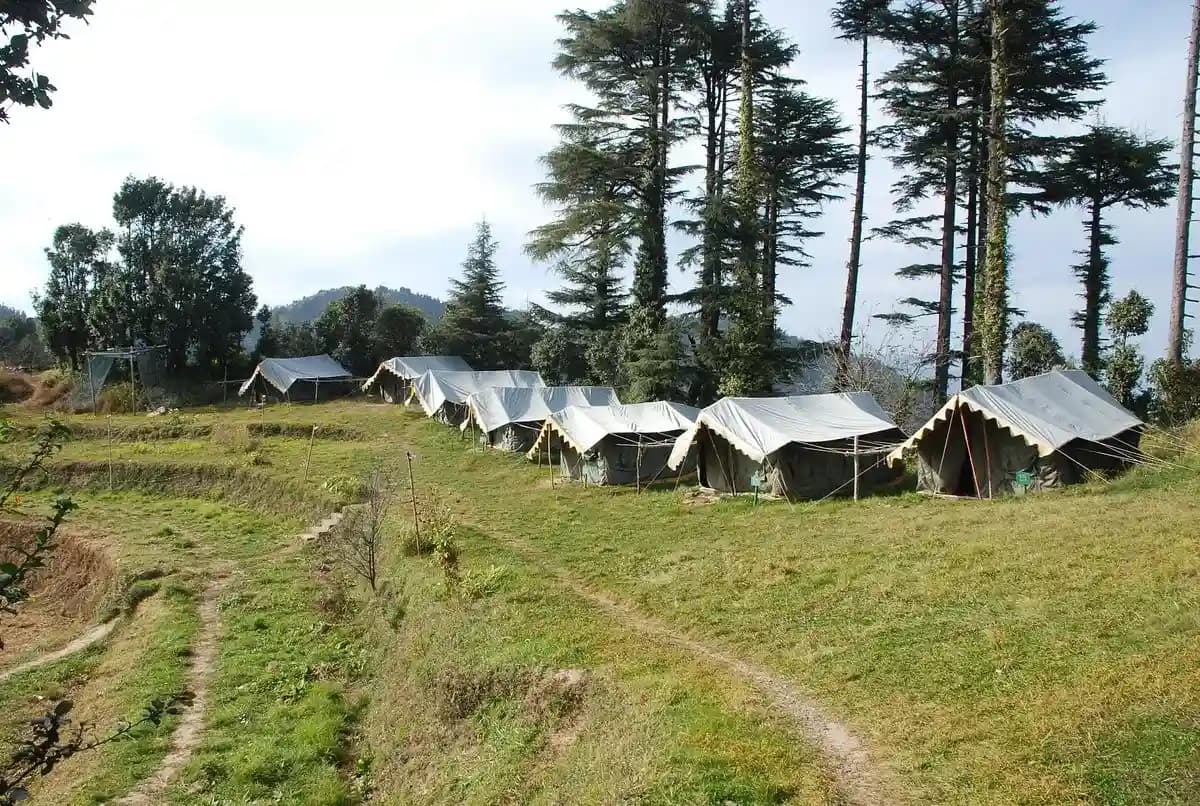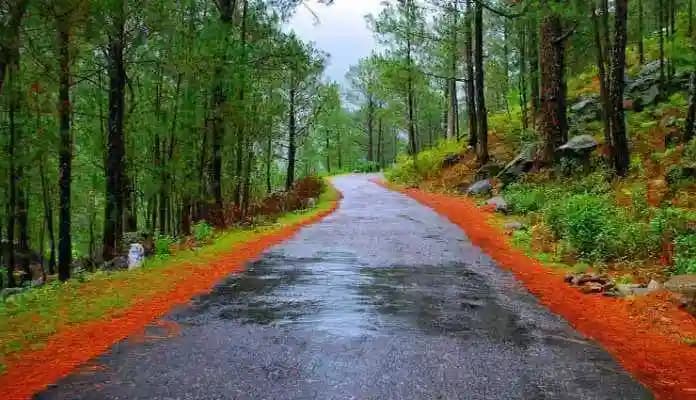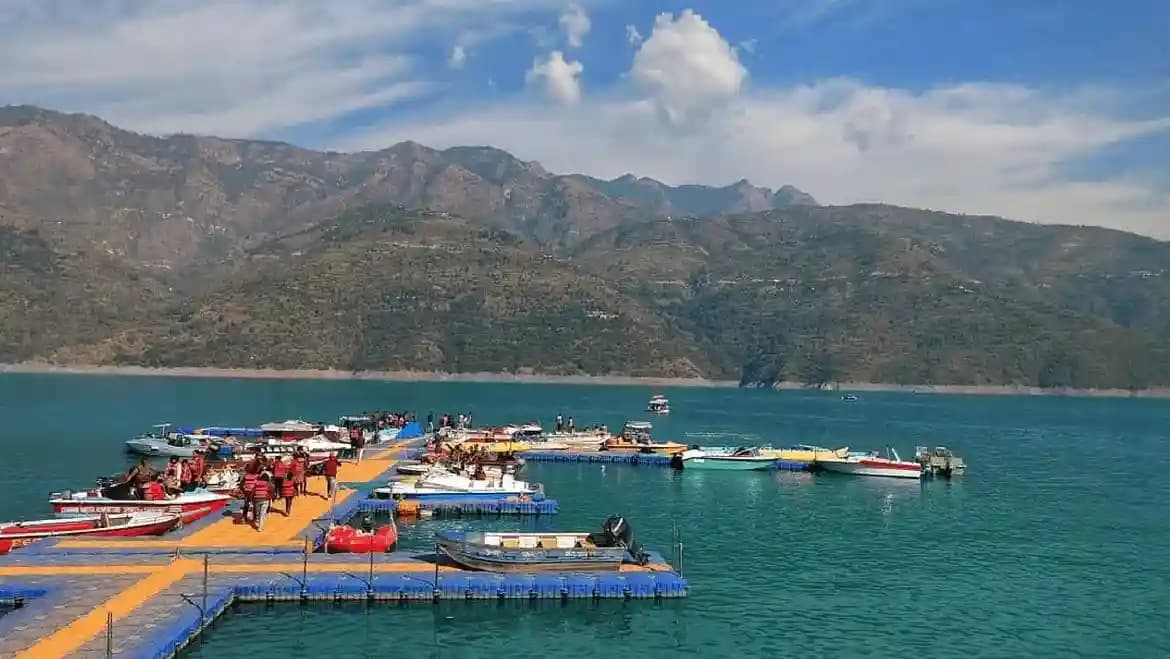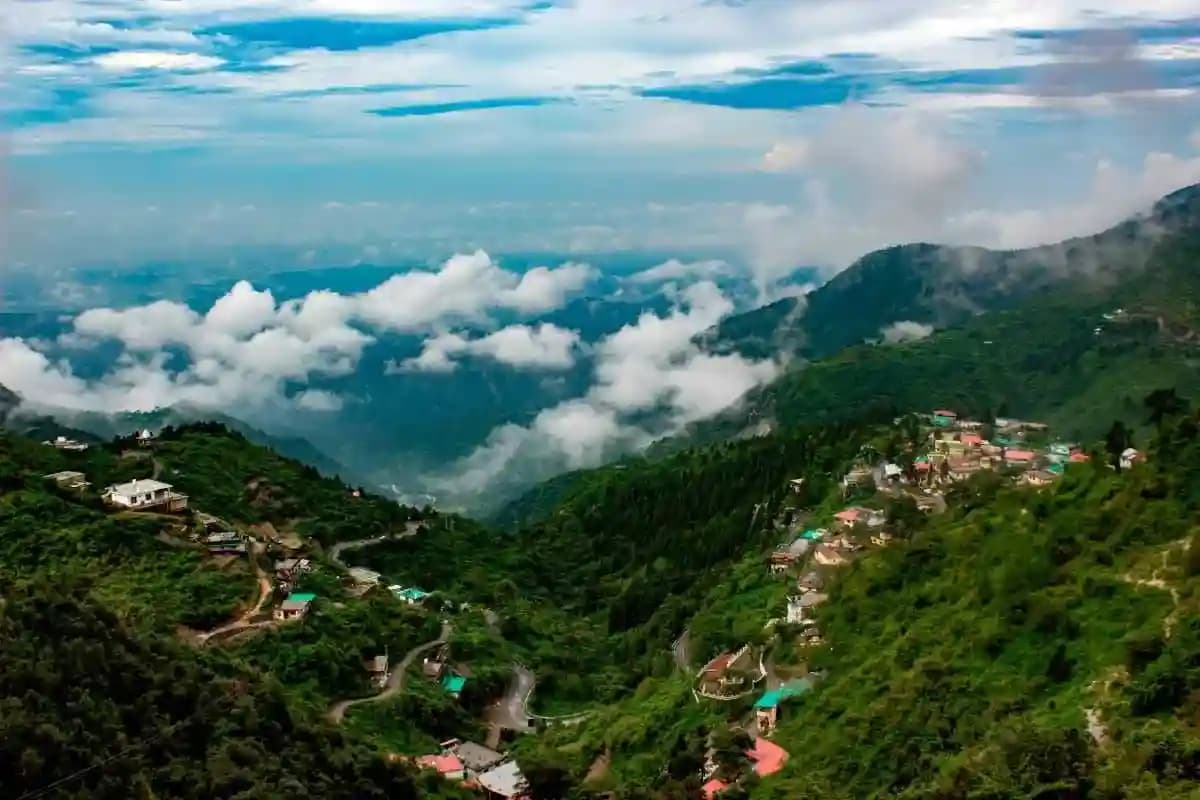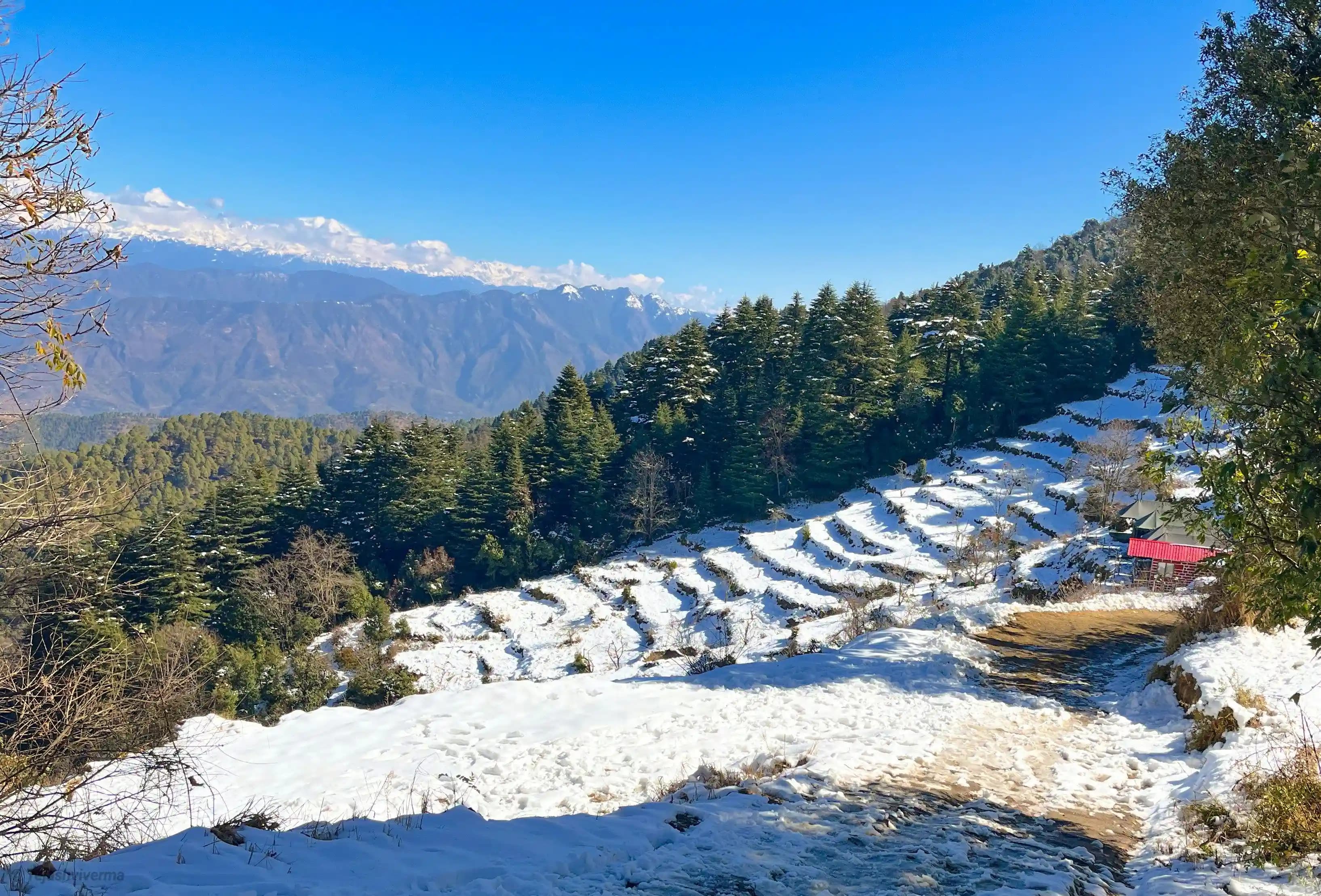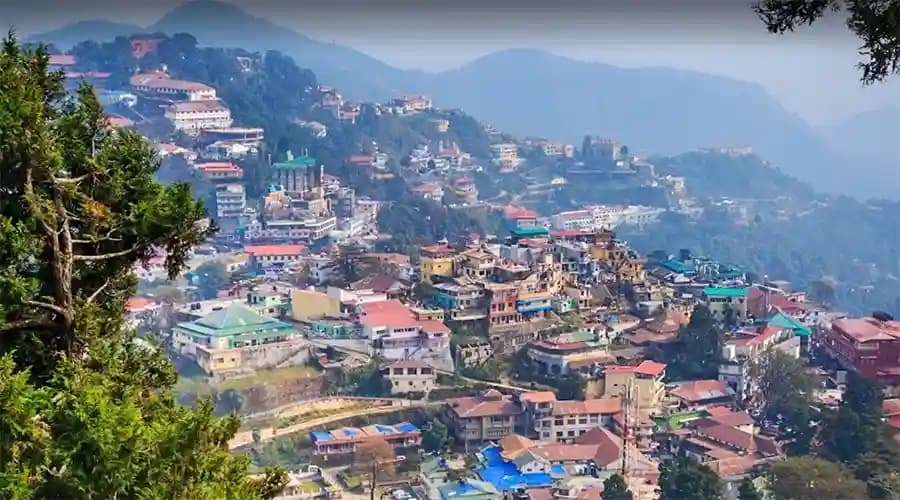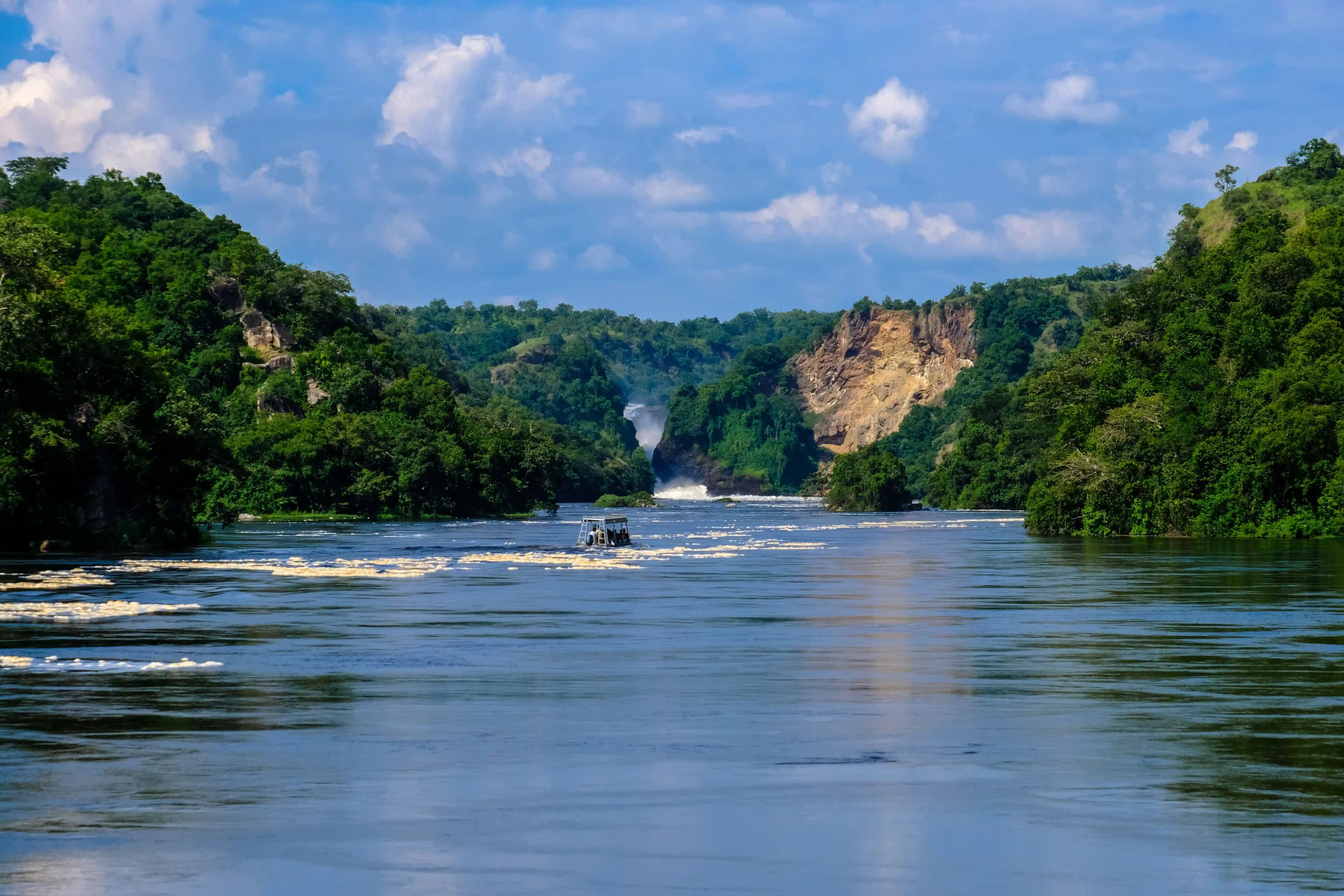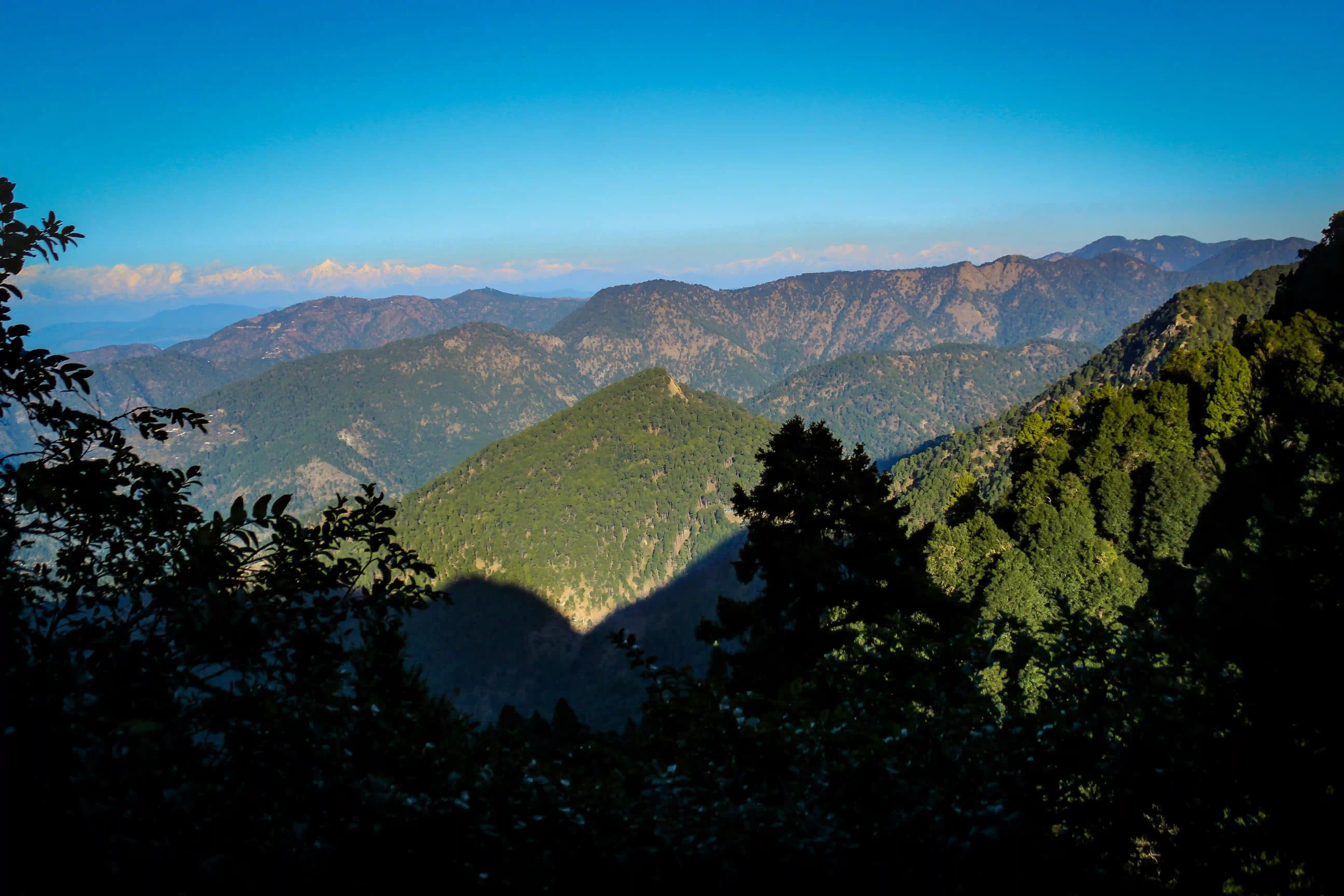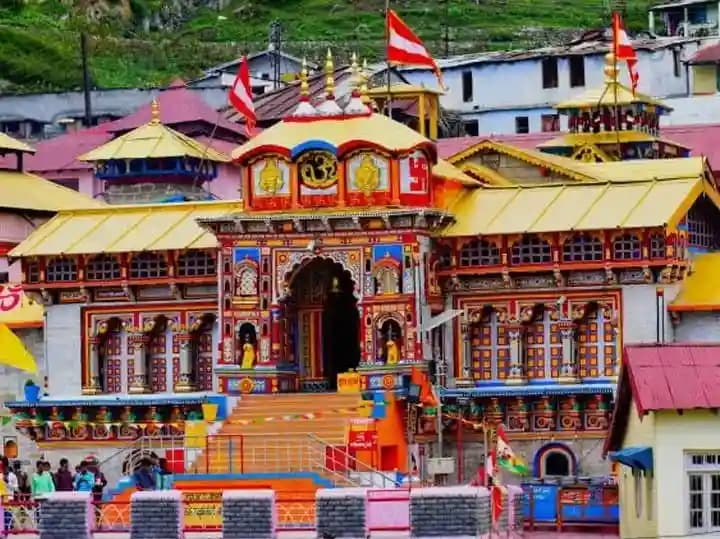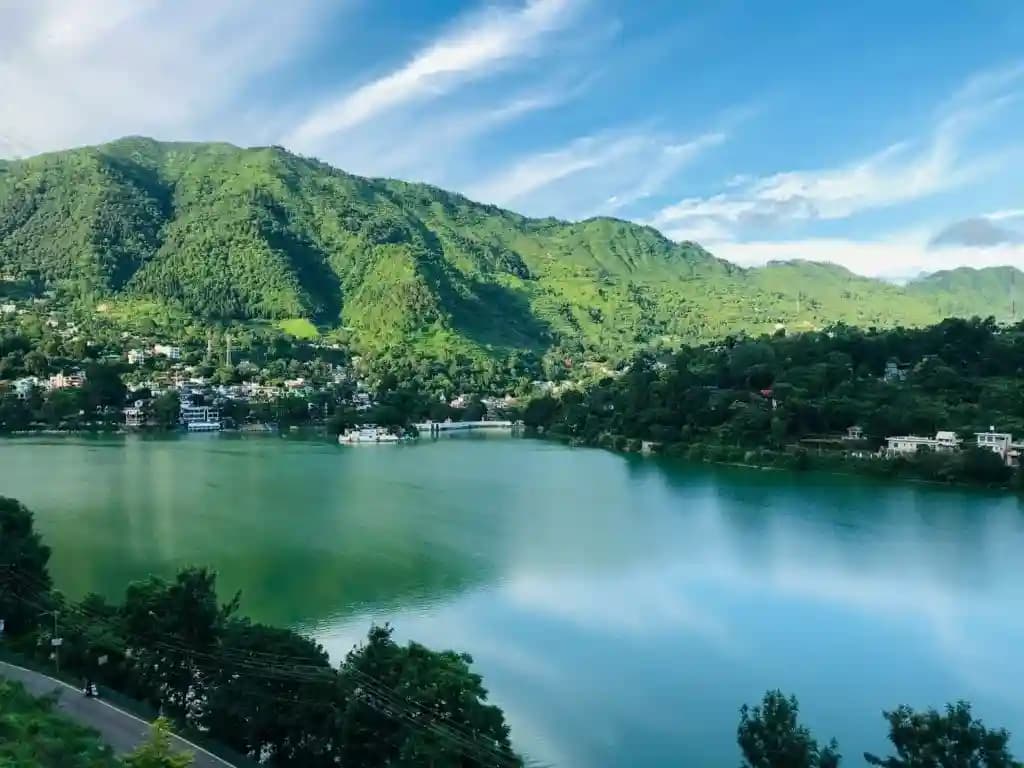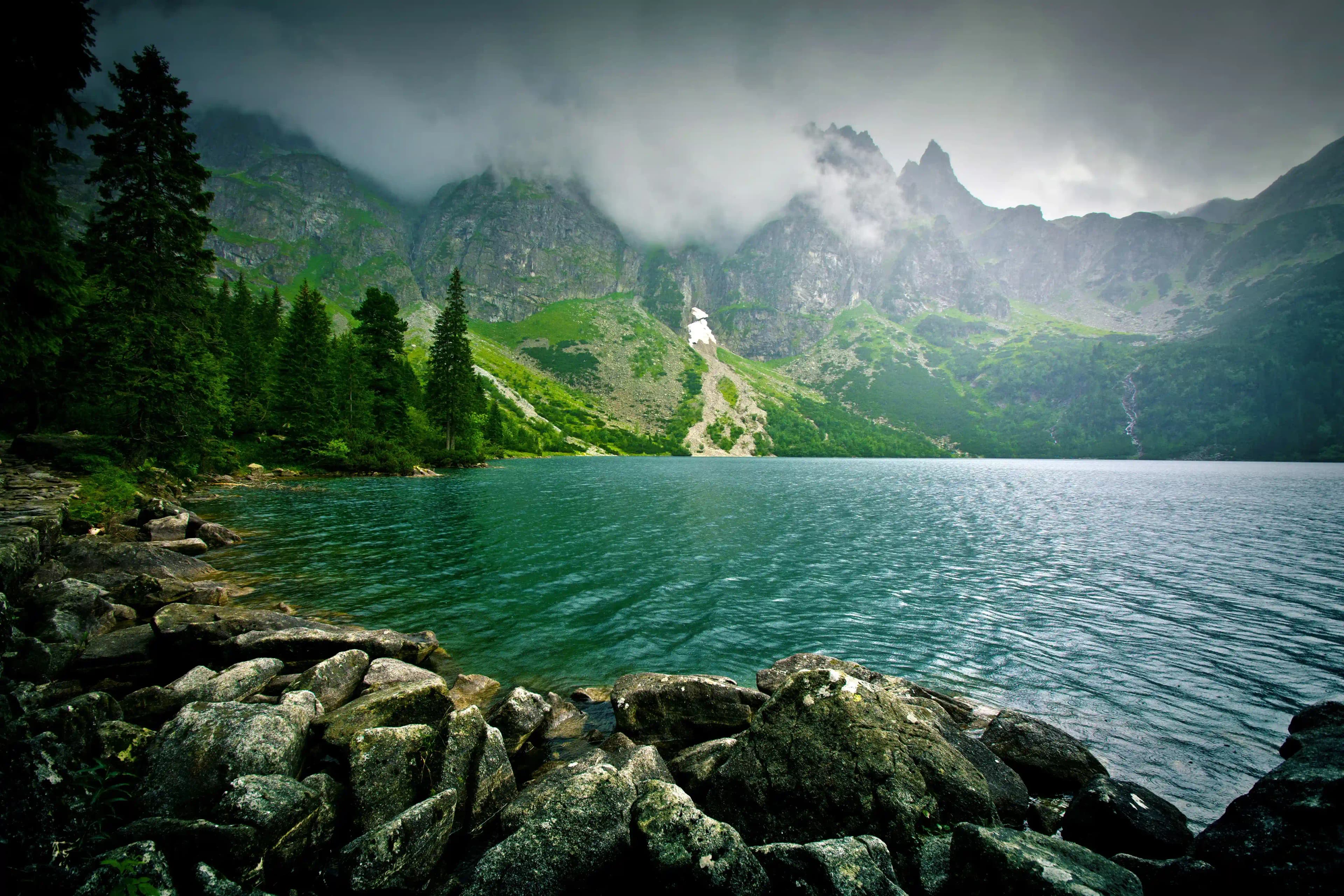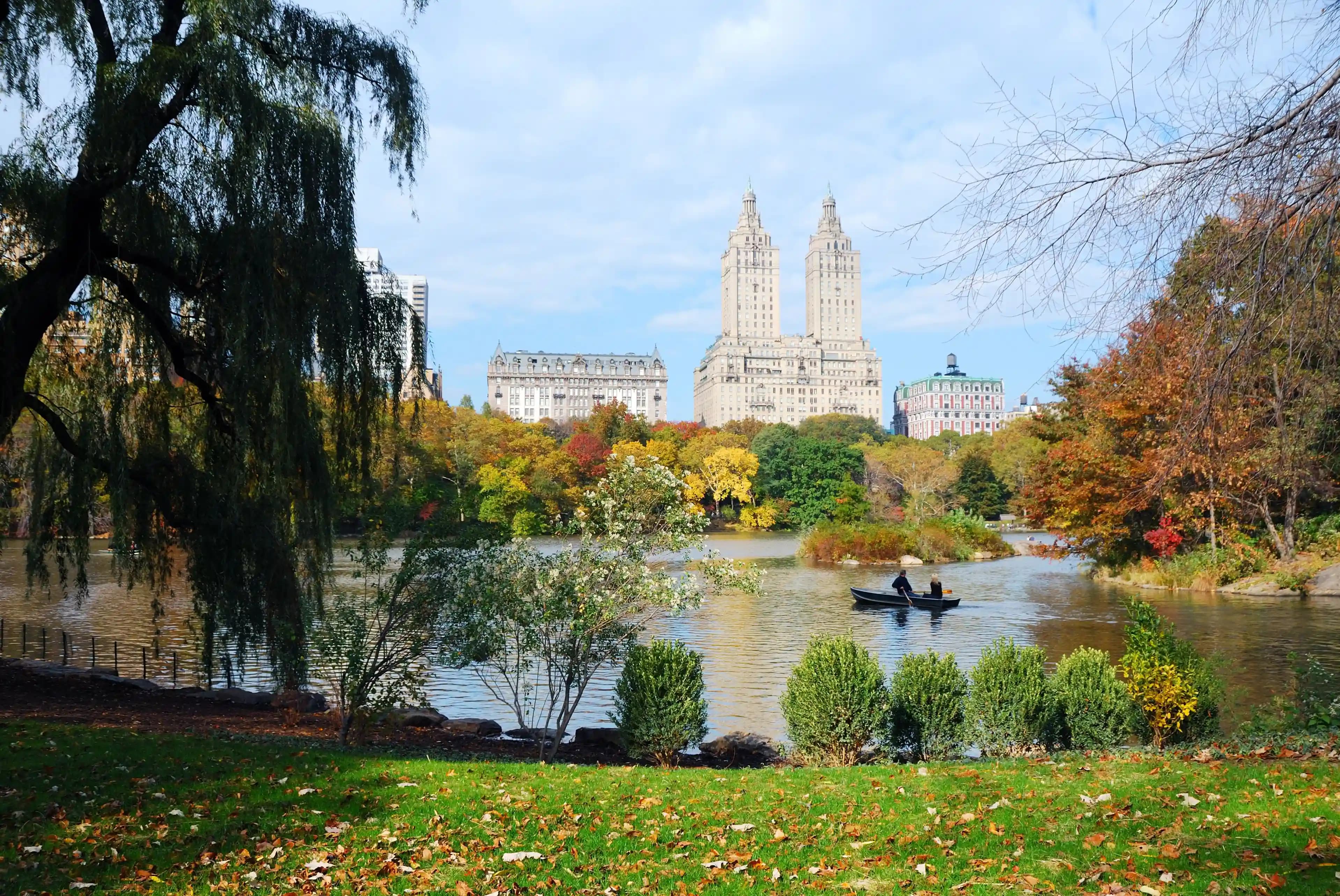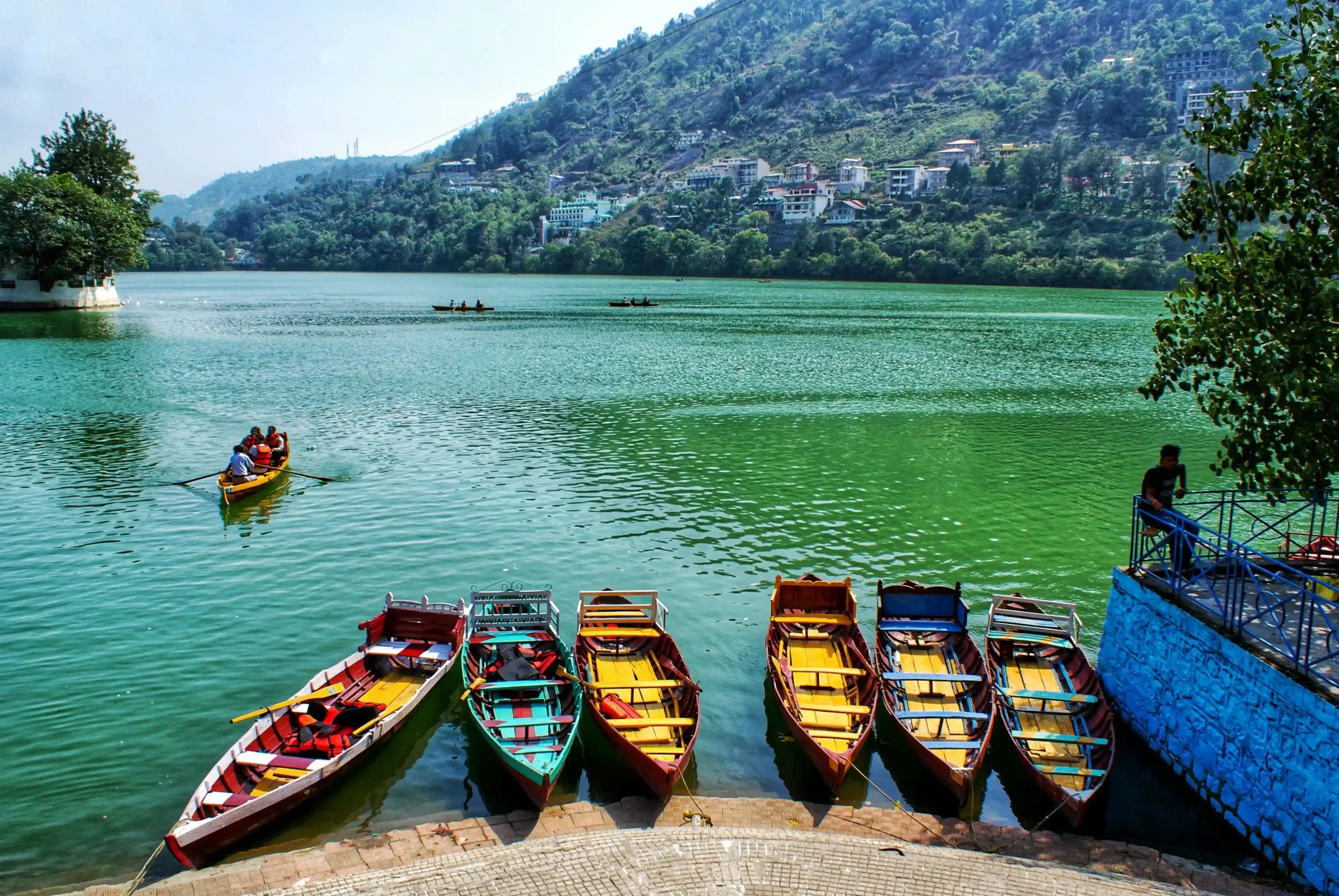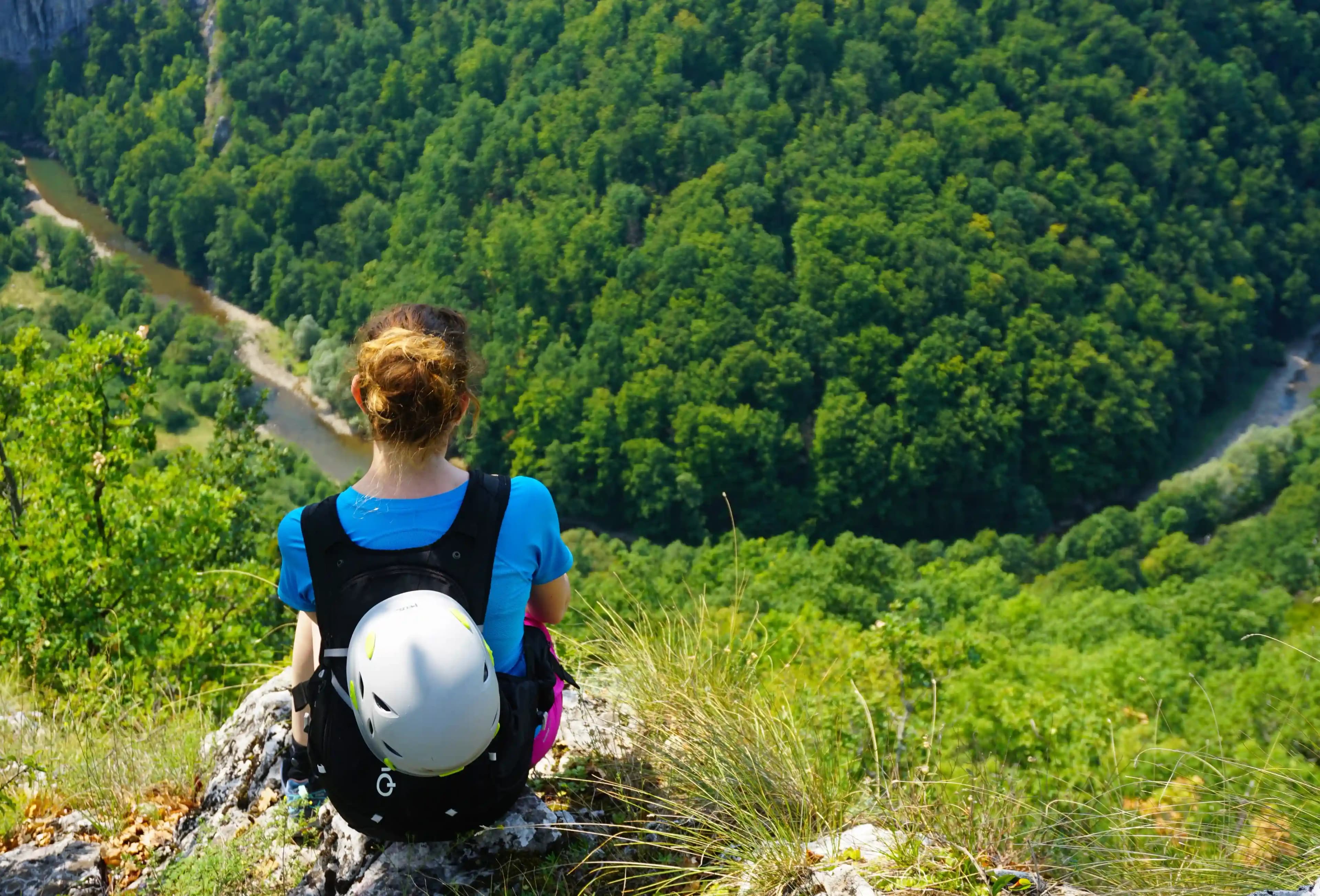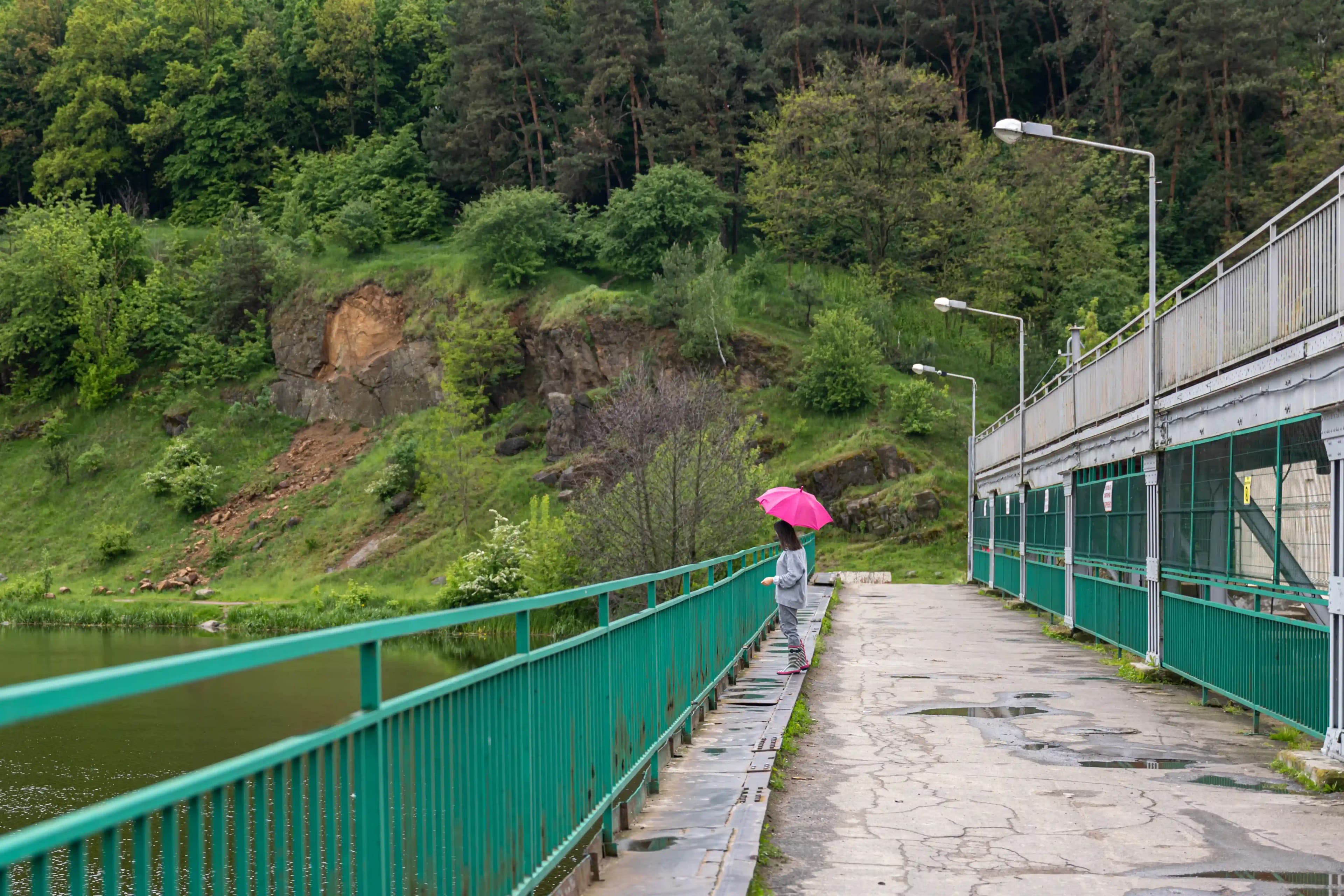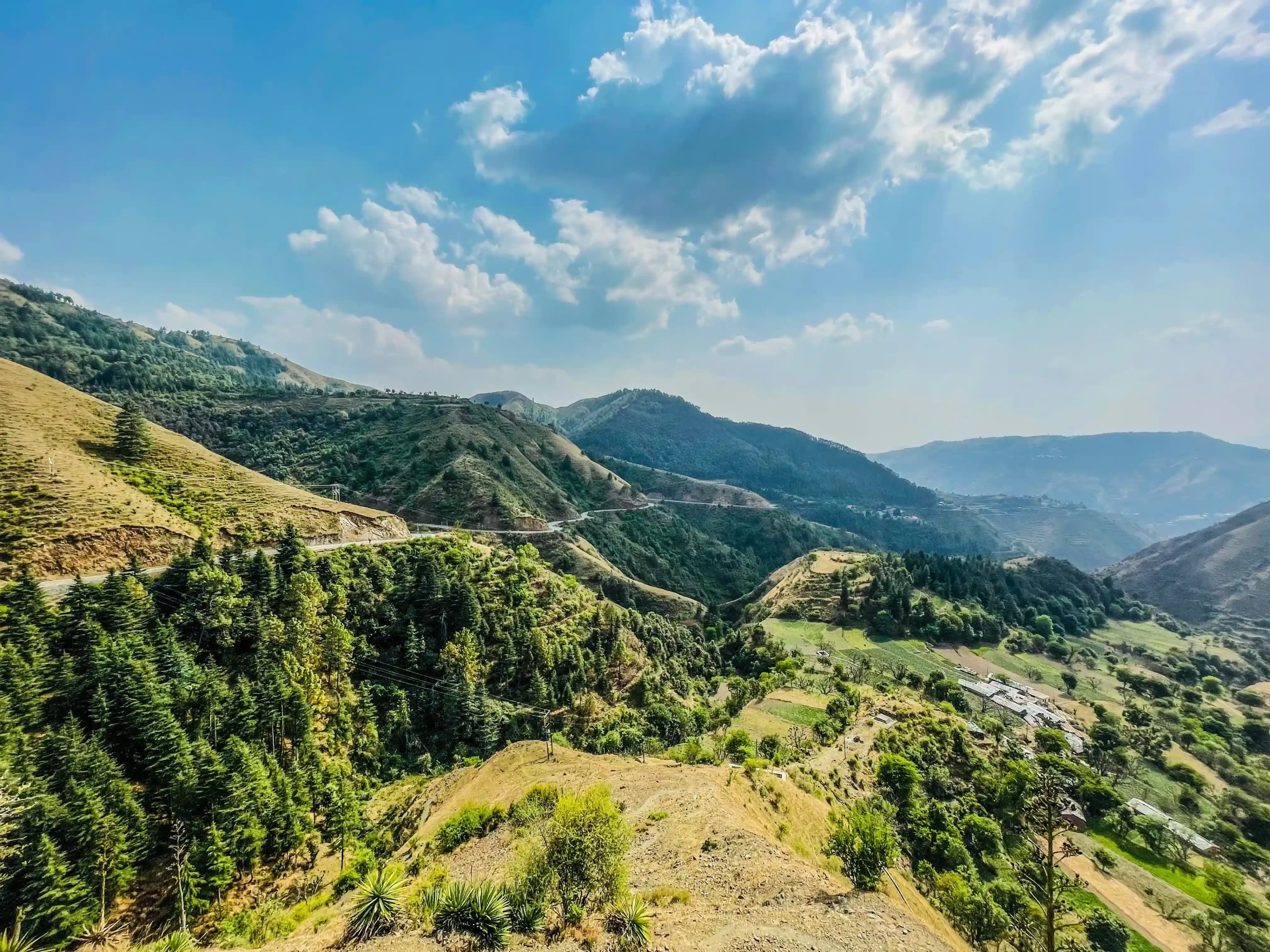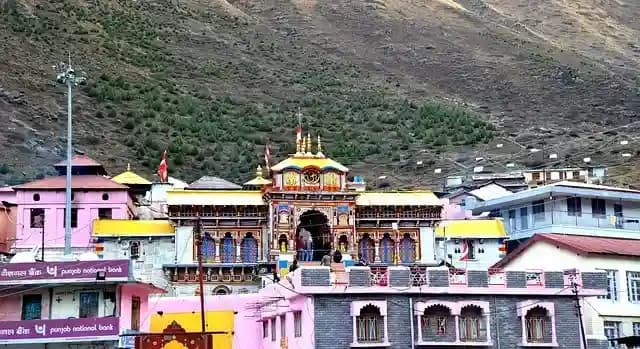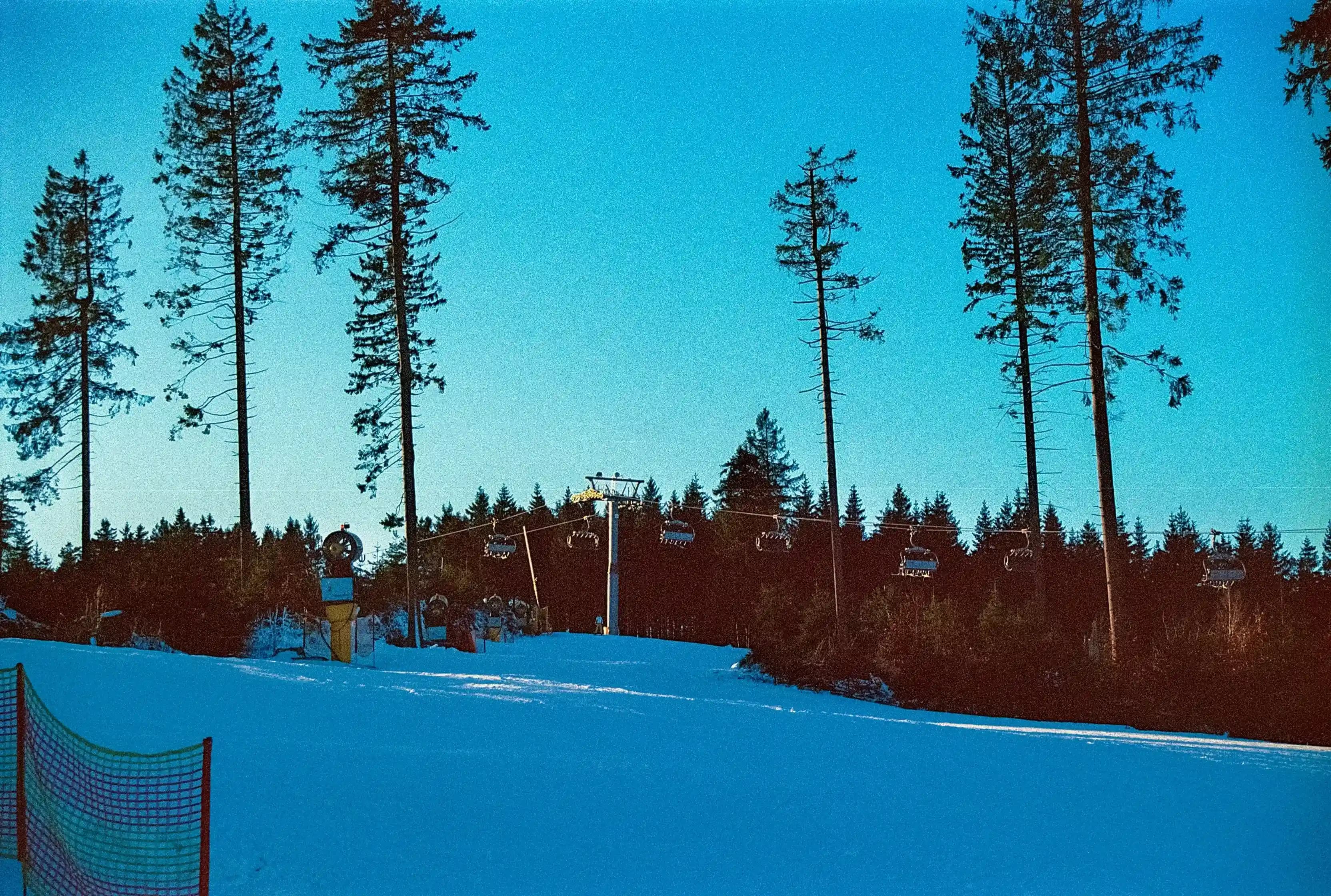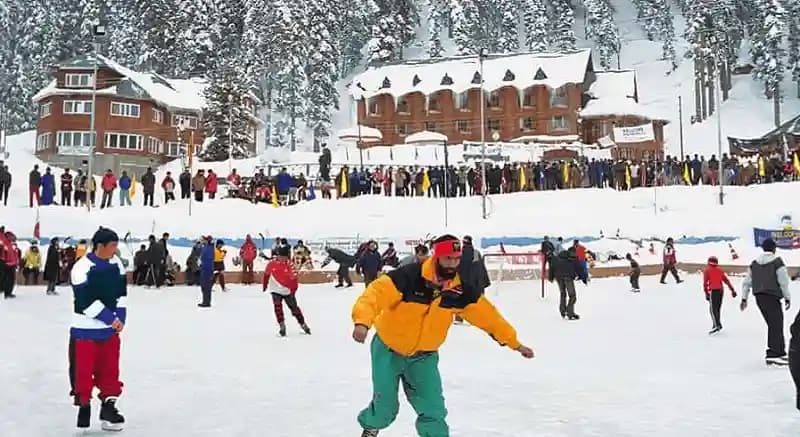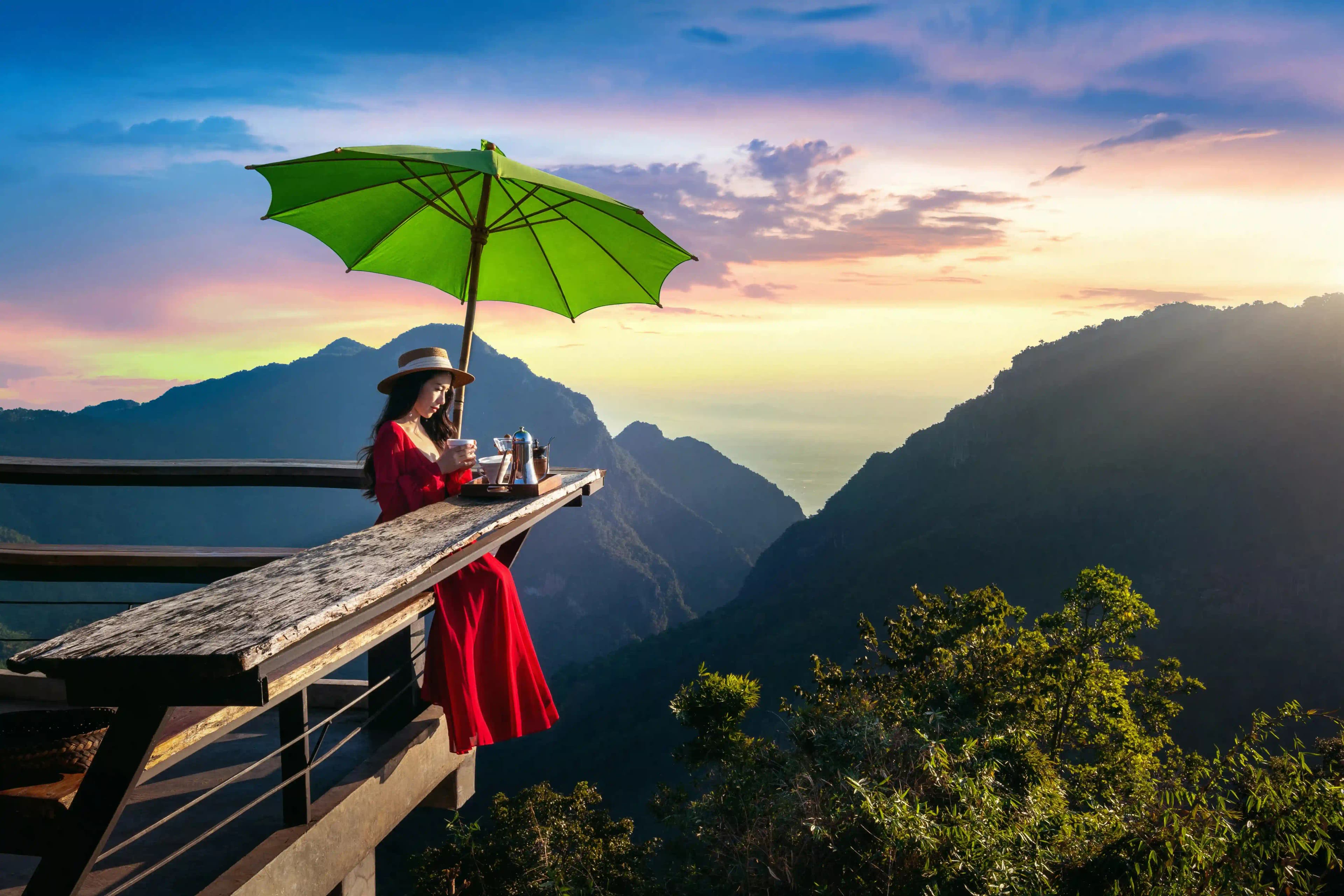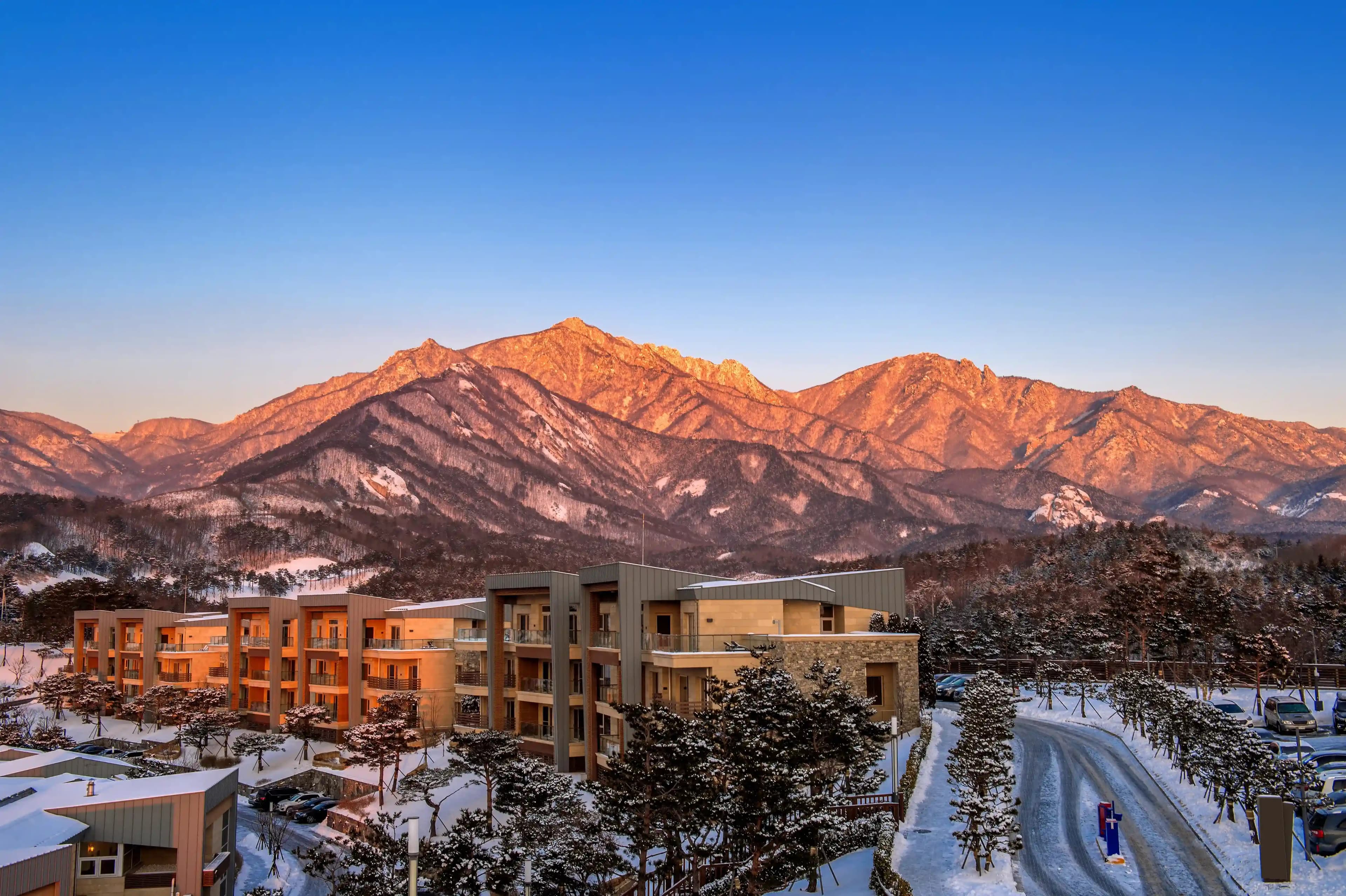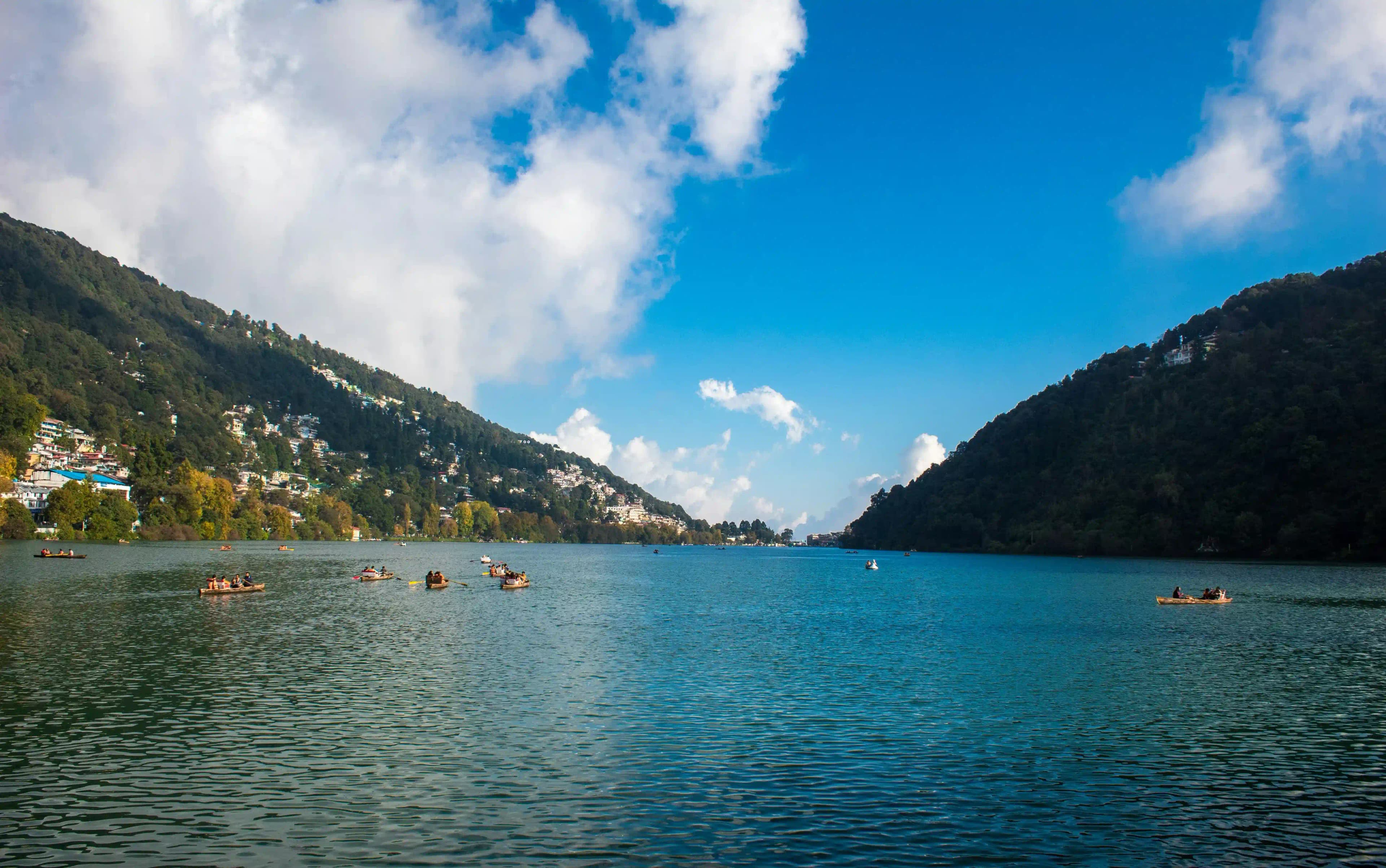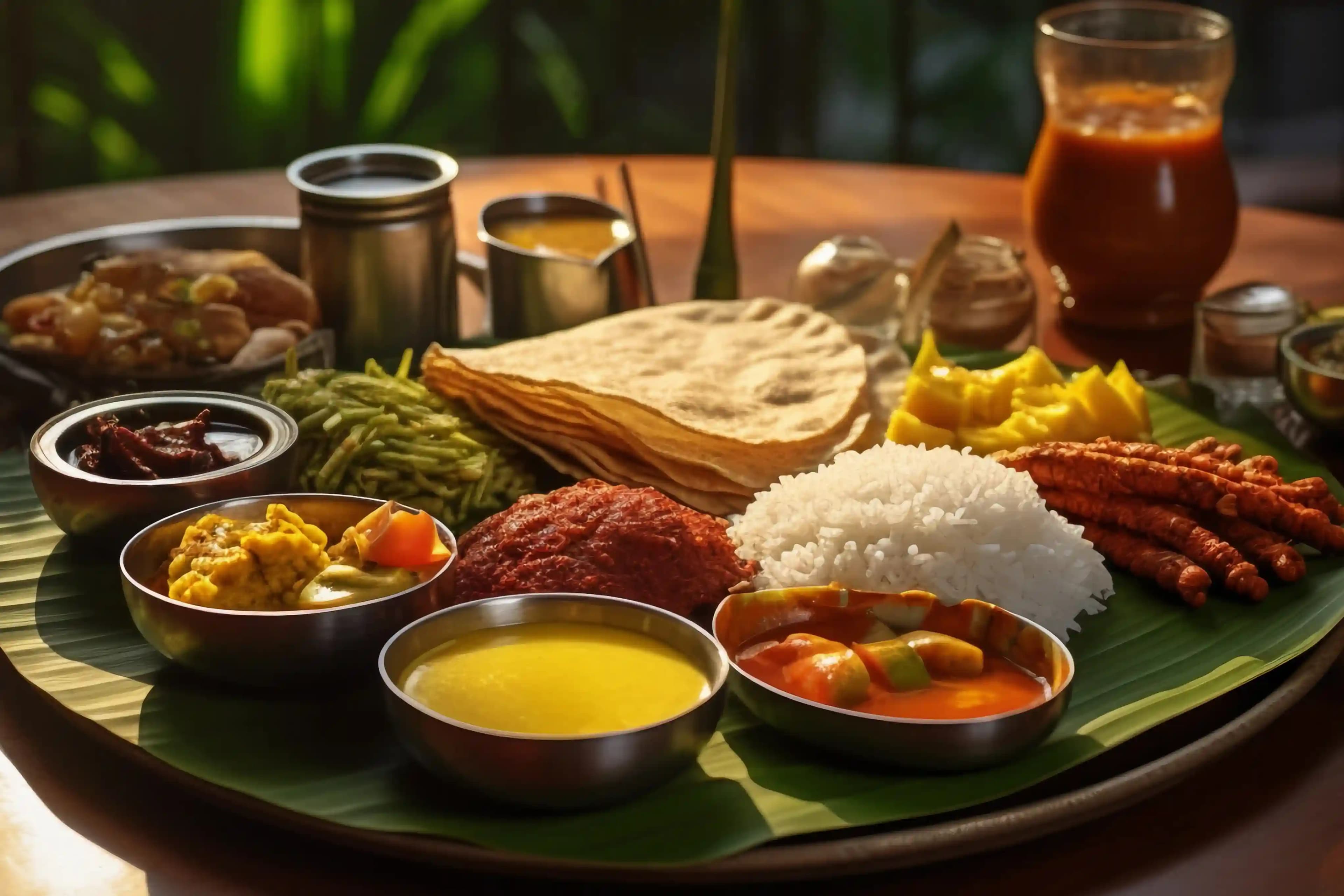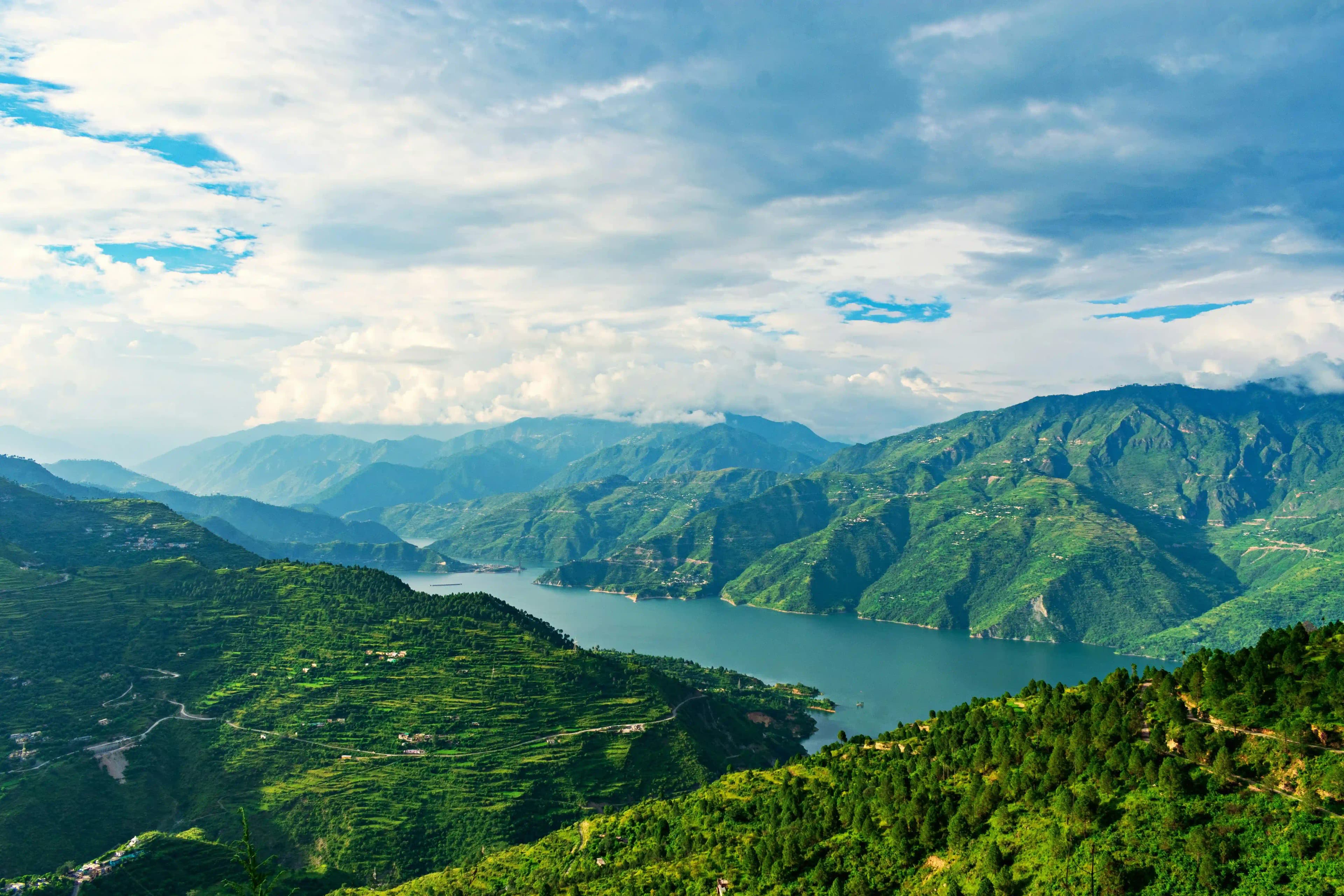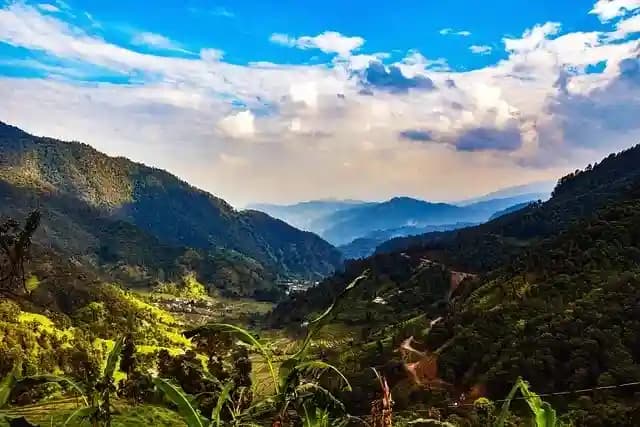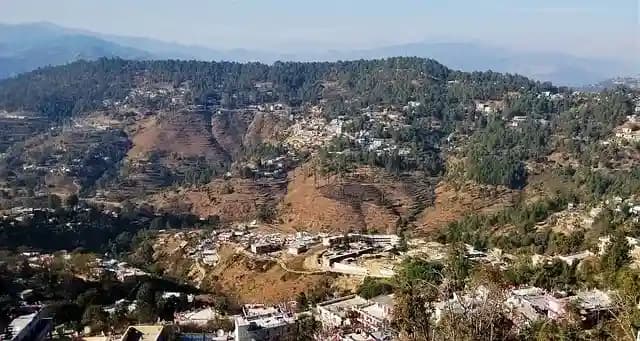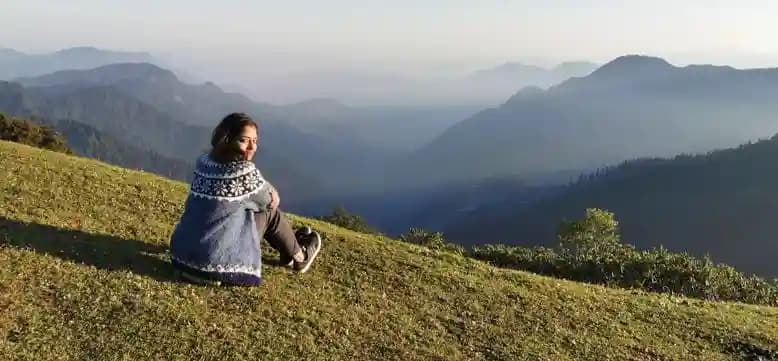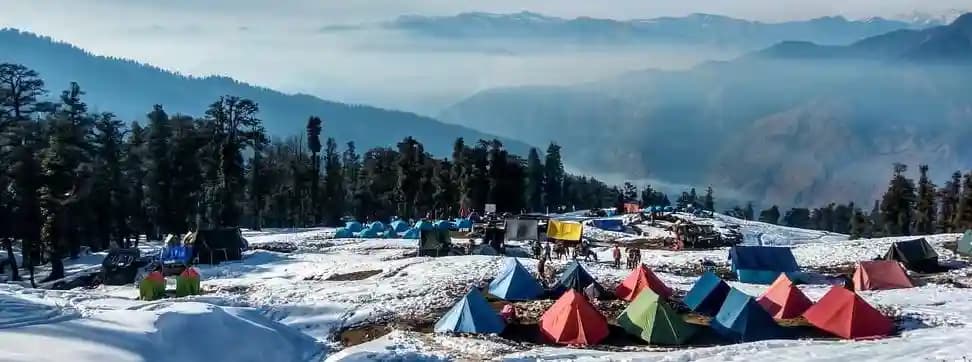Other than splendor beauty, outdoor adventures, and soul-searching journey, Uttarakhand which is notably known as dev bhoomi has a reputation for its holiest rivers. There are travelers who begin their self-discovery journey here, then comes travelers seeking an adrenaline rush. However, Uttarakhand draws a handsome number of travelers solely because it is home to a vast number of highly sacred rivers. You'll find tourists visiting dev bhoomi to pay homage to gods but you'll never see them leave before making a trip to the holiest rivers. It's part of the journey!
The rivers originate from the glaciers of Tibet, Nepal, and India, are said to have religious significance along with being vital to the state's and its people's cultural, economic, and environmental well-being. Because of their holy and spiritual qualities, Uttarakhand's rivers are acknowledged to be fortunate and energetic.
Without its rivers, Uttarakhand would have no existence at all! The rivers, which are considered as the backbone of the entire state, serve for many things including daily tasks, farming, and of course, religious ceremonies. In spite of meeting the auspicious requirements of Hindu devotees, Uttarakhand's rivers are well-known for creating Sangams, which are the points at which two rivers confluence. These sangams are known as prayags, and Uttarakhand counts as a spiritual and religious state because of its five primary prayags! These rivers are still revered today because they are very important in Hindu mythology. And so a trip to uttarakhand is only considered completed upon paying tribute to the holiest rivers of uttarakhand.
We bring you some of the most auspicious rivers that run across Uttarakhand's Indian Himalayas, from Tons in the west to Kali in the east!
11 Famous Rivers of Uttarakhand
- Alaknanda
- Bhagirathi
- Ganga
- Mandakini and Nandakini
- Gori and Kali Ganga
- Pindar
- Saryu
- Ramganga (Western and Eastern)
- Tons
- Yamuna
- Dhauliganga (Garwhal and Kumaon)
1. Alaknanda

Alaknanda, a Himalayan river, together with Bhagirathi, are recognized as the Ganga's parent stream. Both rivers originate from the Satopanth and Bhagirathi Kharak Glaciers. The 190 km long Alaknanda river passes through the districts of Pauri Garhwal, Rudraprayag, and Chamoli in the Garhwal division. It meets the Dhauliganga at Vishnuprayag, the Mandakini in Rudraprayag, the Bhagirathi in Devprayag, the Nandakini at Nandprayag, the Pindar at Karnaprayag, and finally the Ganga at Devprayag.
Given that it passes through the well-known village of Badrinath, the final stop on the Char Dham yatra, Alaknanda is regarded as one of the state's holiest rivers. The Alaknanda River is especially admired for its daring aspect, since its roaring rapids and pristine waters provide once-in-a-lifetime experiences. Devotees find this particular experience fortunate.
2. Bhagirathi

The Gangotri and Khatling glacier bases in Uttarakhand, Gaumukh, are the source of the Bhagirathi River. Bhagirathi is honored for crossing Gangotri, a desirable destination in Hindu tales, and is a part of the Char Dham Yatra.
Named after King Bhagiratha, who used meditation to send Ganga to Earth in order to make amends for his ancestors' crimes, Bhagirathi means "caused by Bhagiratha." The tributaries including the Asi Ganganear, Bhilangana, Jalandari, Kakora, Siyan, and Kedar Gangas join it. The river runs beside Kedarnath, a popular spot for pilgrims, where people make sure to take a dip in order to pay up for their sins.
3. Ganga

The Ganga, also called the Ganges, is known as one of the most sacred rivers in the world, both in India and beyond. It begins at the meeting point of the Alaknanda and Bhagirathi and flows out of Uttarakhand into the Haridwar plains. The 2,510-kilometer river empties into the Bay of Bengal's Sunderban delta.
Another river that is full of legends is the Ganga. Historically significant as a river, its banks have hosted the capitals of several cultures dating back to ancient India. Ganga has also represented righteousness, cleanliness, spirituality, and devotion. It is considered holy as a goddess in Hindu mythology (the one who takes on all sins), drawing millions of visitors to its banks each year.
The Ganga, also called Vishnupadi because of the legends that say it flowed from Lord Vishnu's feet, is used for funerals as well as bathing to wash away sins, and its banks are the site of the much-loved Kumbh Mela.
4. Mandakini and Nandakini

Mandakini flows into Alaknanda in Rudraprayag after originating from the Chorabari glacier near Kedarnath. Before this, it merged with the Madhyamaheshwar Ganga near Ukhimath and the Kali Ganga near the Kalimath temple. It mostly passes through the state's Garhwal district. The Hindu text Bhagwat Geeta mentions the river as being holy and pious. Typically, the term means "the river of the air or heaven."
Millions of people worship Kedarnath as they pass by, providing spiritual benefits to everyone! Although it barely runs for 72 kilometers, during the monsoon season it becomes incredibly furious and fierce, swallowing up nearby settlements and highways.
5. Gori and Kali Ganga

The Milam glacier is the source of the Gori Ganga, also called Ghori Ganga, which travels 104 kilometers until joining the Kali Ganga at Jauljibi. It originates from the Nanda Devi National Park's eastern border and flows through Pithoragarh district. The 3,600-meter-high Kali Ganga originates in Lipmpiya Dhura and empties into the Ghagra River in Uttar Pradesh. At Tawaghat, the Dhauliganga River also joins it. At Tanakpur, the Kali Ganga transforms into the Sharda River when it enters the plains. Because it has four-level whitewater rapids, rafters from all across India come here! A fun-filled place for all the river rafters out there!
6. Pindar

The Pindar River, also called the Pindari River, flows from the Pindari glacier in the Uttarakhand district of Bagheshwar. It passes through tiny towns including Manmatti, Dewalo, Bhagori, and Nauti over its 105 kilometer course. At Karnaprayag, it ultimately combines with Alaknanda.
7. Saryu

Sarmool is the source of Saryu, or Sarju, a Himalayan river that flows through the Kumaon area. It travels 146 kilometers before meeting the Mahakali River in Pancheshwar. The Gomti River meets it at Bageshwar. The Bagnath temple can be found near the famous meeting of these two rivers. A few towns on the Saryu River's bank are Sodhra, Gwara, Song, Kapkot, and Rameshwar. The three well-known ghats on this river are Bhuni, Sup, and Khati.
8. Ramganga (Western and Eastern)

In the Uttarakhand district of Pauri Garhwal, the Dhudhatoli hills are the source of the western Ramganga river. It runs across the valleys and Jim Corbett National Park for a length of 155 kilometers. It travels through Masi, Bhagoti, and Taal in the Kumaon region of Uttarakhand. It flows into the Uttar Pradesh cities of Moradabad, Bareilly, and Shahjahanpur before joining the Ganga in the Fatehgarh area close to Kannauj. Ramganga is particularly well-known for the dam that was constructed in the district where it was born, the Ramganga Dam (sometimes called the Kalagarh Dam). The eastern Ramganga passes through the cities of Didihat, Gangolghati, and Narayan Ashram, leaving the area along its bank extremely fertile.
9. Tons

The Tons, an important Himalayan river, originates from the melting waters of the Bandar poonch mountain. It is the biggest tributary of the Yamuna, traveling 148 kilometers to meet the main river near Dehradun at Dak Pathar. Compared to the Yamuna, it flows more heavily. The Rupin and Supin rivers, which meet in Himachal Pradesh's Har Ki Dun Valley and the tiny village of Naitwar, respectively, are the primary sources of the Tons River. The river is extremely mesmerizing and pure. The cherry on the top; its an ideal destination for river rafters.
10. Yamuna

The Yamuna is a very famous river in Northern India, and it has equal significance to Ganga in Hindu mythology. Yamuna enters the plains after passing through the Shivalik and Lower Himalaya peaks, where it flows from the 6,387-meter-high Yamunotri glacier. The Char Dham yatra includes Yamunotri as well. It flows through the Garhwal area and out of Uttarakhand at Dhalipur.
The greatest tributary of the Yamuna, Tons, rises at the base of the Har Ki Dun valley. The Yamuna is India's longest tributary, and the Ganga's second longest until they meet at Triveni Sangam. At Allahabad, the Ganga, Yamuna, and Invisible Saraswati rivers converge to form Triveni Sangam. The sangam is considered holy and people travel miles to witness the auspicious moment.
11. Dhauliganga (Garwhal and Kumaon)

Dhauliganga, one of the Ganga's six source streams, flows 94 kilometers before joining the Alaknanda at Vishnuprayag. Deovan Himani gave birth to Dhauliganga in the Garhwal district. At the Niti Pass in the Chamoli area, it reaches a height of 5,070 meters. Situated on the banks of Dhauliganga lies Tapovan, a well-known hot spring destination. On the Dhauliganga, three hydro projects—Lata Tapovan, Maleri Jhelum, and Jhelum Tamak—are to be built. They are all situated in the Chamoli area. It's just as beautiful as all the other mentioned rivers.
Conclusion
In conclusion, experiencing Kedarnath's has been a spectacular adventure full of peace and beauty. Every river in this holy region has its own unique appeal and importance, from the towering Mandakini to the pure Ganga. We are fortunate to have seen firsthand the coexistence of spirituality and environment, which these rivers represent. Every visitor's heart is forever changed by Kedarnath's rivers, whether they are gazing at their glistening clear waters or just relaxing by their banks in peaceful contemplation. So let's leave this magical place with more than just fond memories in mind—let's go with a deep admiration for the rivers that run through its valleys and feed the spirit as much as the soil.
